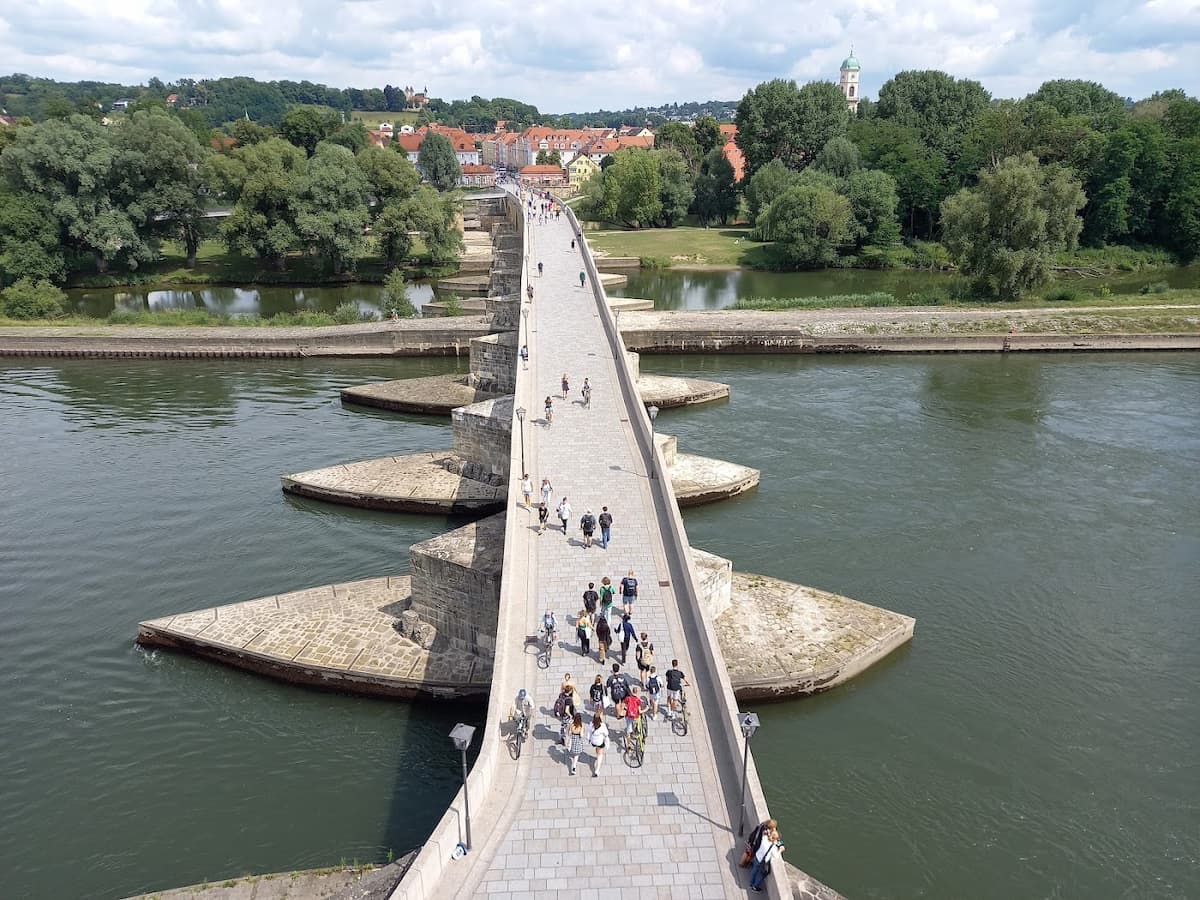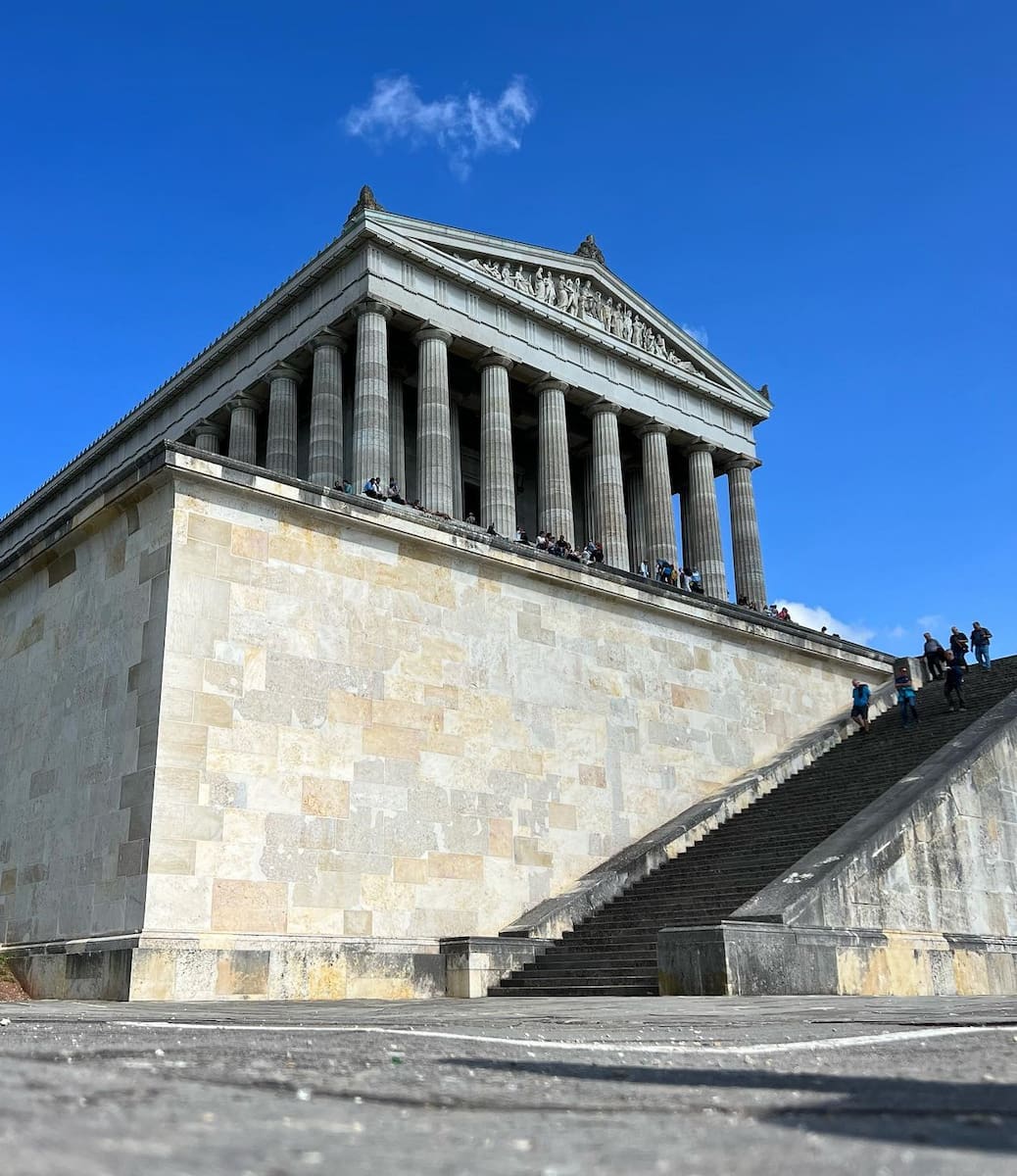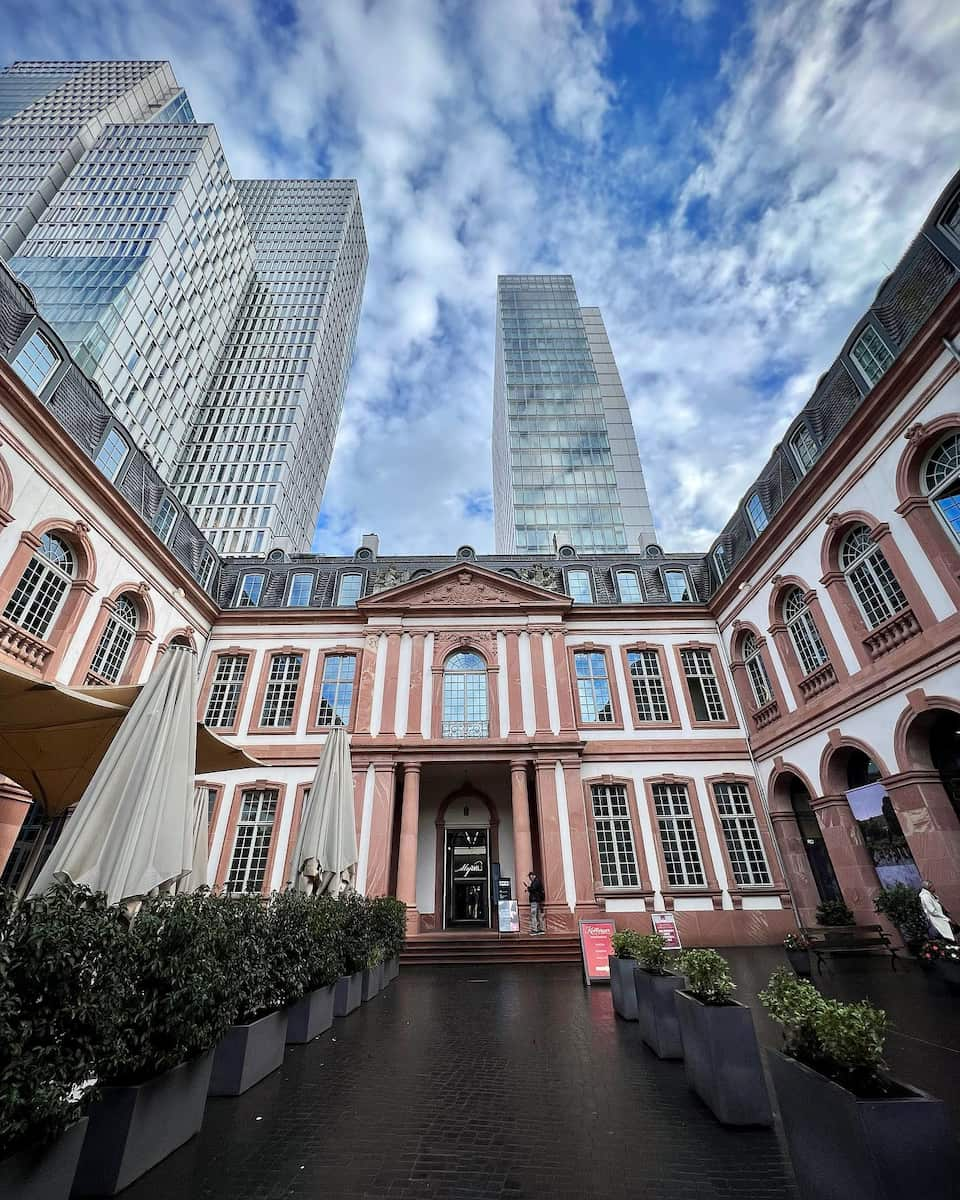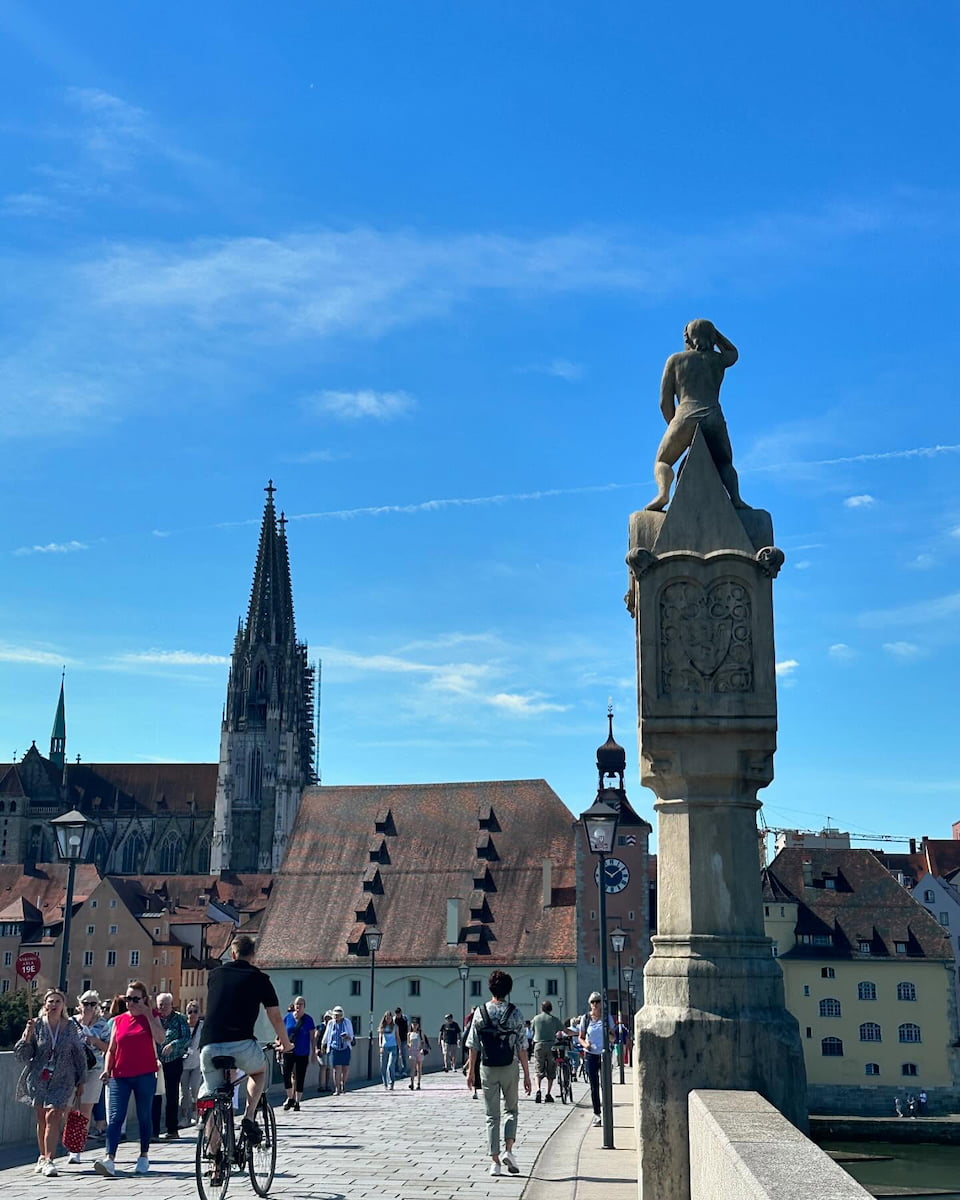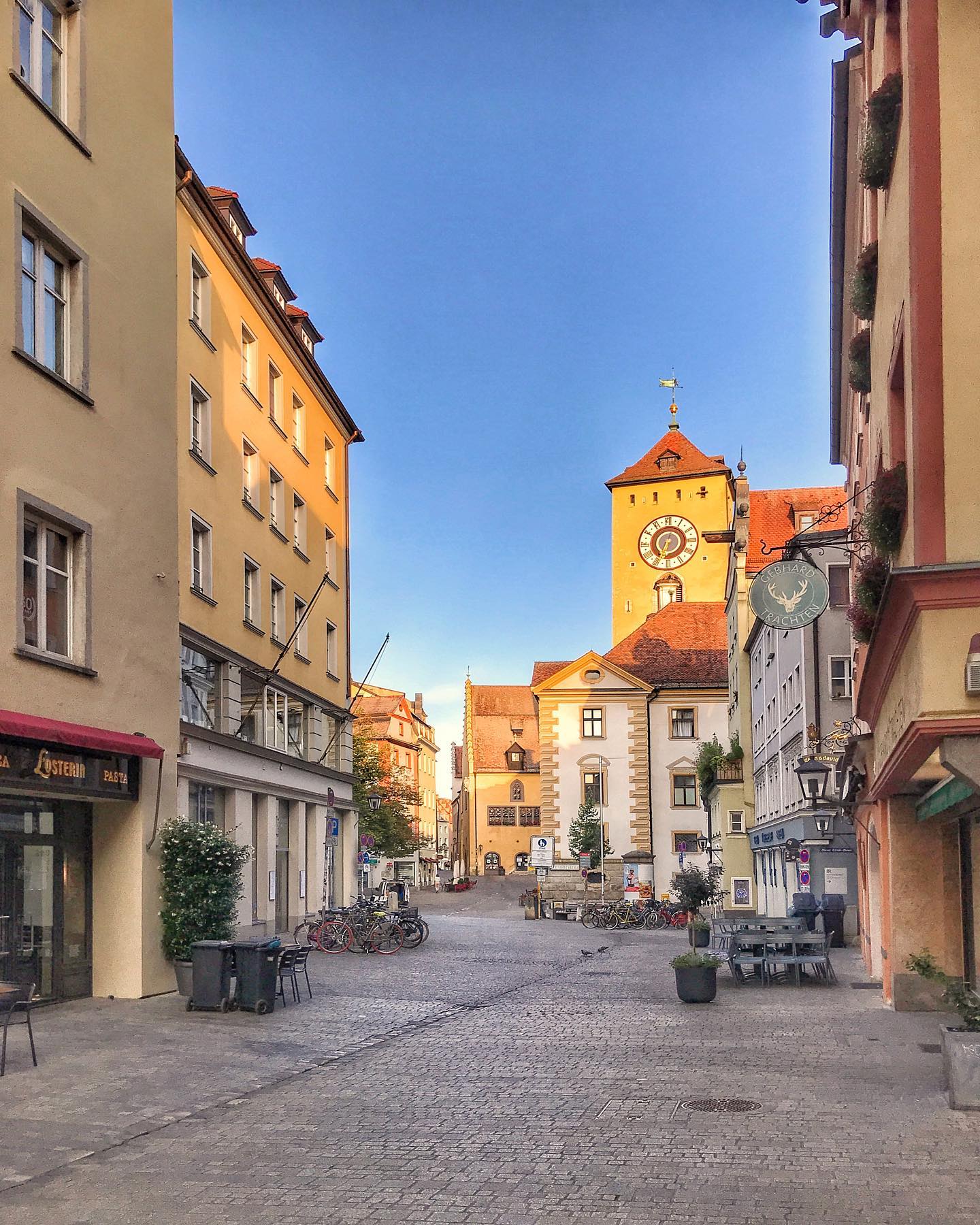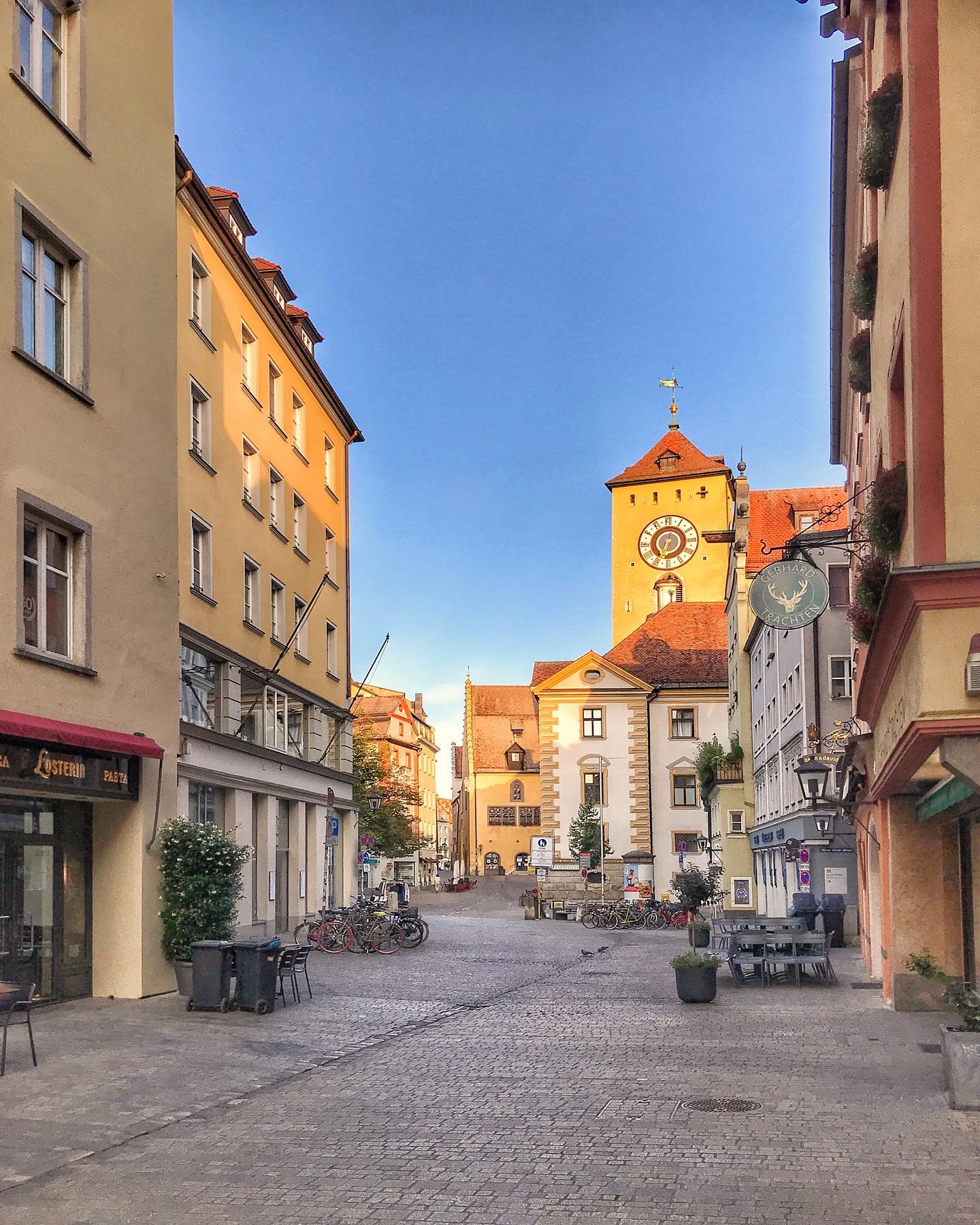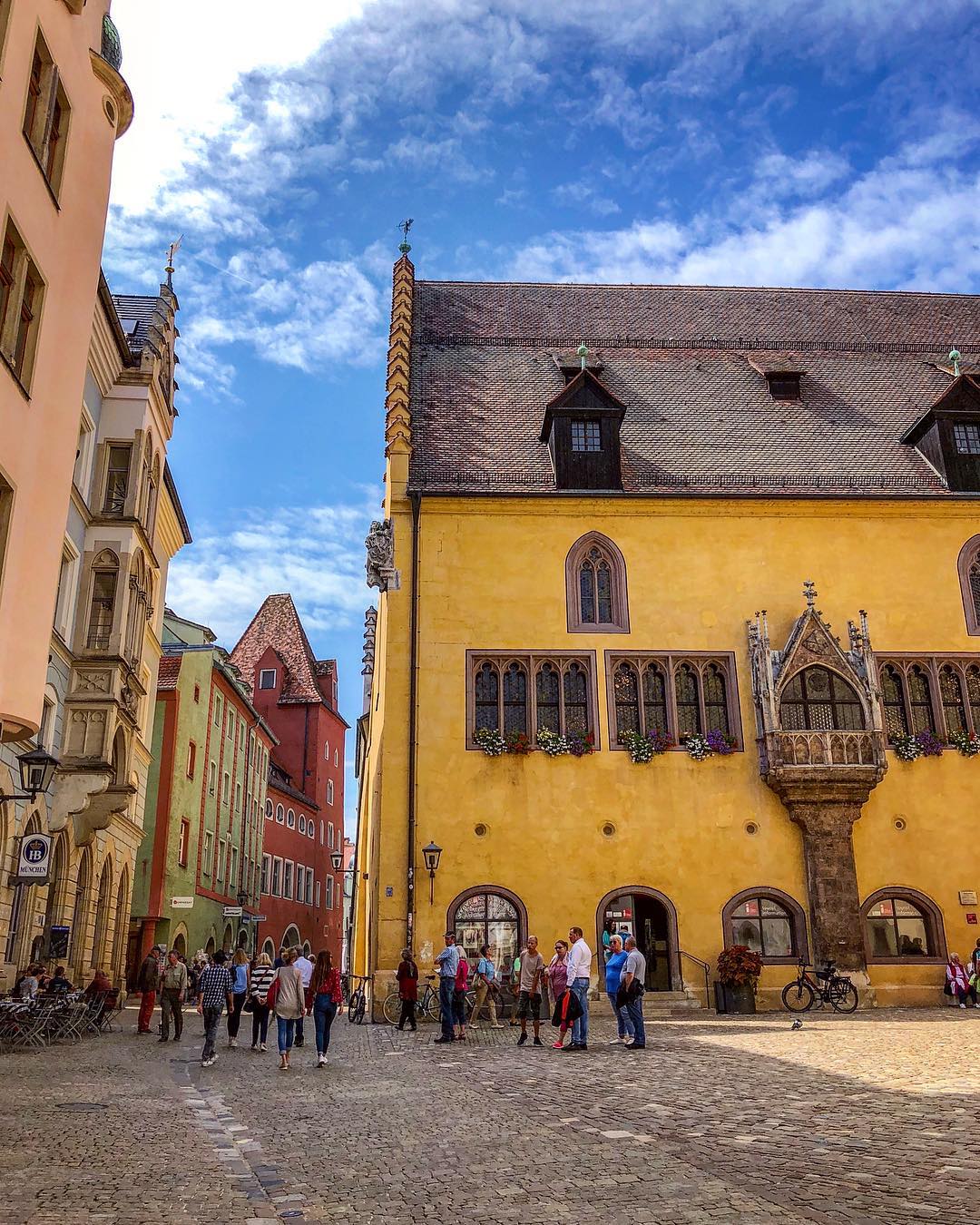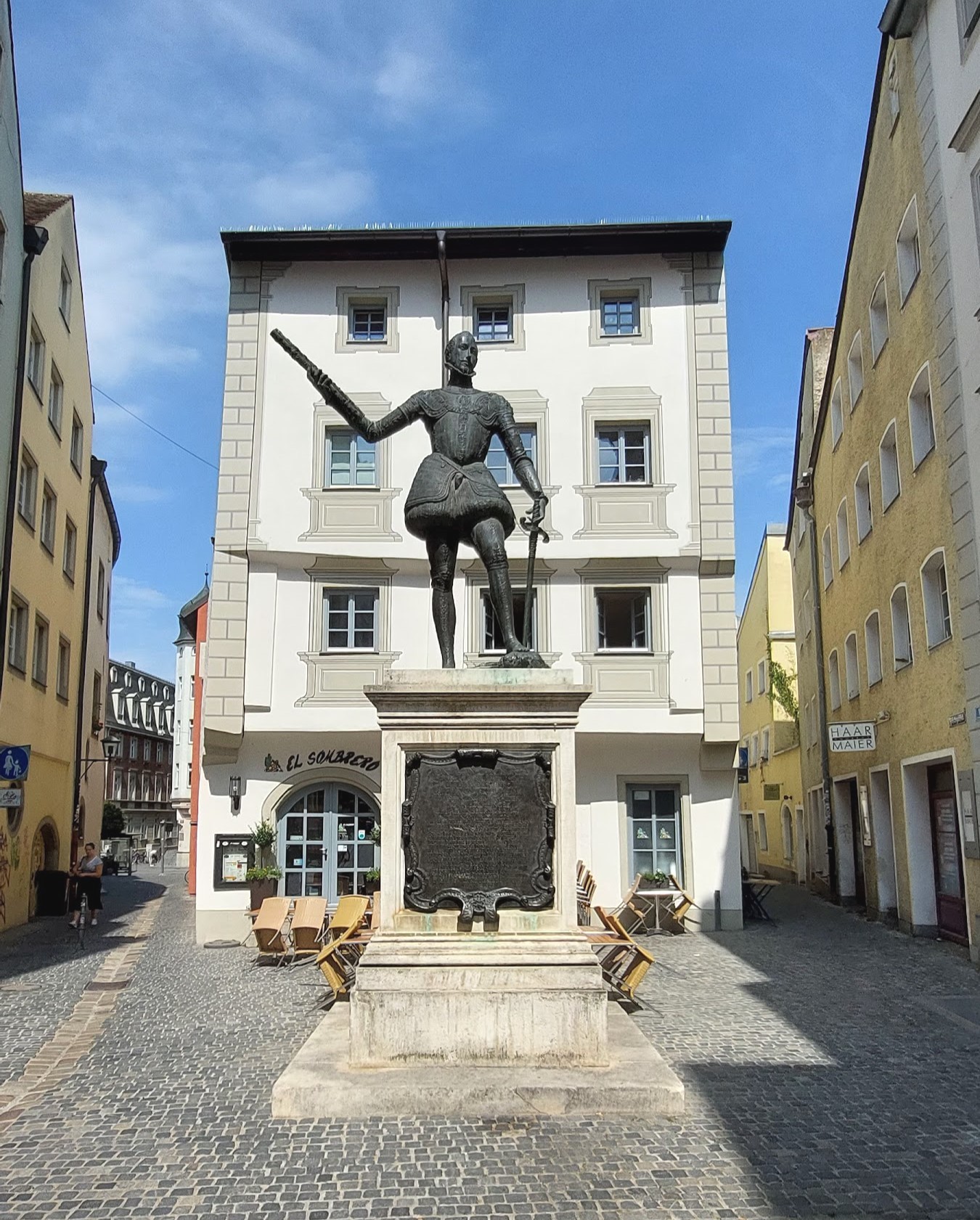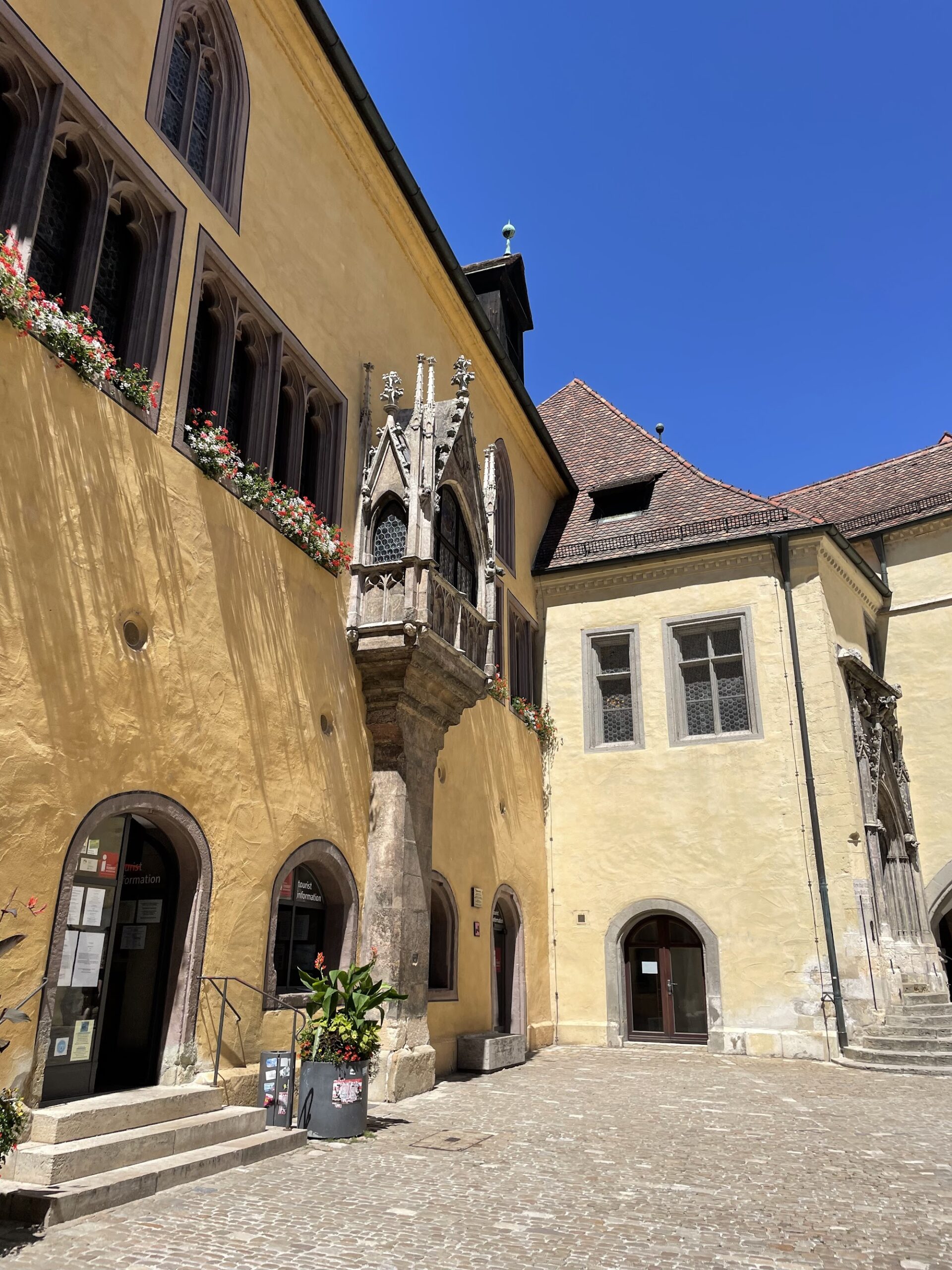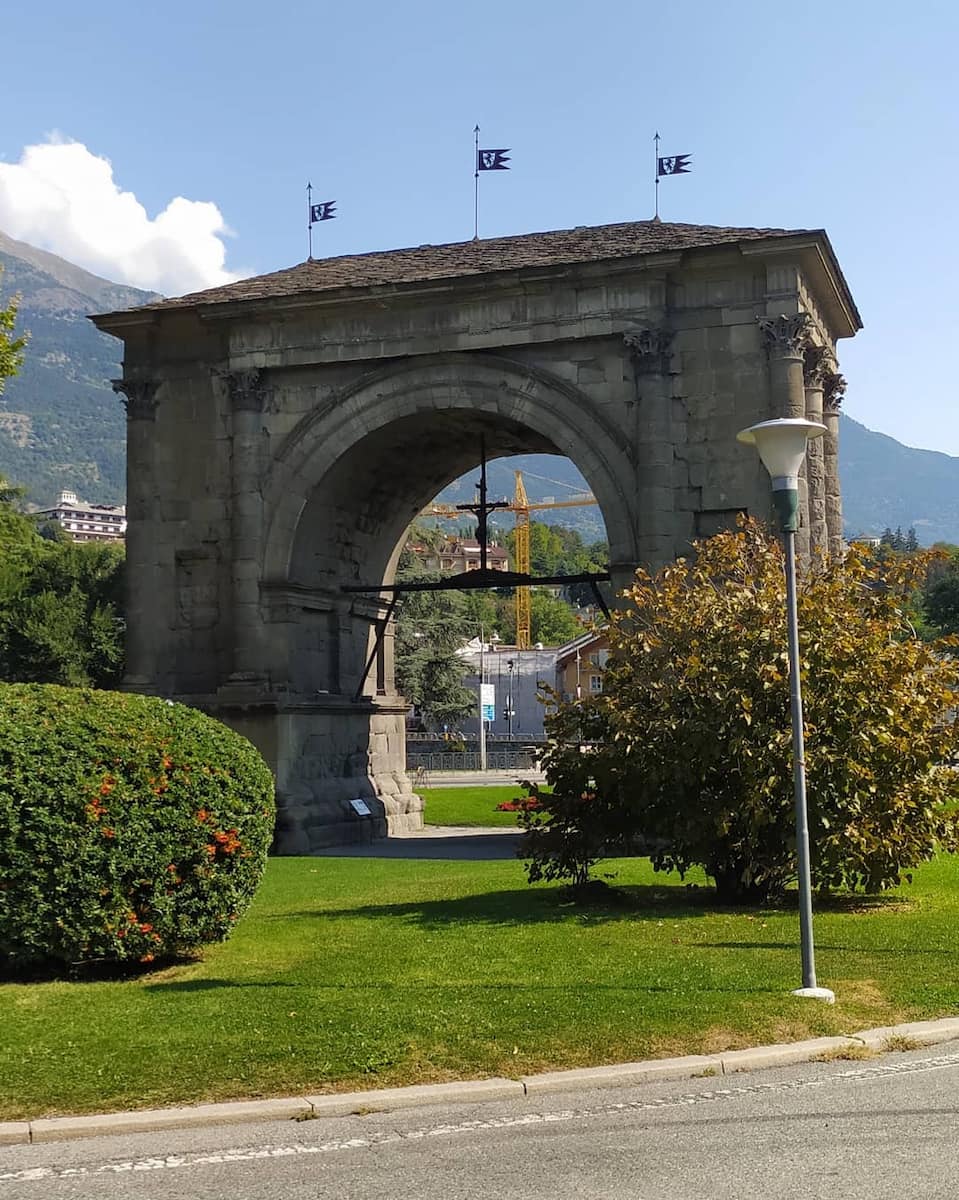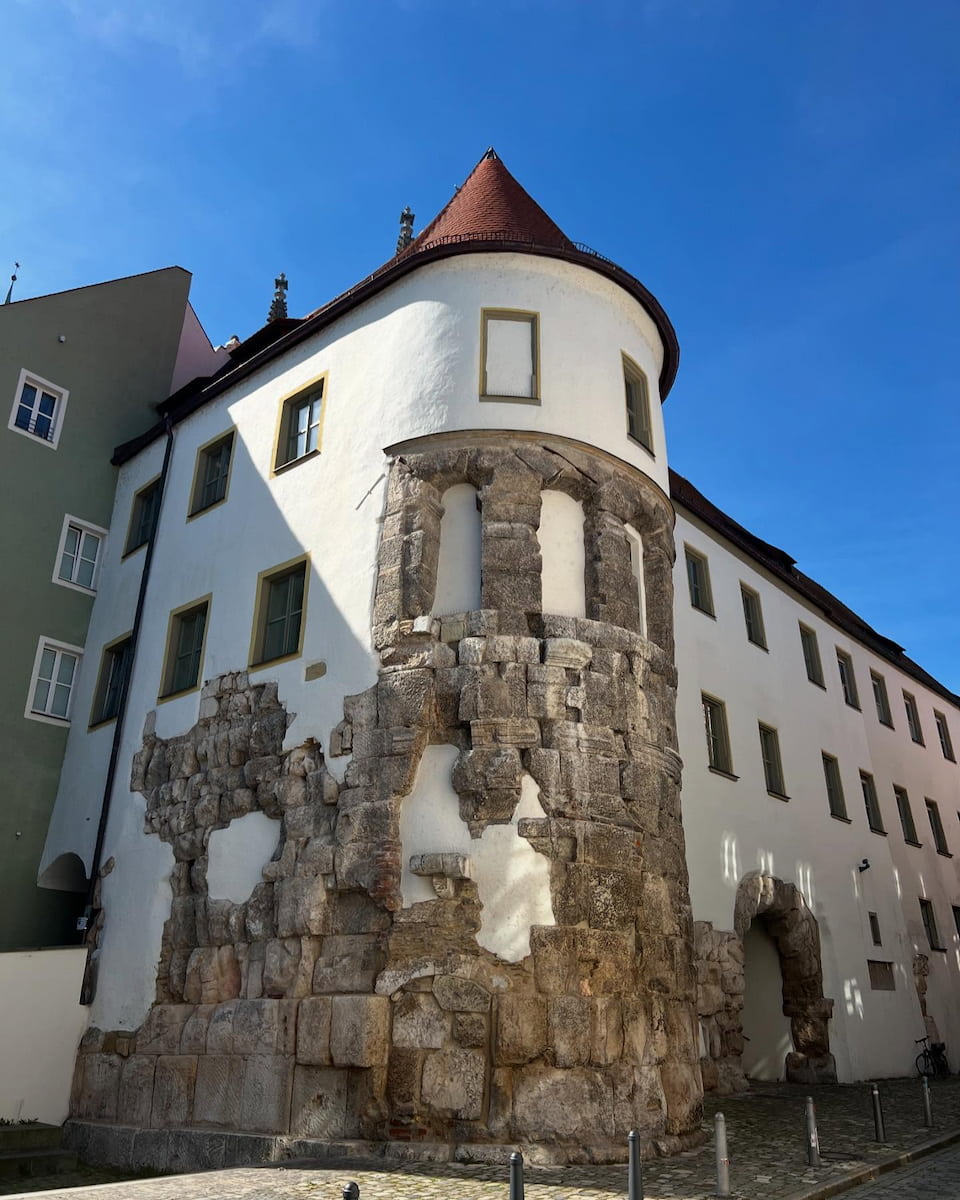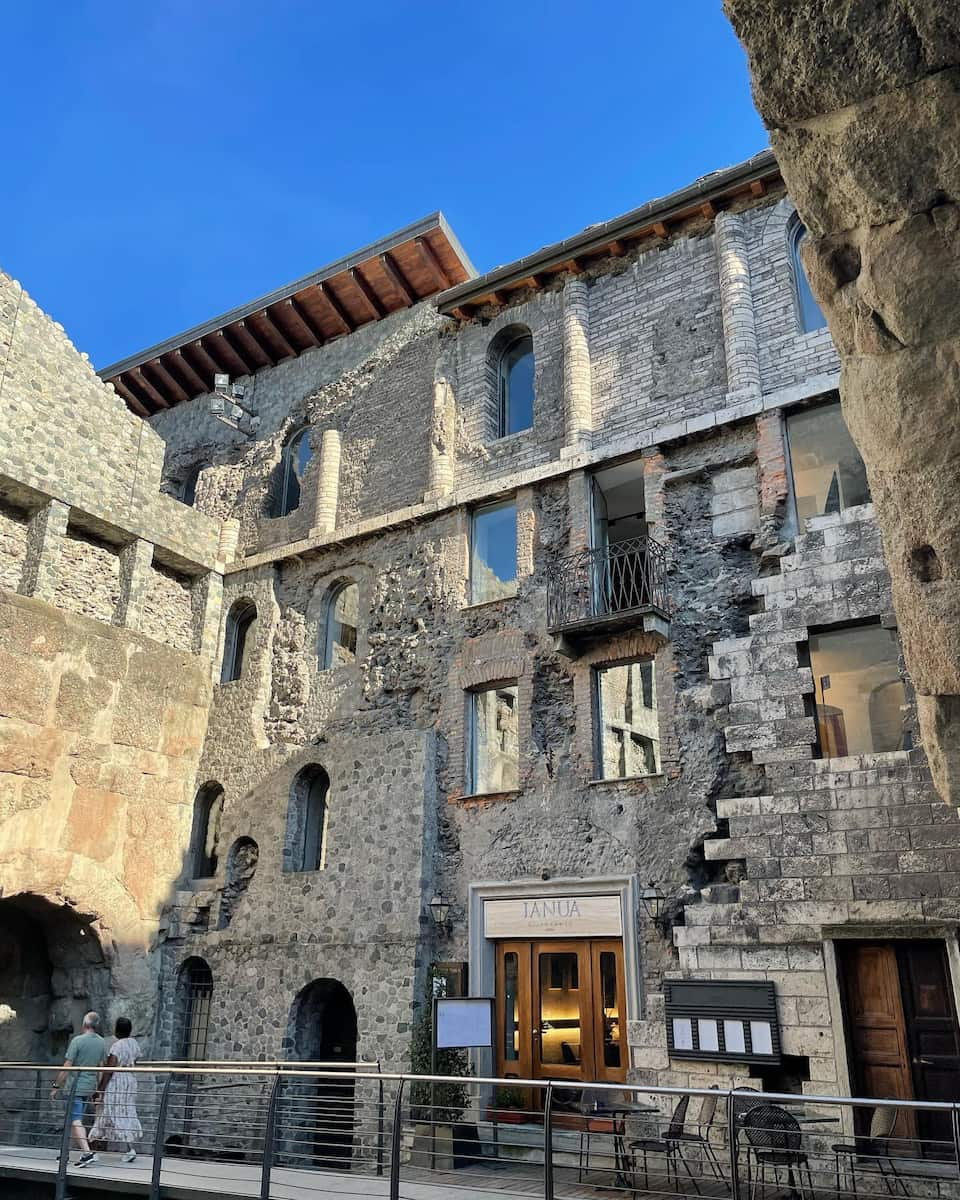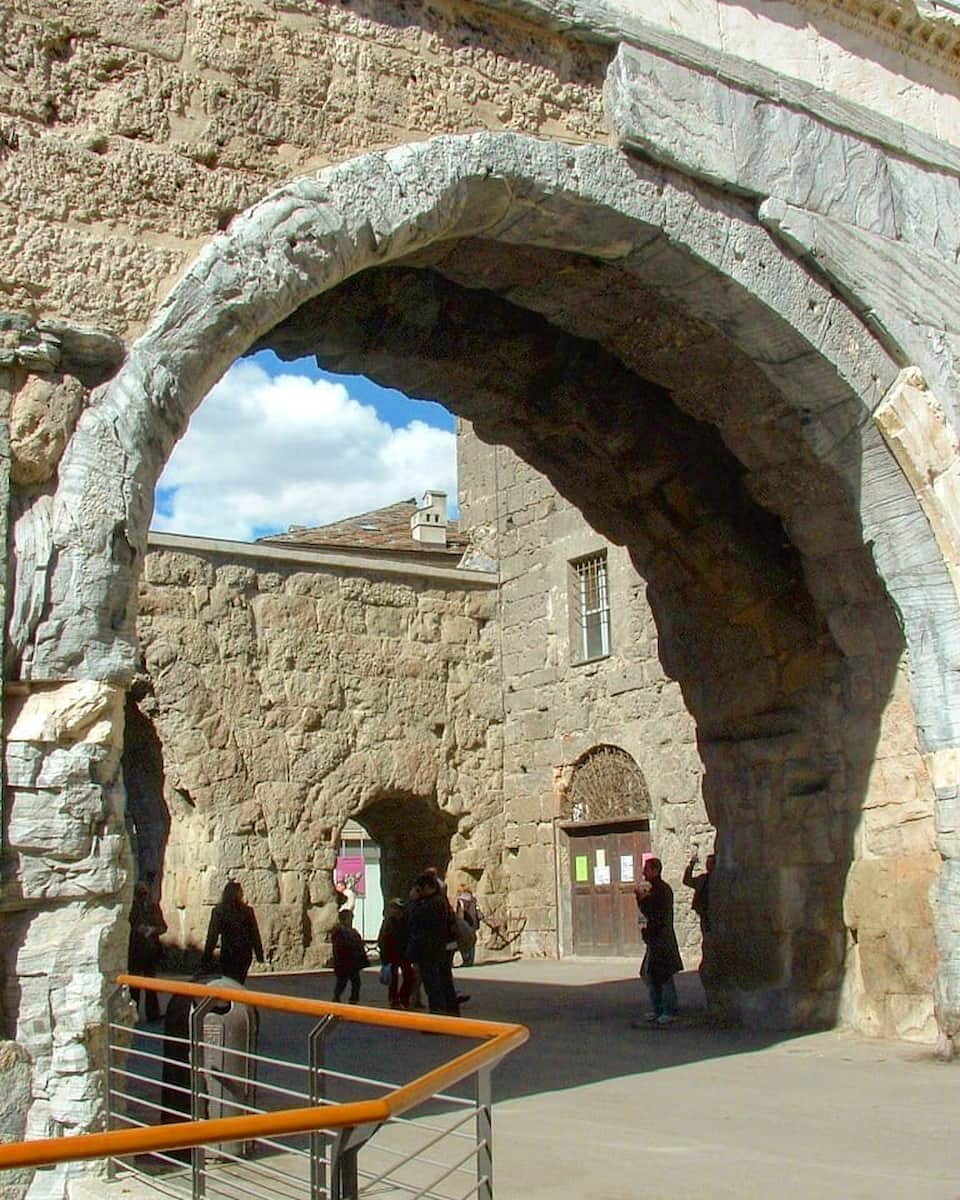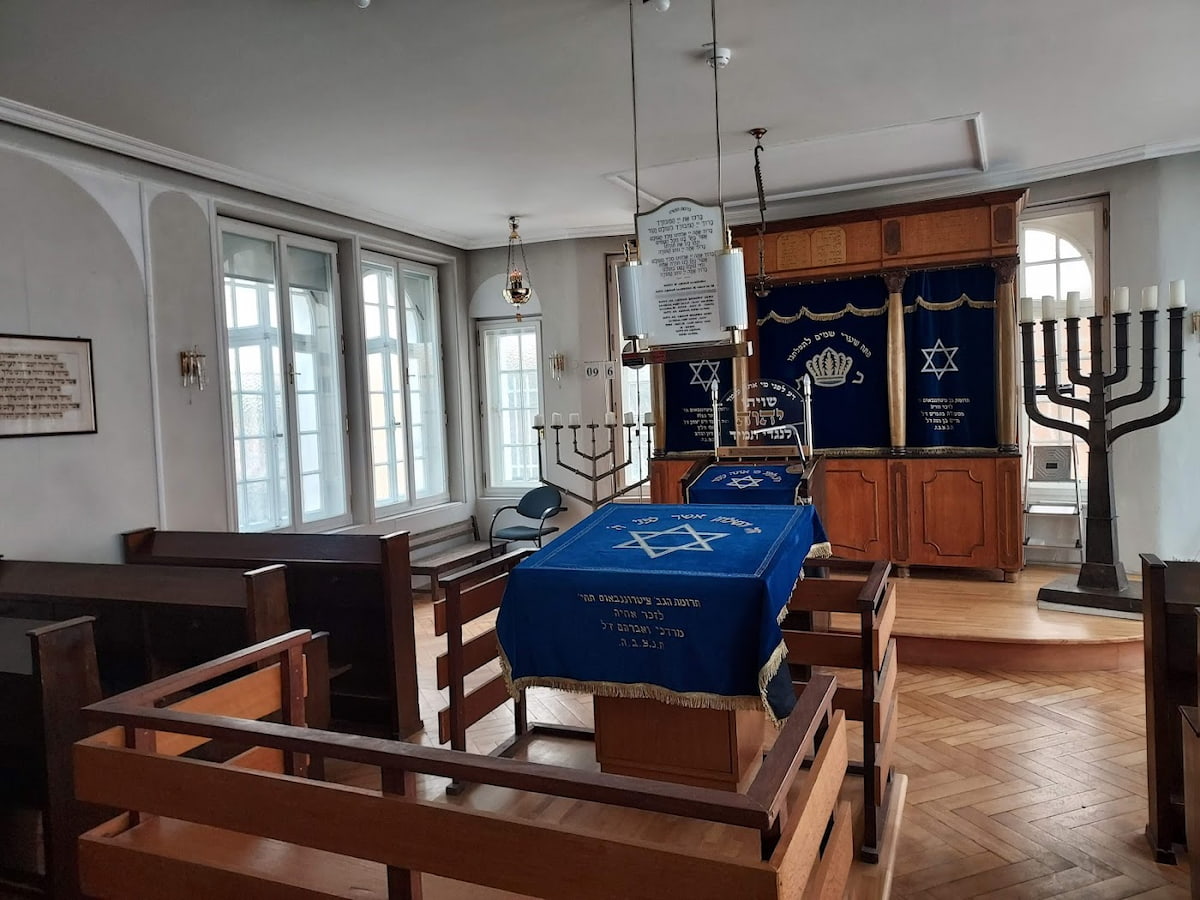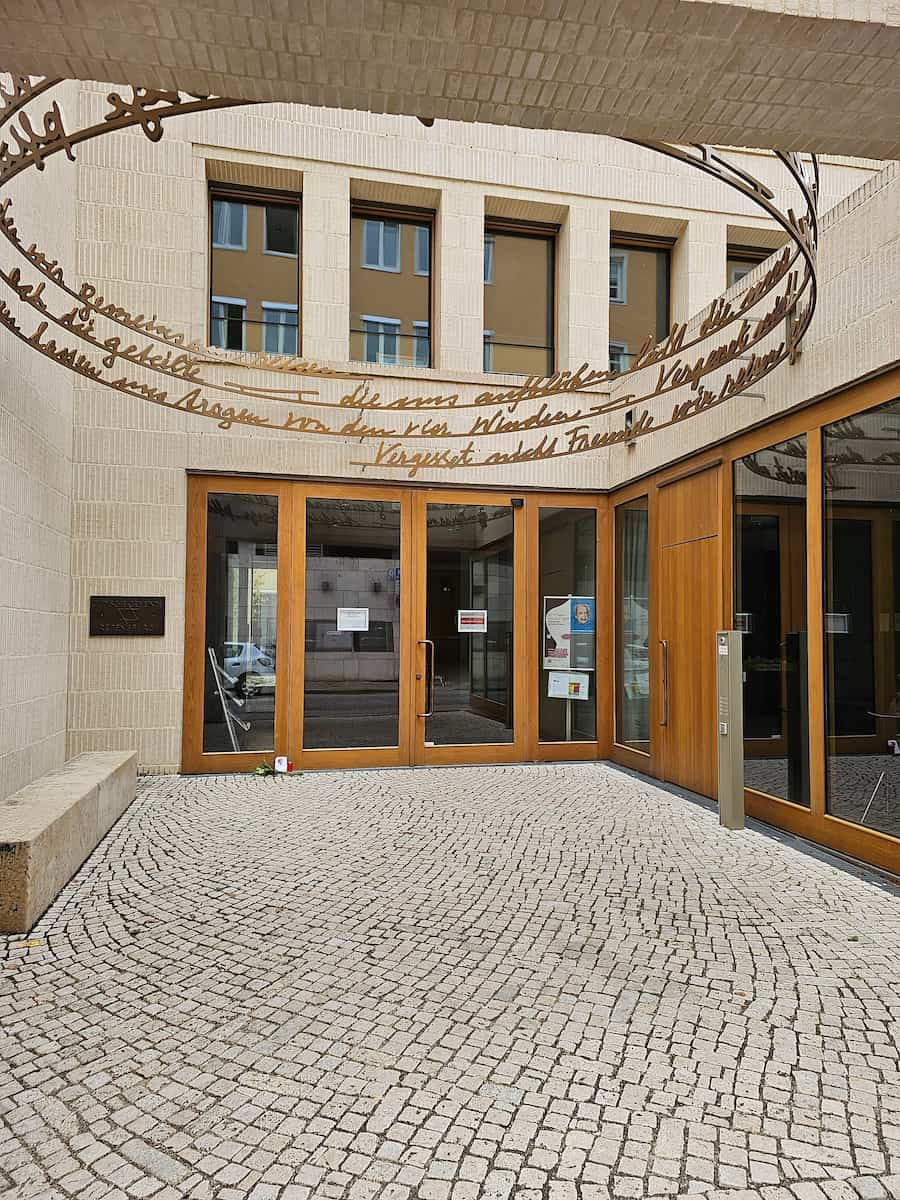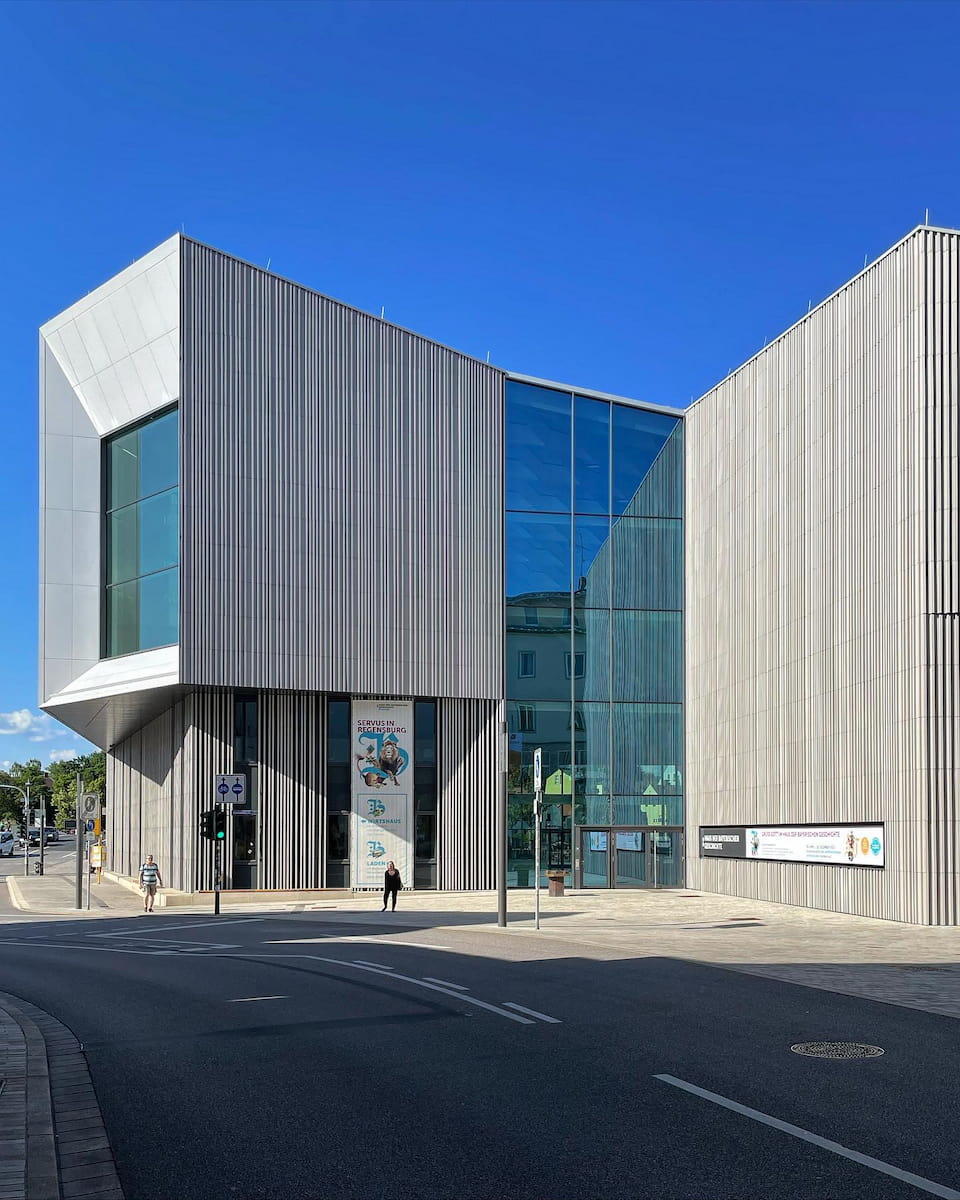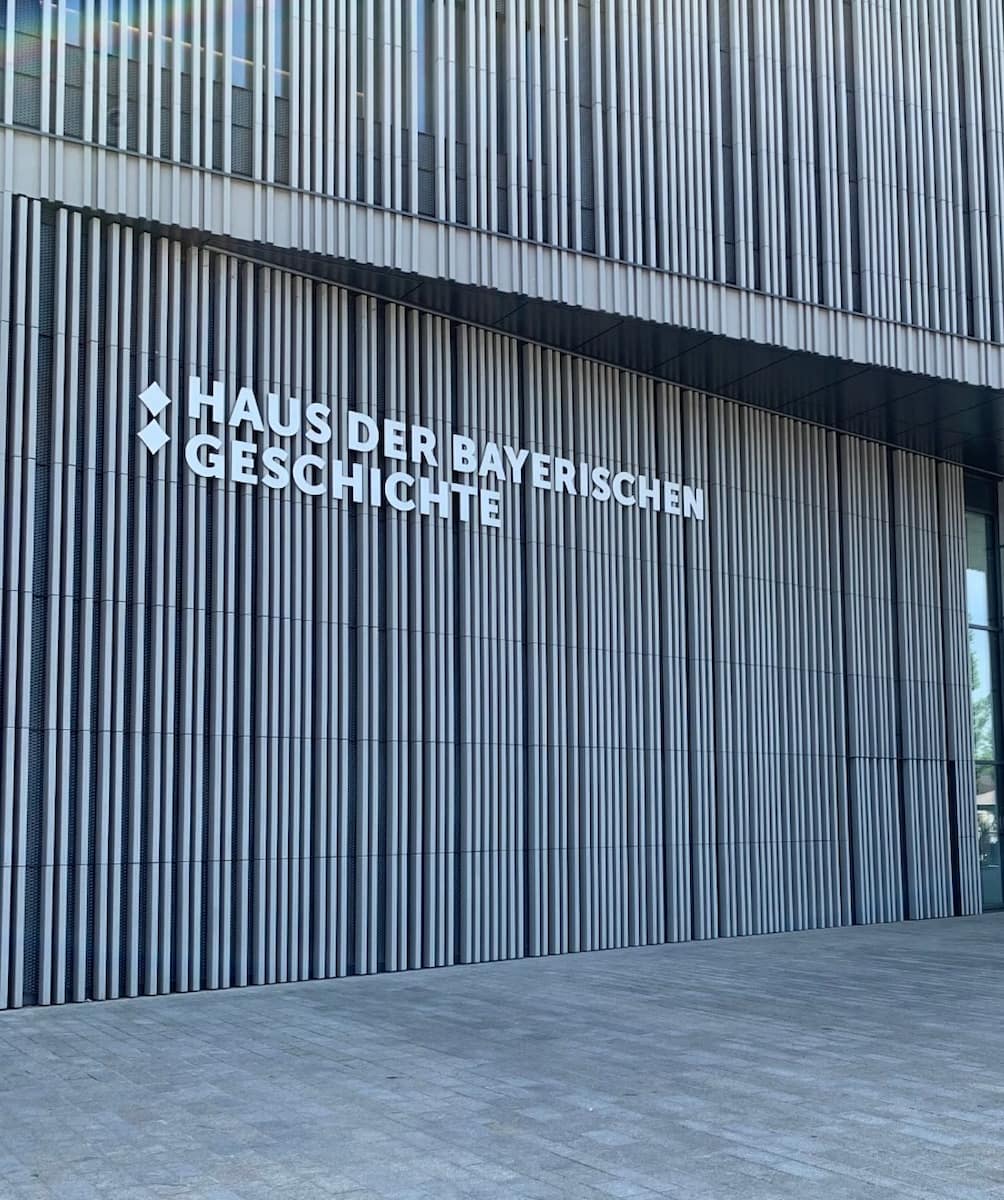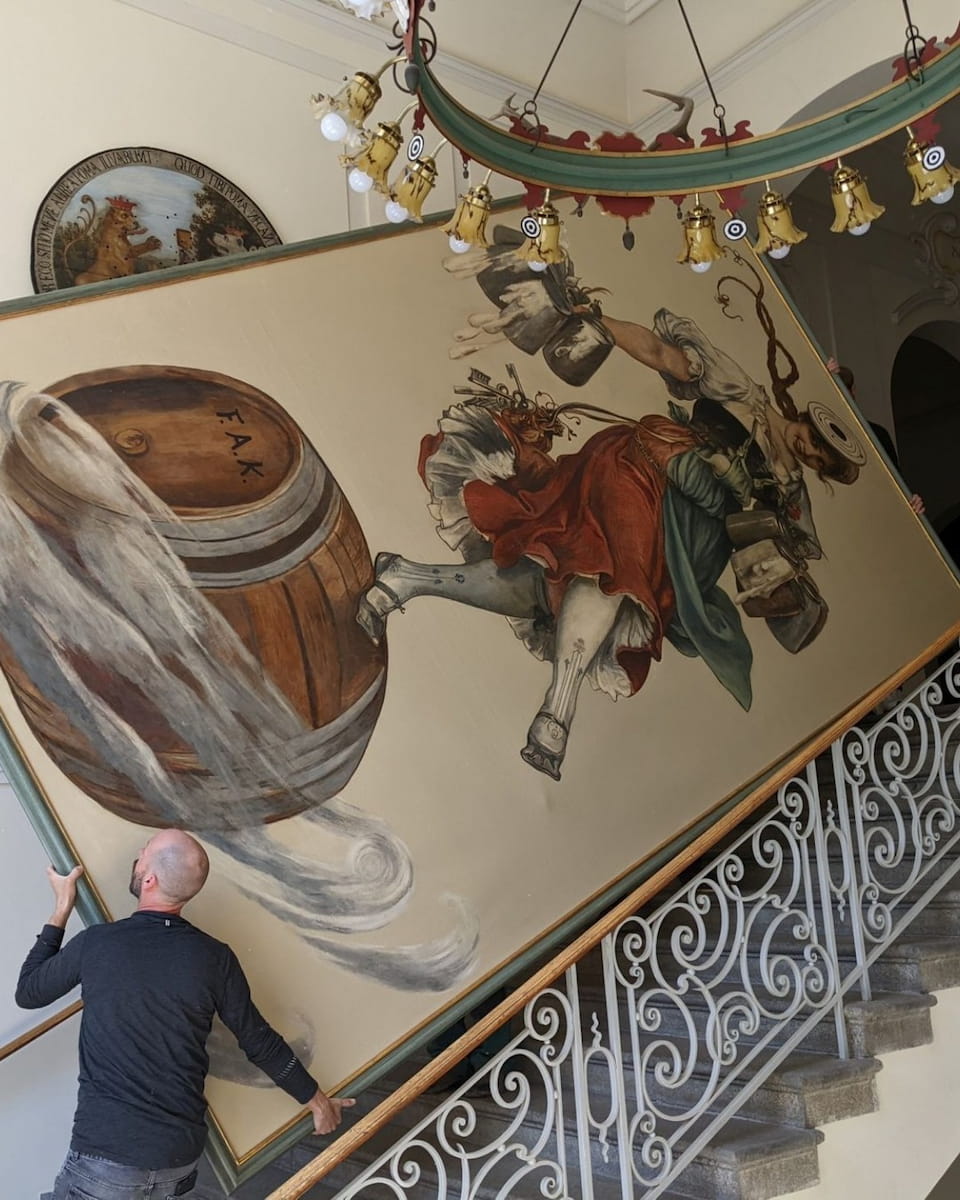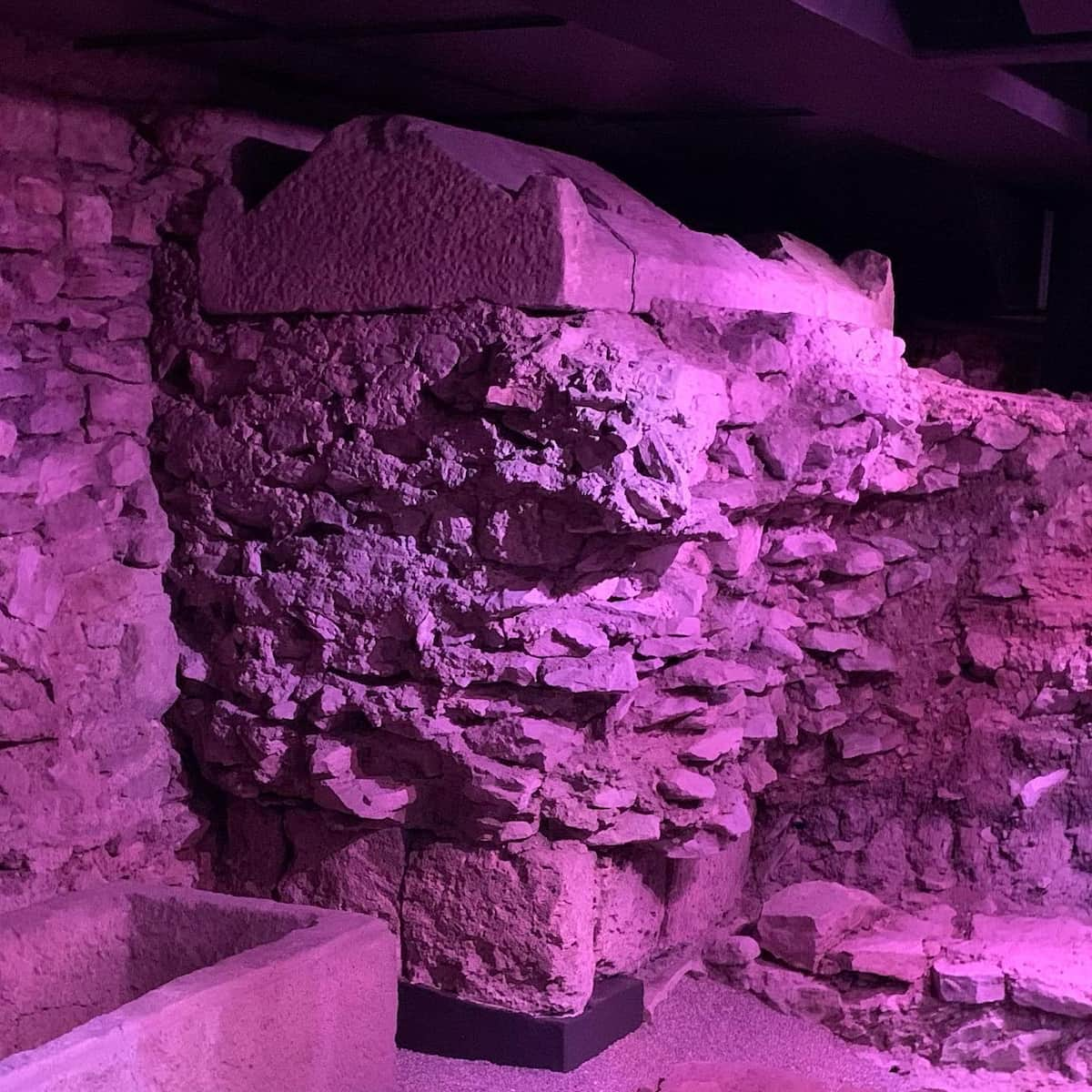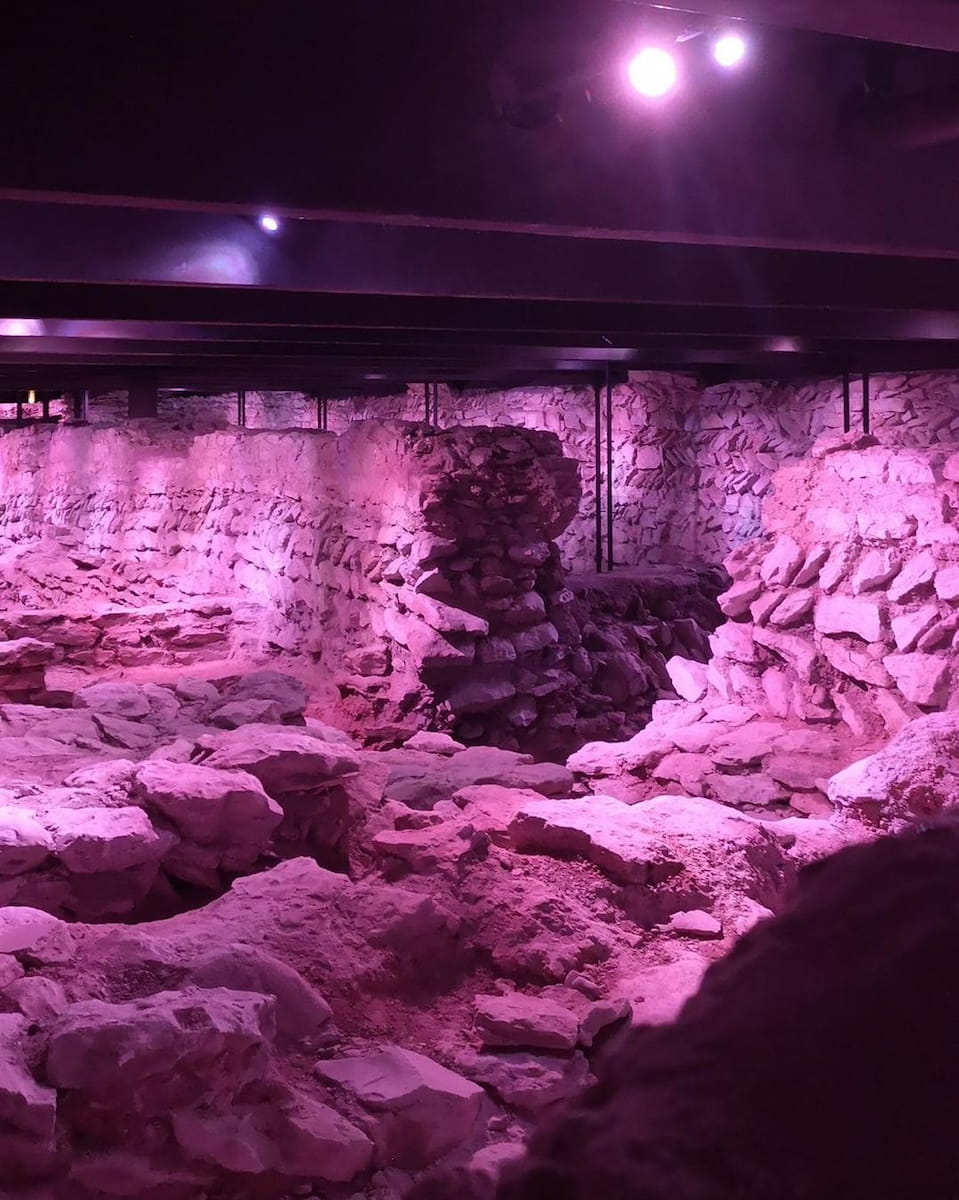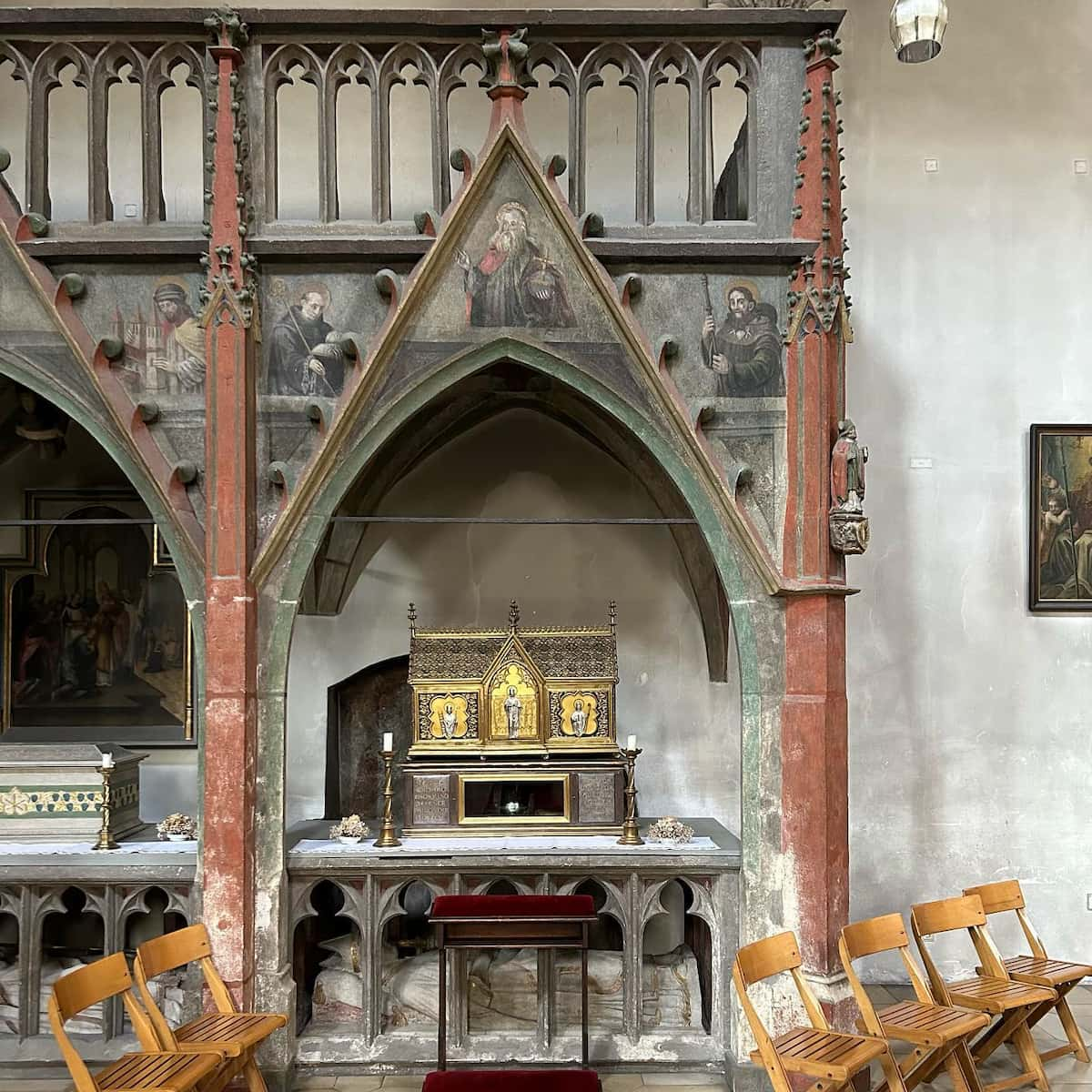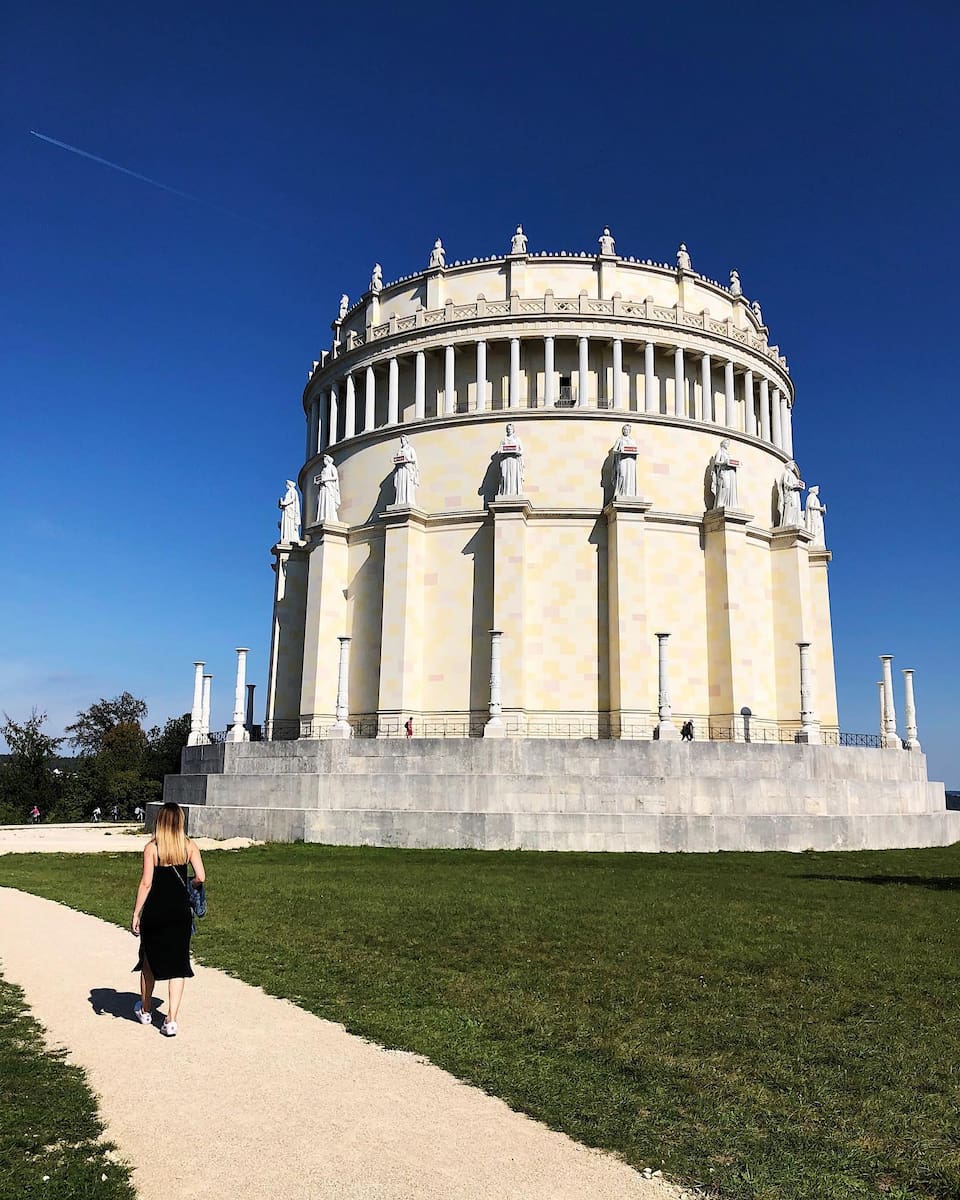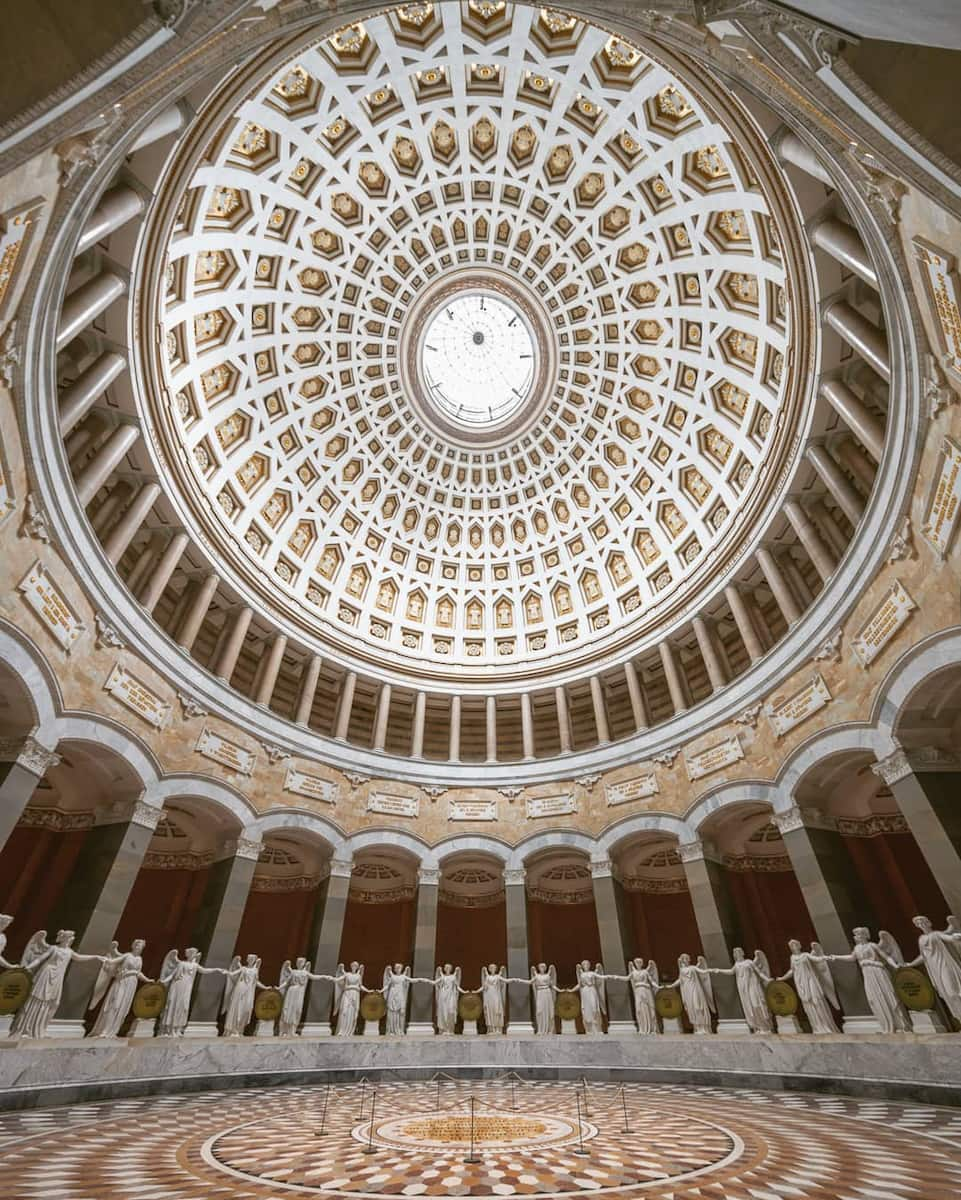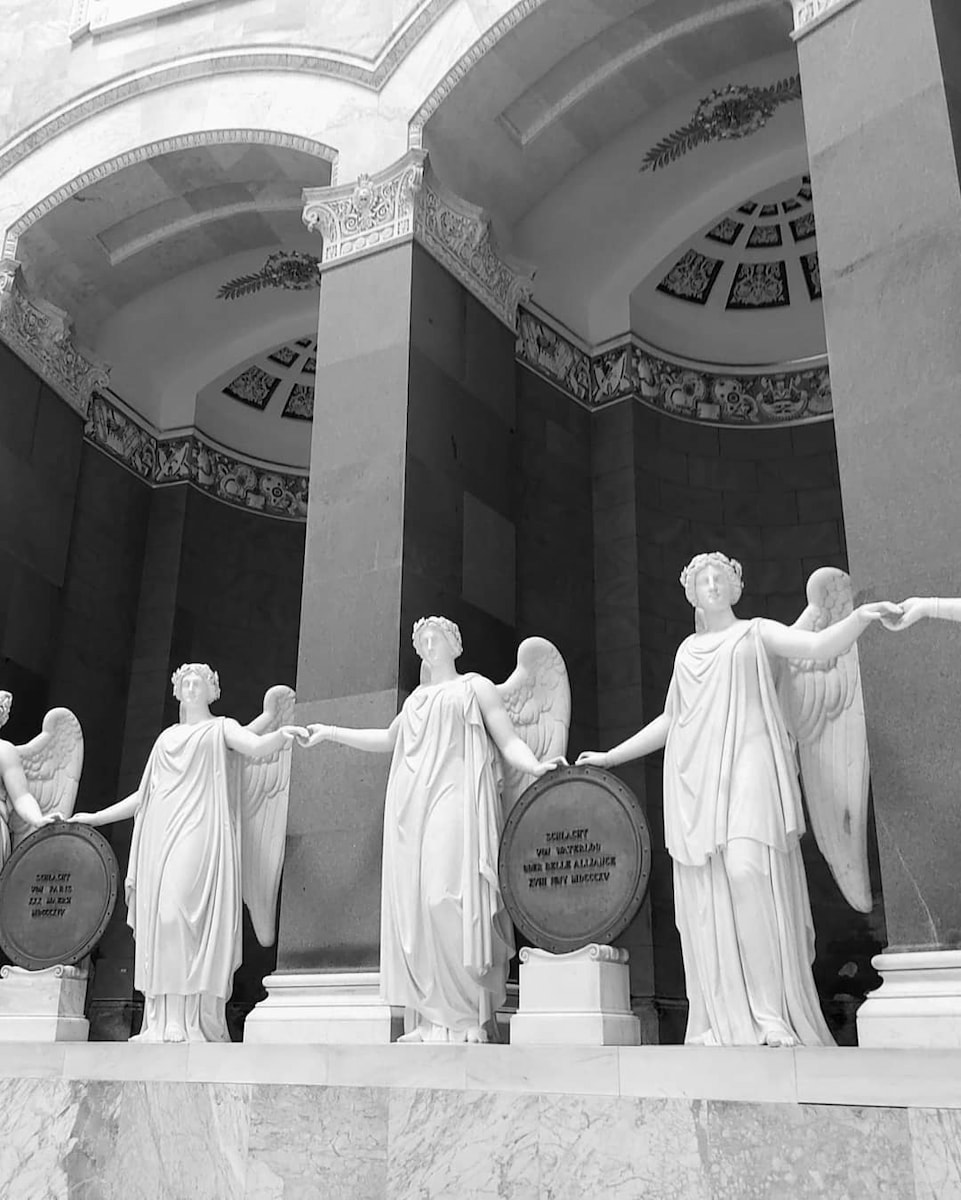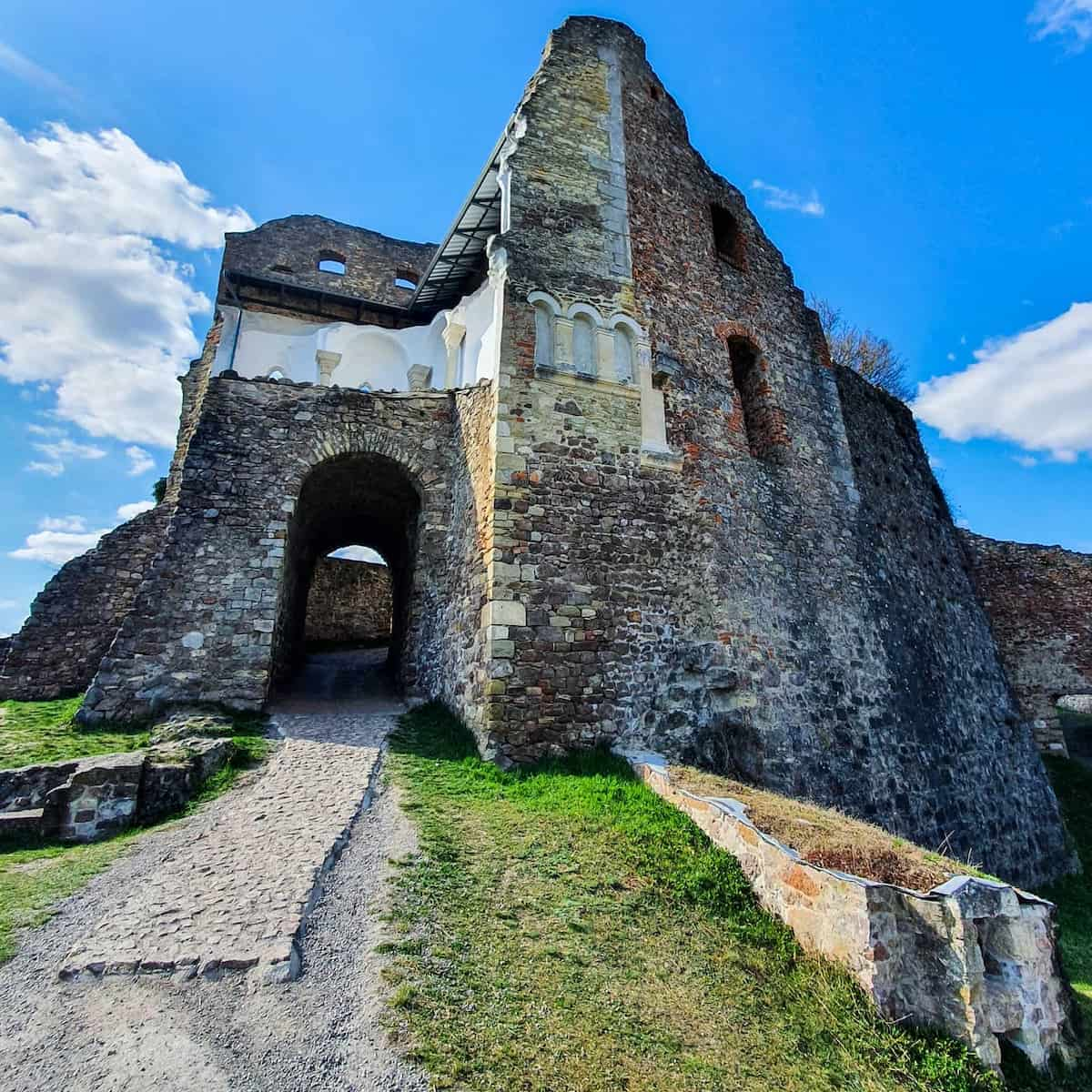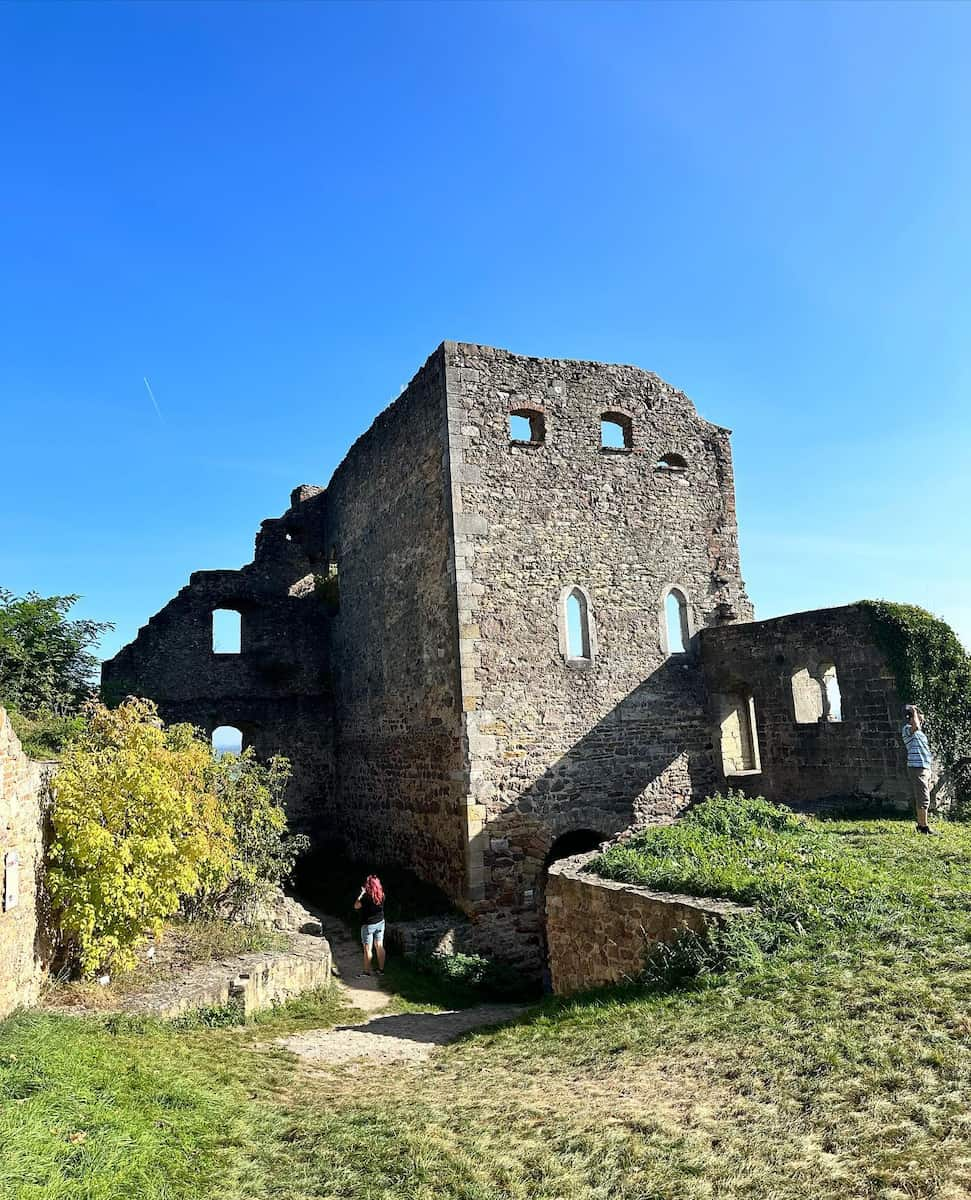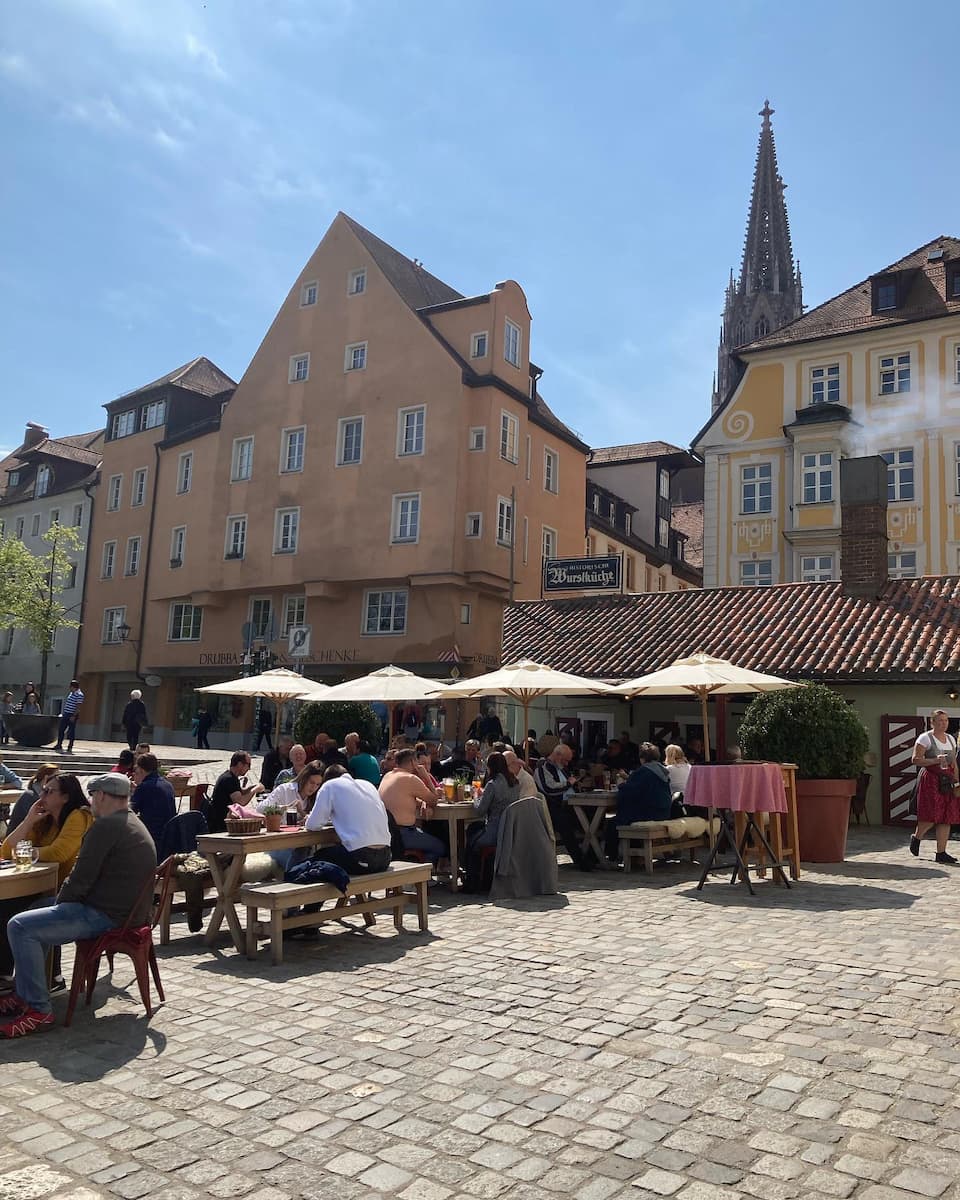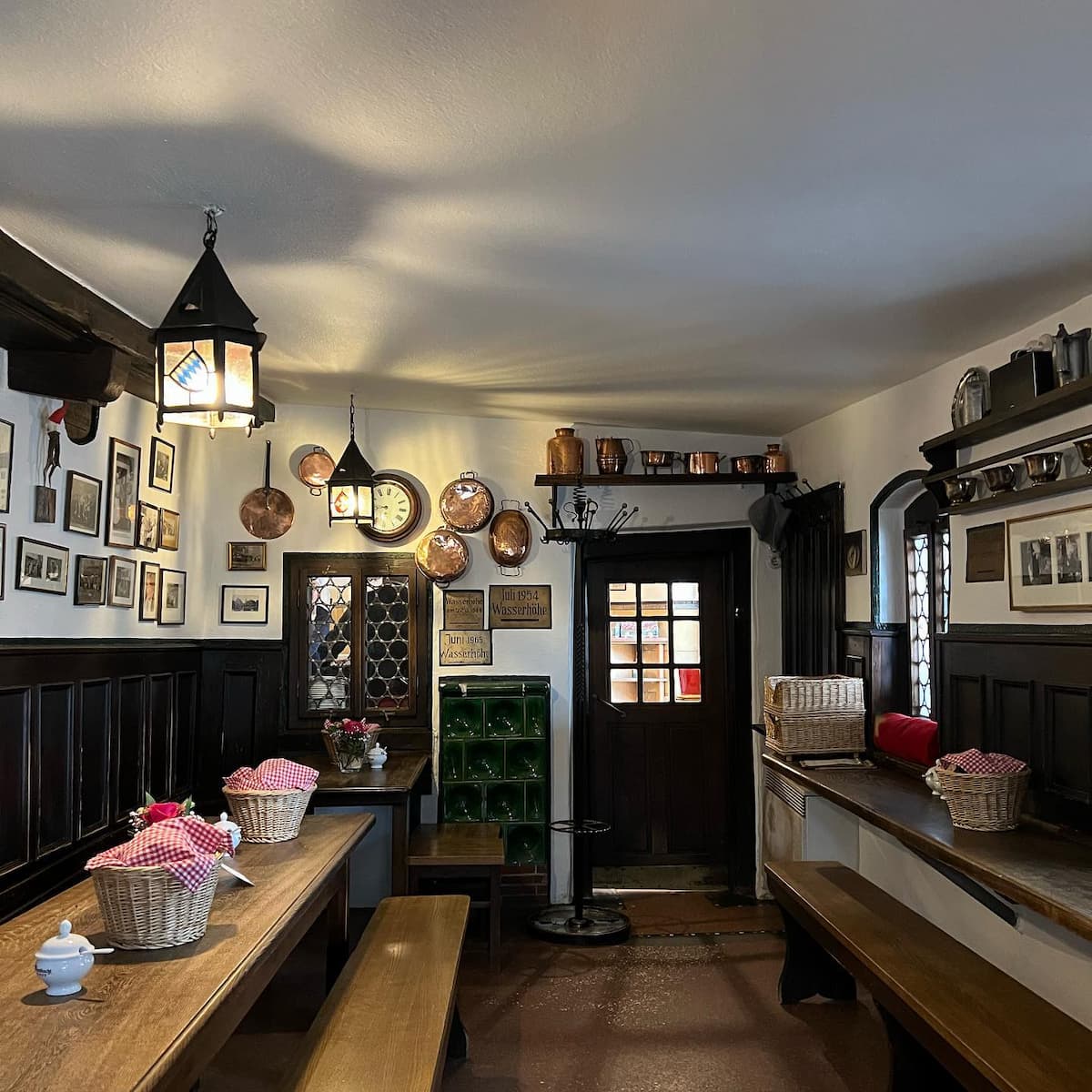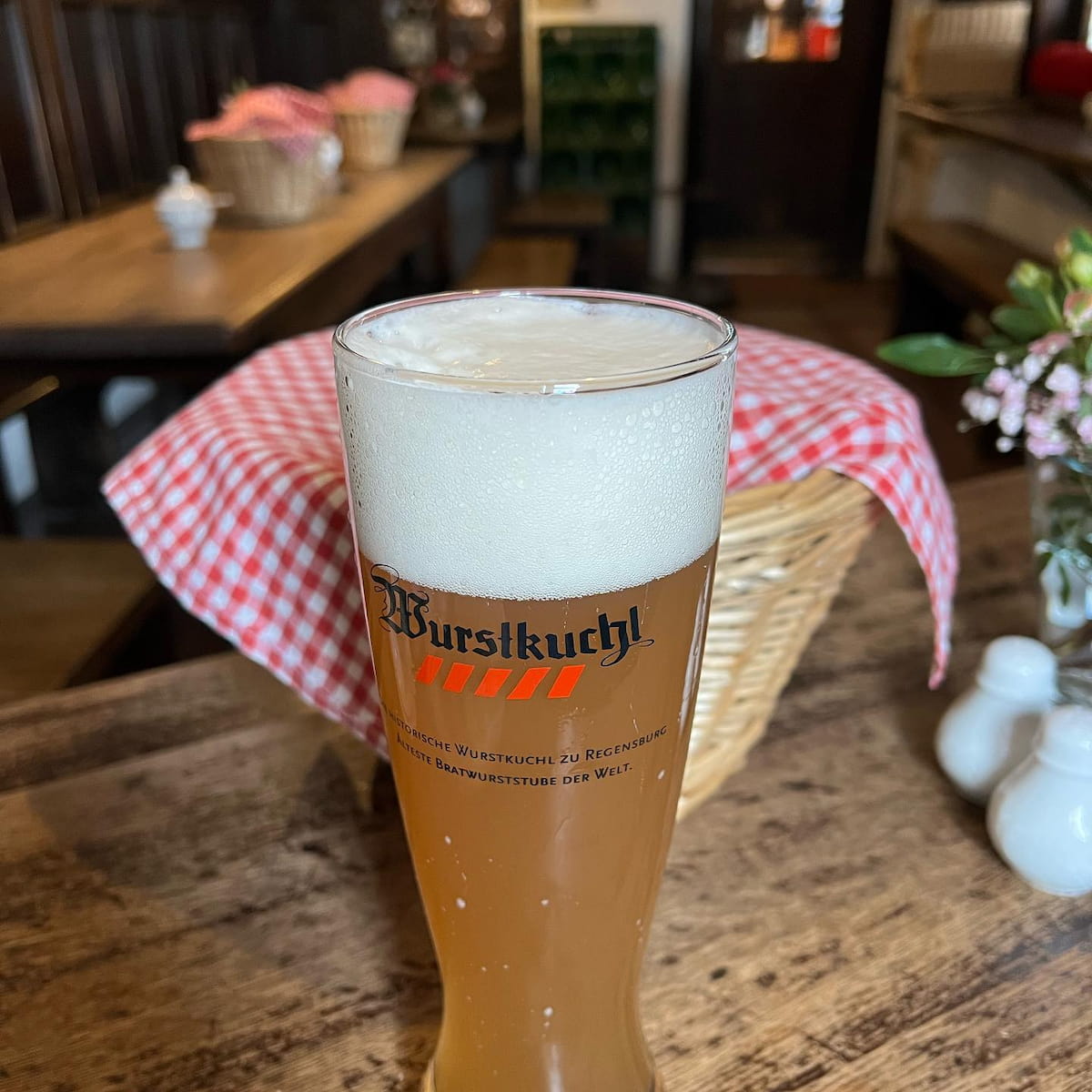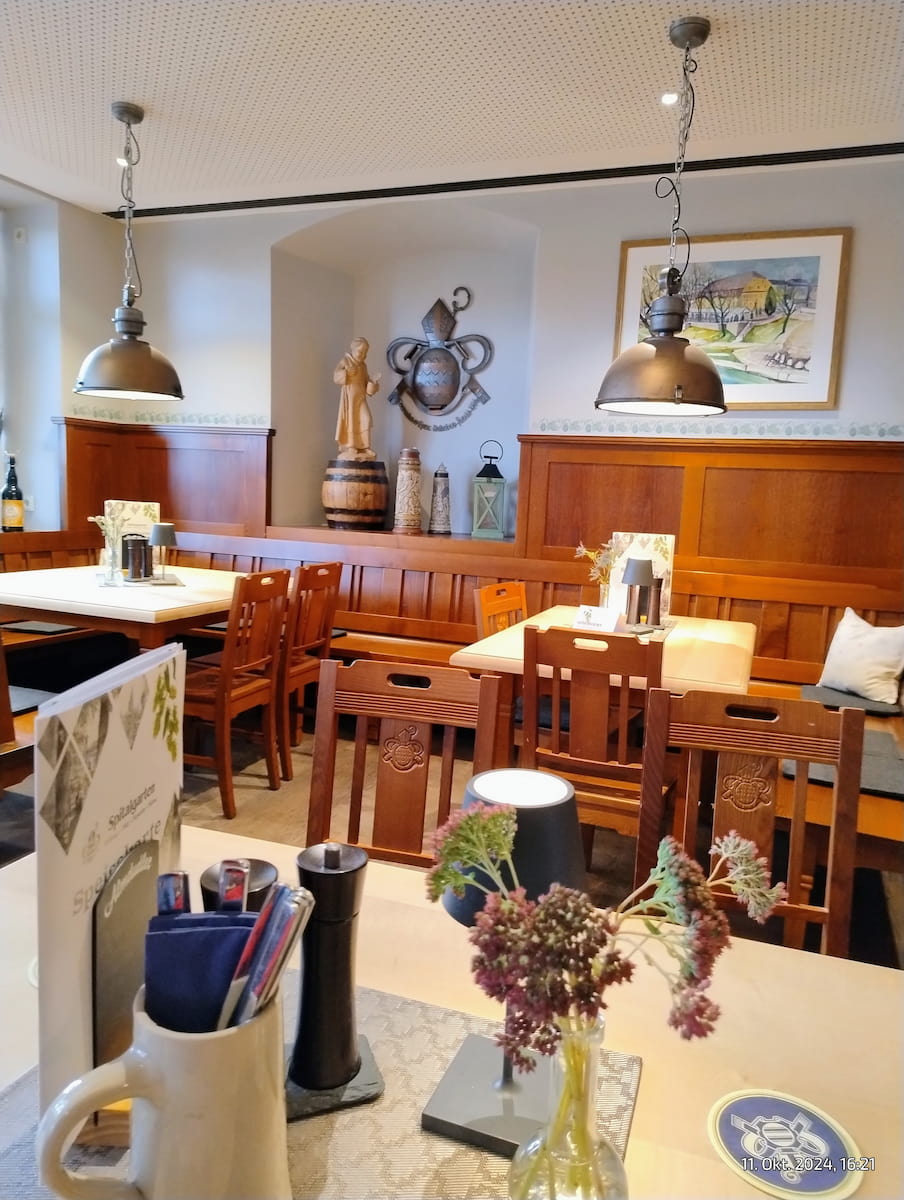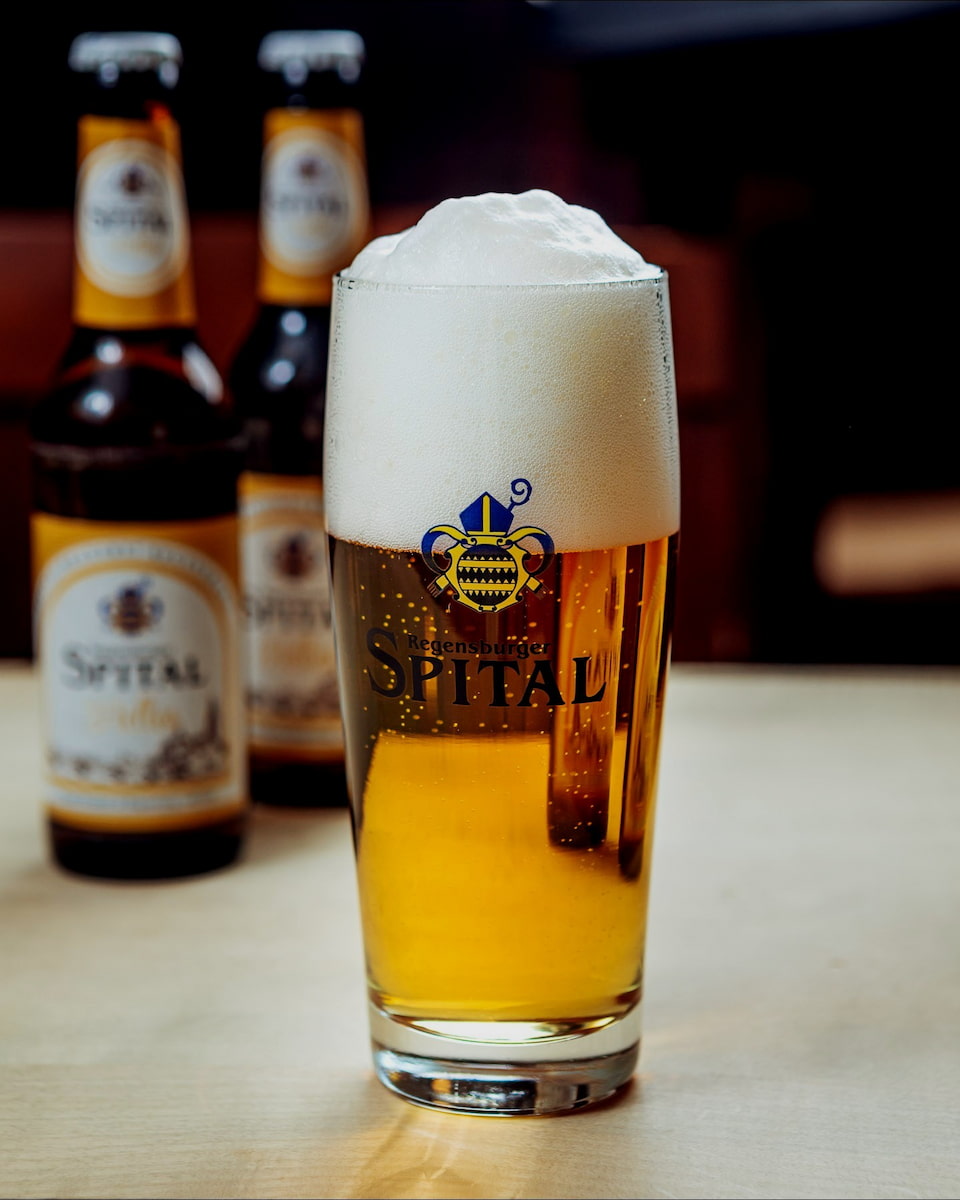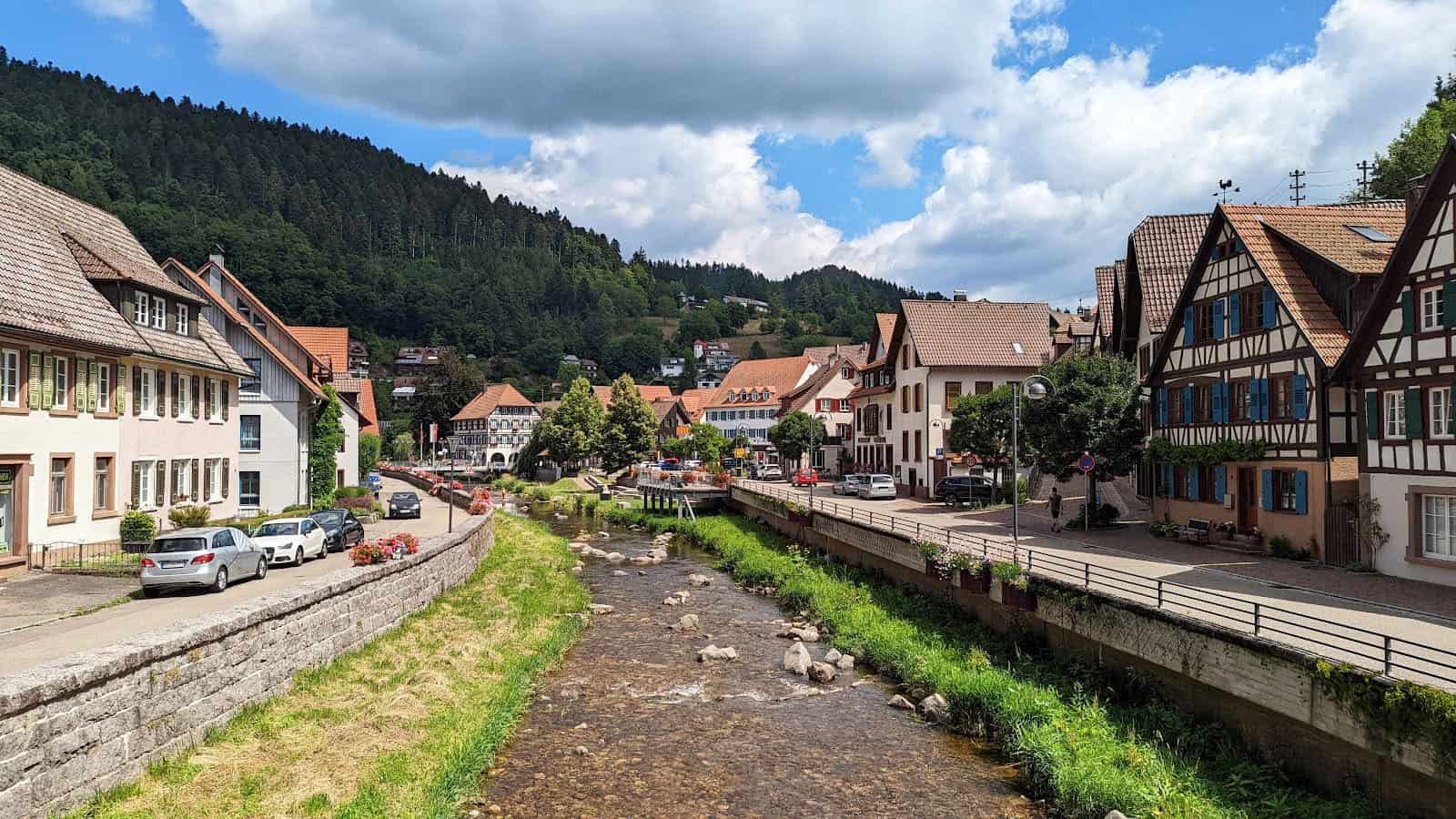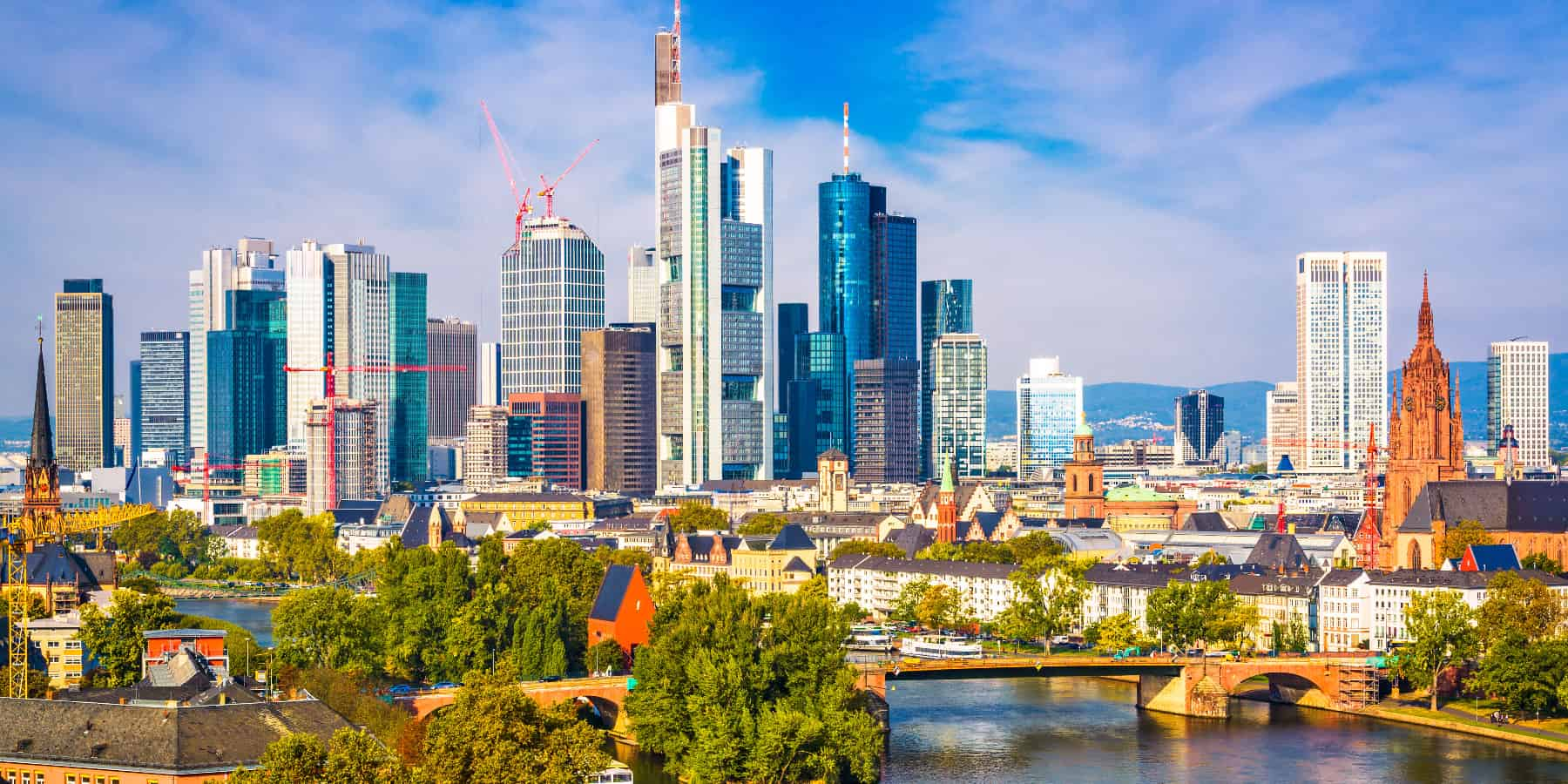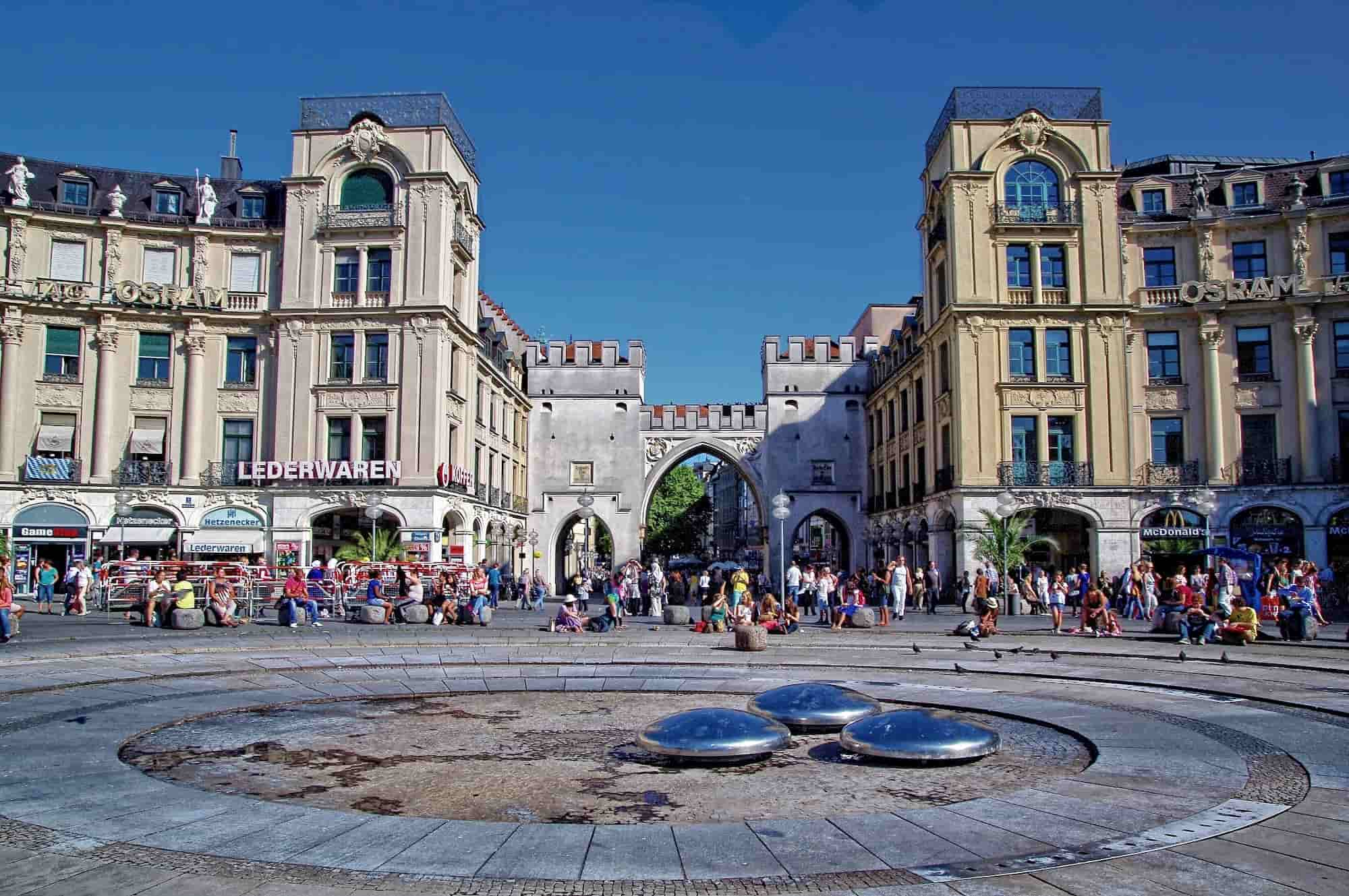Walking through Regensburg feels like stepping into a fairy tale. This beautiful German city sits along the Danube River and looks almost exactly like it did hundreds of years ago. With its old stone bridge, tall cathedral, and colorful buildings, Regensburg is like an open-air museum where you can touch and feel history everywhere you go.
🏠 Where to Stay in Regensburg:
- 💎 Luxury Hotel: Hotel Goliath am Dom
- ✨ 5-Star: Domresidenz Regensburg
- 🏨 4-Star: Hotel Das Regensburg
- 🛏️ 3-Star: Hotel Rosi
- 💸 Cheap: PLAZA INN Regensburg
- 🏢 Apartment: Regensburger Ferienwohnungen - Im Herzen der Altstadt
- 👨👩👧👦 For Families: Bohemian Hotel
- 🏩 For Couples: Hotel Goldenes Kreuz
I’ve explored every corner of this city, from its famous sausage kitchen (the oldest restaurant in Europe!) to its quiet garden parks. In this guide, I’ll show you my favorite places and share easy tips to help you enjoy Regensburg like a local. Whether you want to see amazing old buildings, try delicious Bavarian food, or just relax by the river, Regensburg has something special for everyone.
Top 10 Things to Do in Regensburg
1. 🚶♂️ St. Peter’s Cathedral (Regensburg Cathedral)
Gothic Masterpiece: This towering Gothic cathedral is one of the best things to see in Regensburg. Located in the heart of the city, St. Peter’s Cathedral dominates the skyline with its twin spires and intricate stonework. Inside, you’ll be mesmerized by stunning stained glass windows that date back to the 12th century. The cathedral is not only a place of worship but also a showcase of Gothic architecture at its finest.
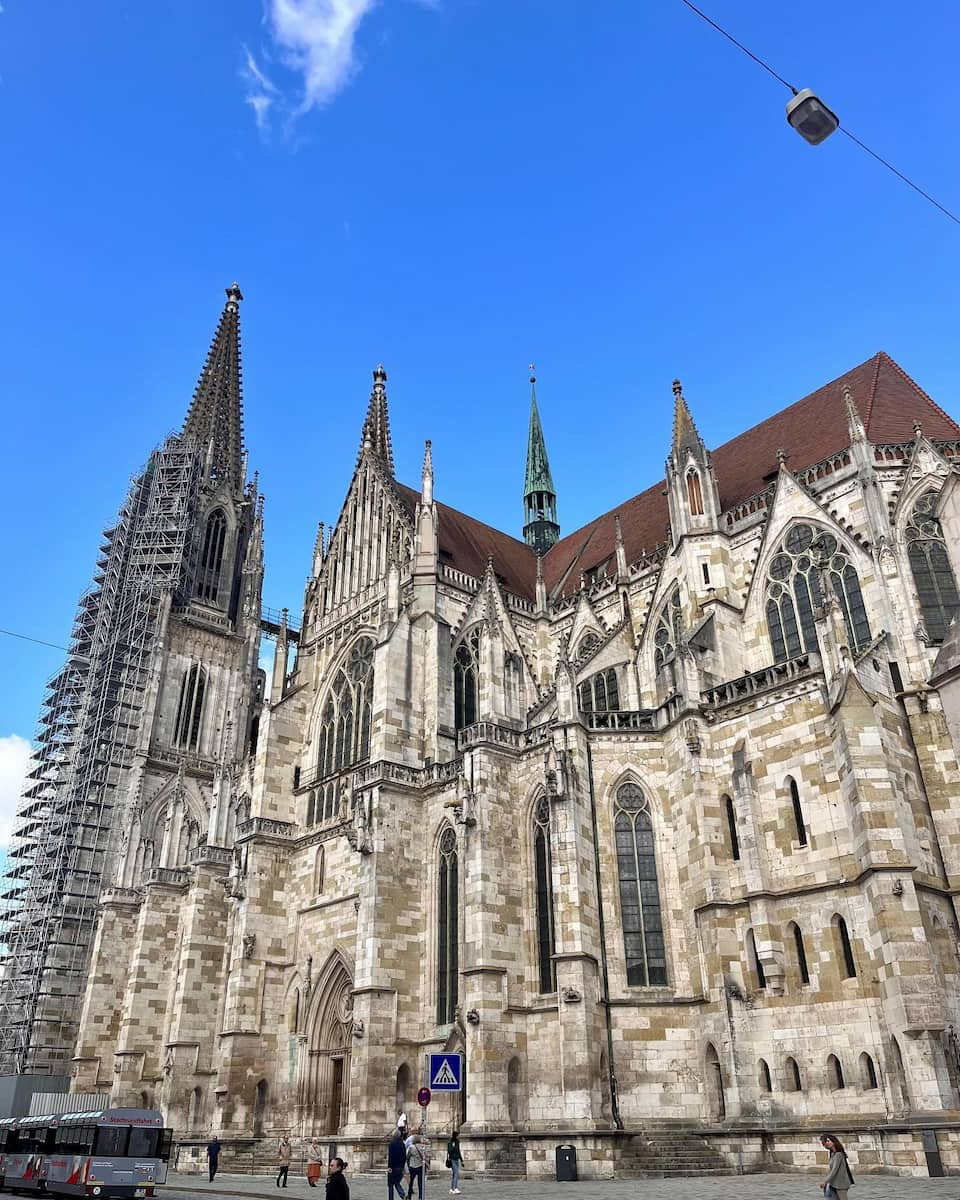
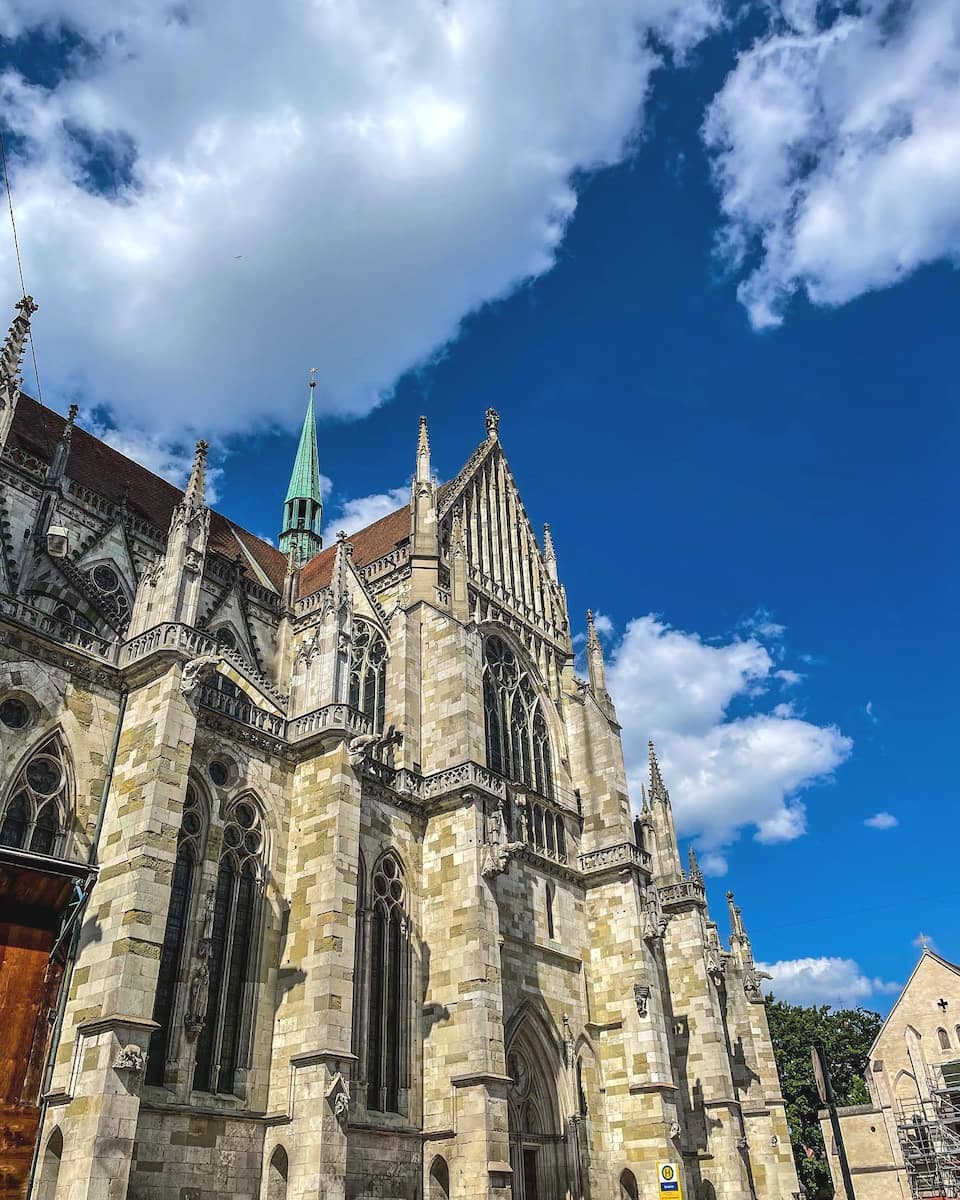
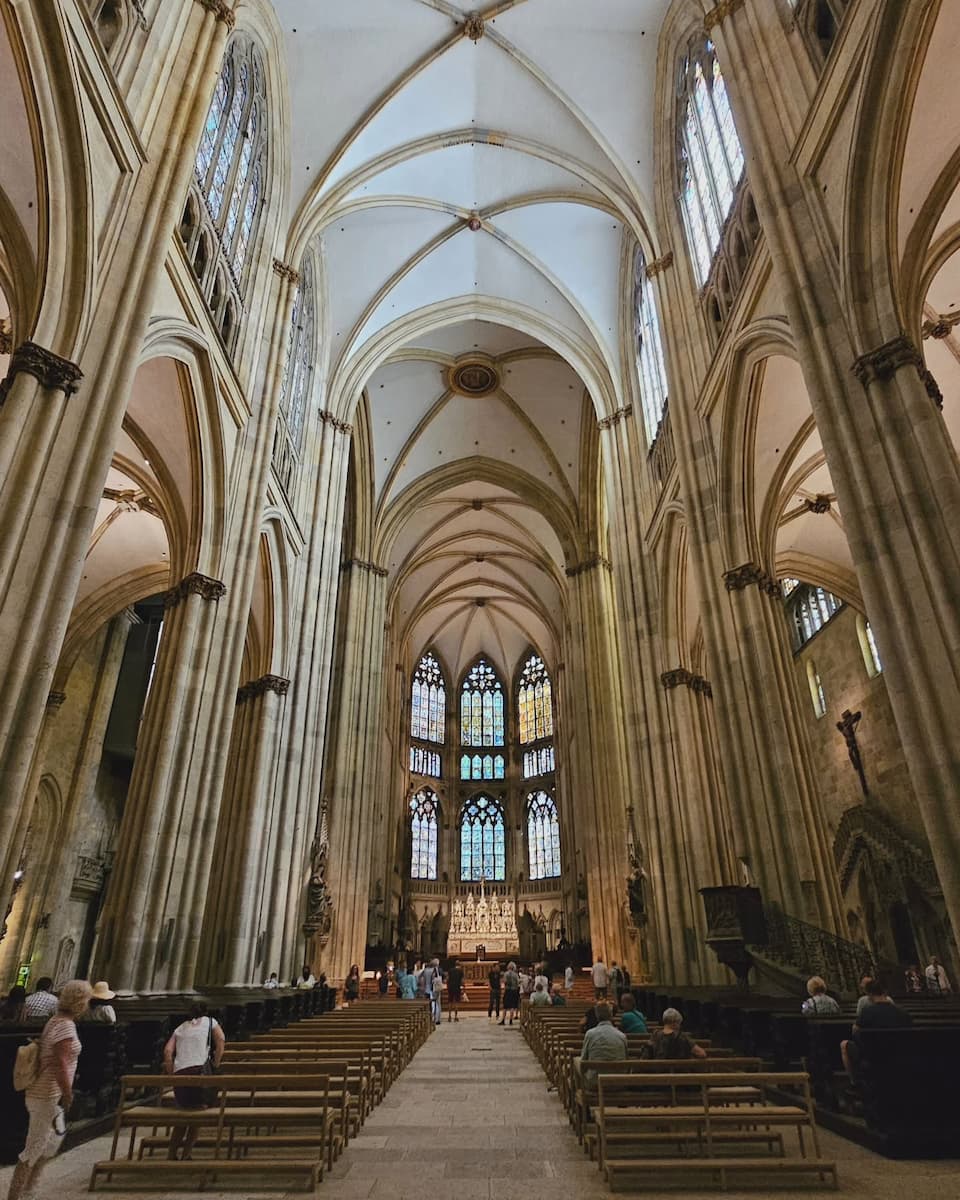
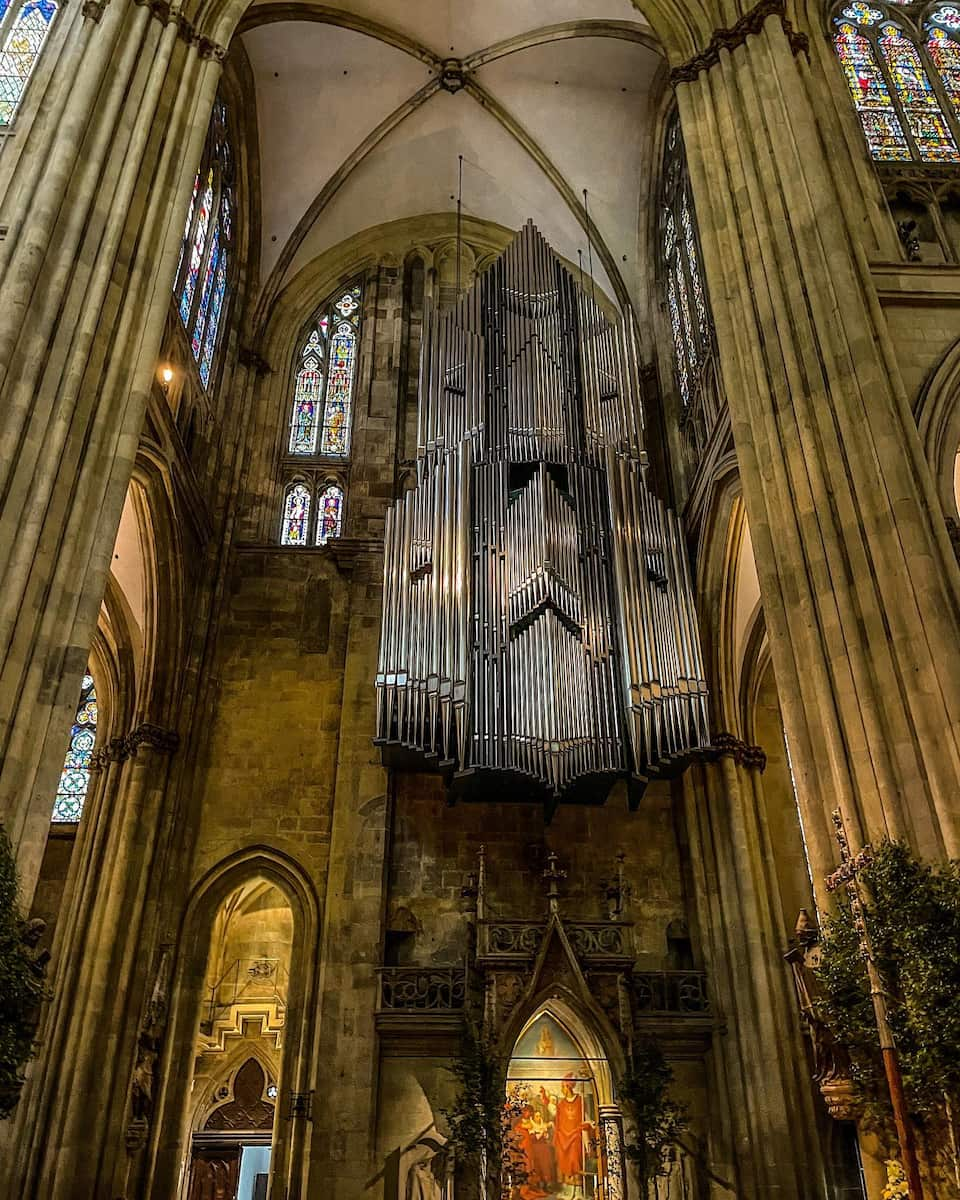
Historical Insight: It’s one of the most important cathedrals in Bavaria and a prime example of Gothic design. The atmosphere inside is serene, and if you’re lucky, you might catch the famous Regensburger Domspatzen boys’ choir performing. The cathedral is also home to fascinating relics from the Middle Ages, making it a must-see for history lovers.
Insider Tip: Don’t miss the crypt where you can explore ancient tombs and learn more about the history of Regensburg. If you’re visiting during peak season, try to arrive early to avoid crowds and enjoy a peaceful experience.
⭐ Best tour
- Regensburg City Tour with Local Guide – Discover the UNESCO World Heritage city of Regensburg through the eyes of a knowledgeable local guide. Walk through medieval streets while learning about the city’s 2000-year history, from Roman times to the present day.
2. 🌉 Stone Bridge (Old Stone Bridge)
Medieval Marvel: The Stone Bridge is another must-see and one of my personal favorites. This 12th-century bridge stretches across the Danube River and was once considered an engineering marvel of its time. Walking across it feels like stepping back into the Middle Ages, with each stone telling a story of centuries gone by.

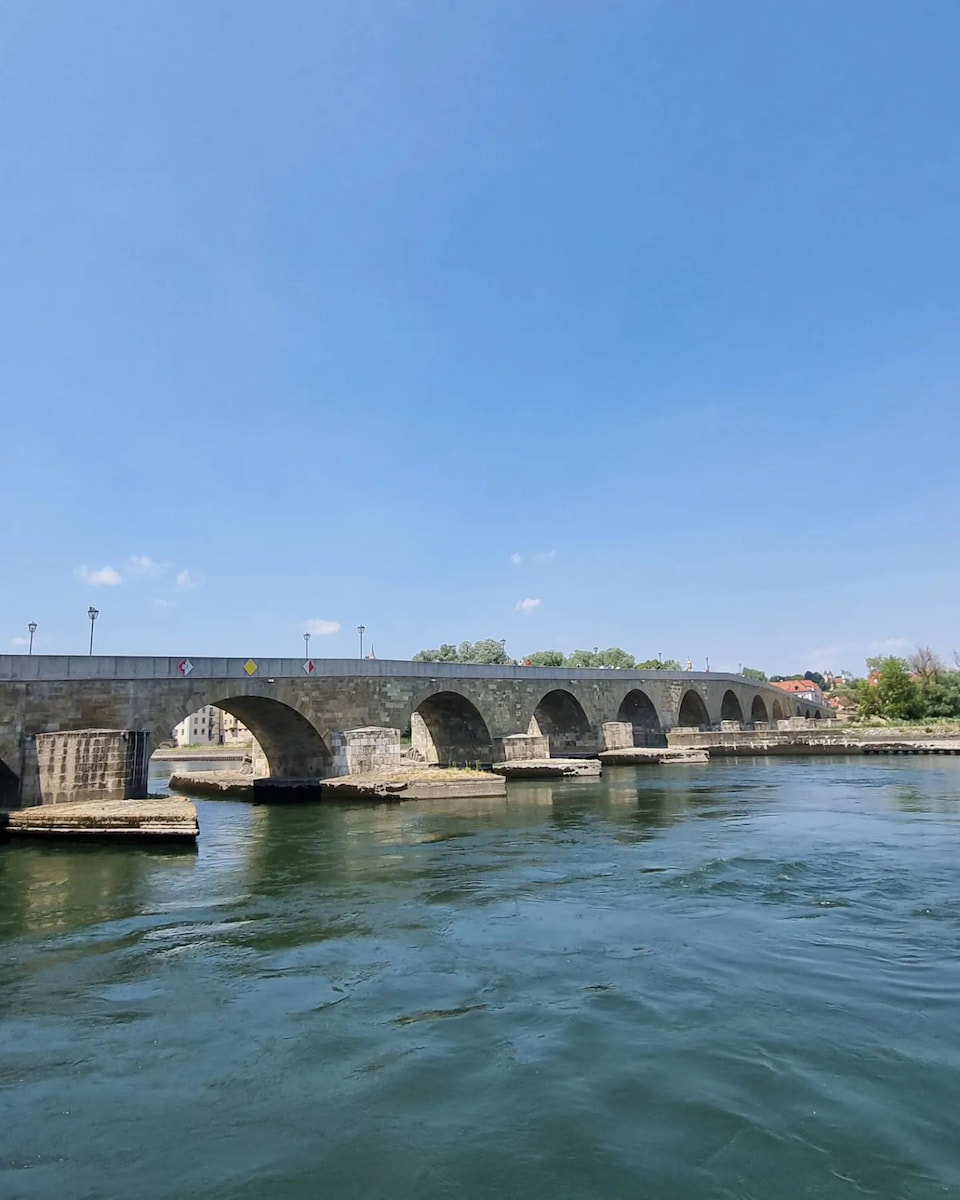
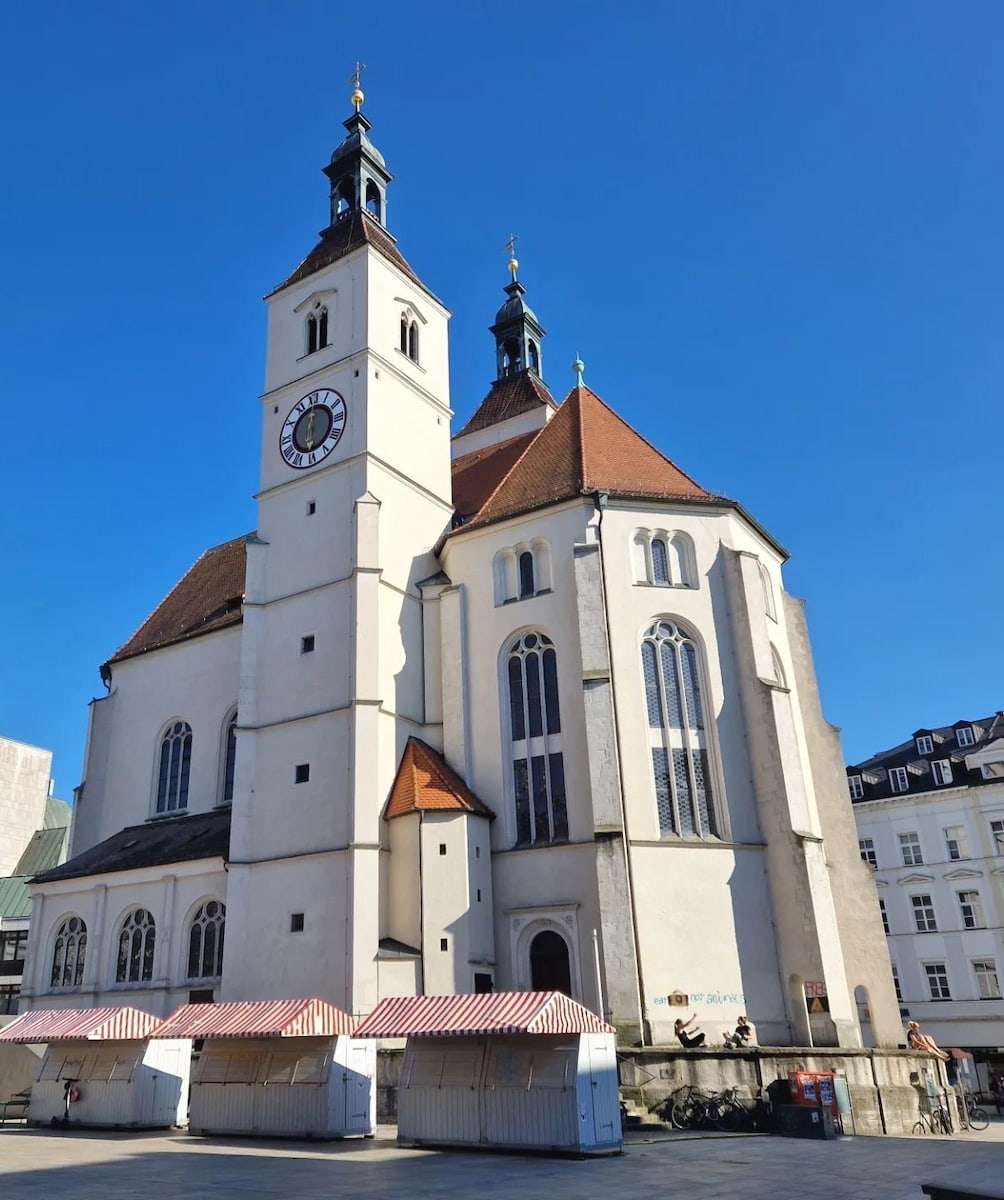
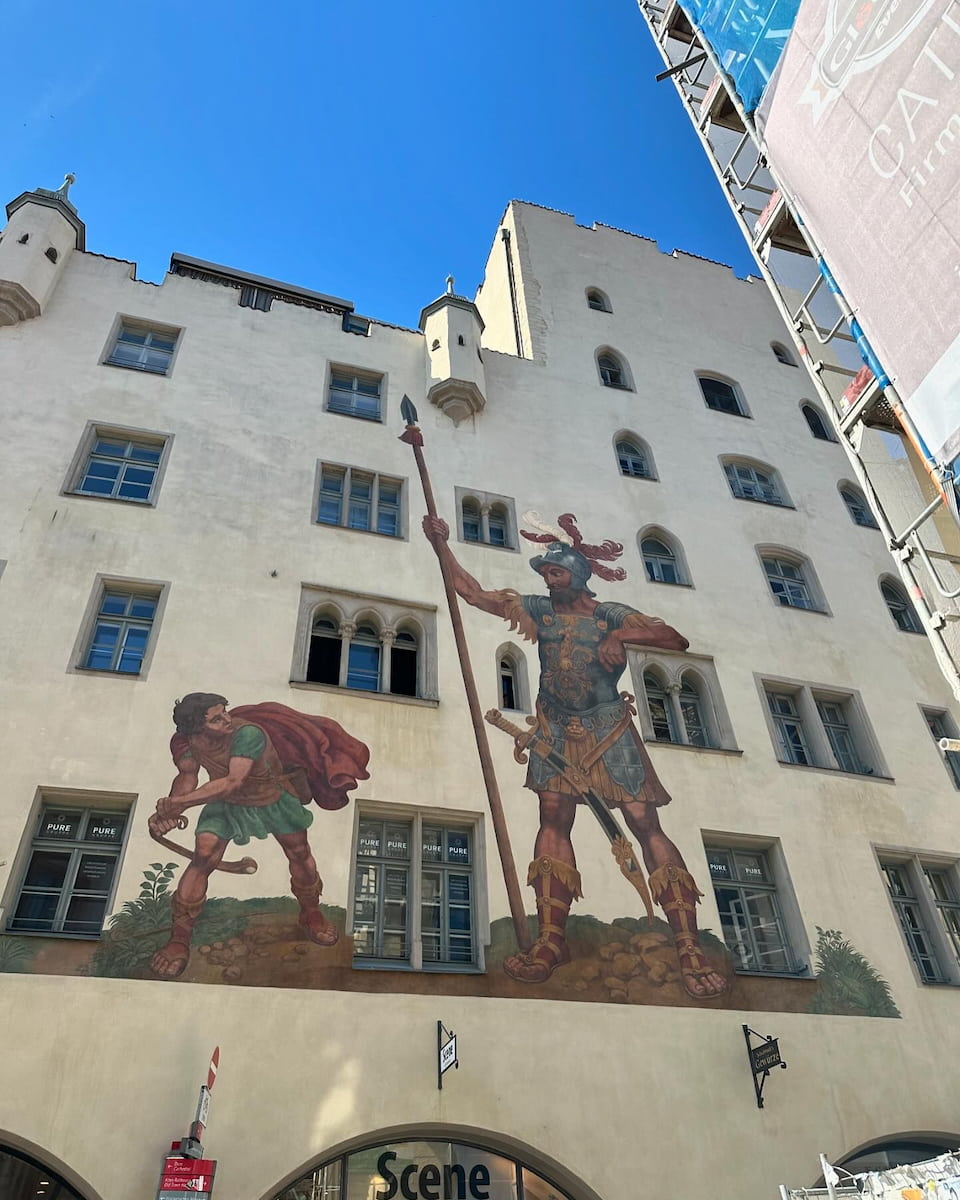
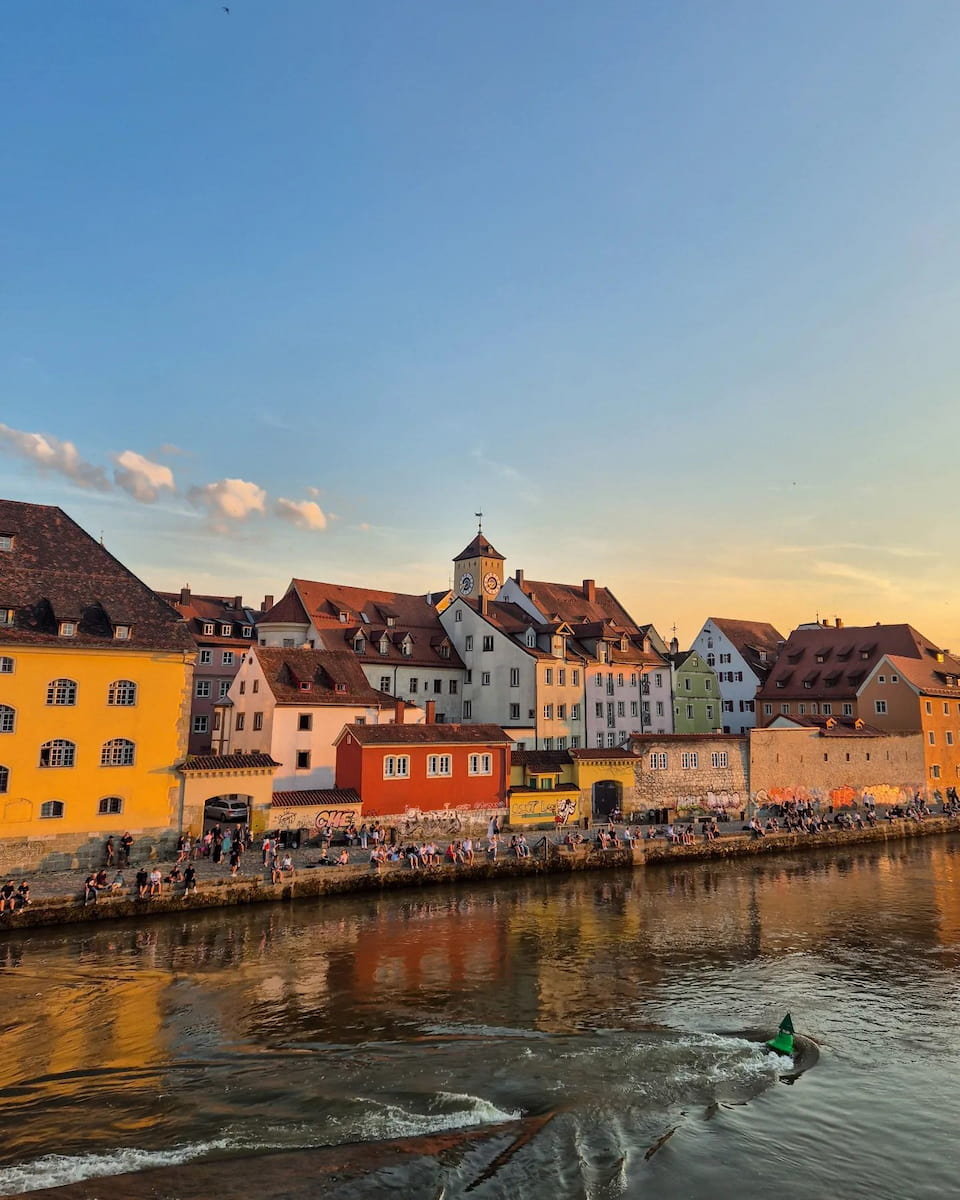
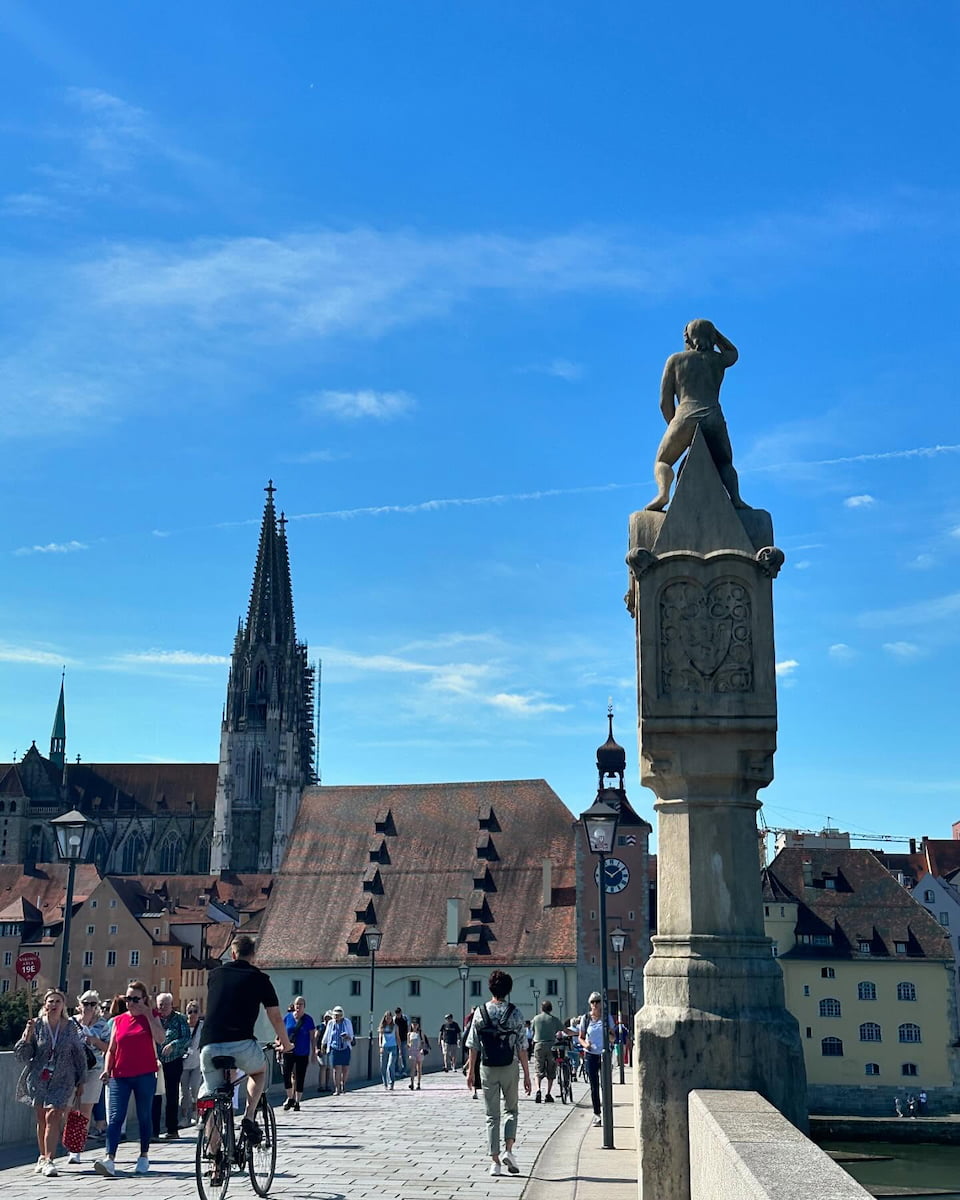
Architectural Wonder: The views from this bridge are unbeatable—especially at sunset when you can see the city’s medieval towers reflecting on the water. Plus, it’s one of the oldest bridges in Germany still standing! It’s a fantastic spot for photography enthusiasts looking to capture Regensburg’s iconic skyline.
Top Tip: After crossing, head over to Stadtamhof, a charming neighborhood that feels like a hidden gem with its colorful houses and quiet streets. This area also offers some great local eateries where you can grab a bite after your stroll.
⭐ Best tour
- Historical Walking Tour of Regensburg – Experience the best of Regensburg’s Old Town on this comprehensive walking tour. Visit key landmarks like St. Peter’s Cathedral, the Stone Bridge, and the Old Town Hall while hearing fascinating stories about the city’s medieval past and cultural heritage.
3. 🏛️ Old Town Hall (Altes Rathaus)
Historical Hub: The Old Town Hall is located in Regensburg’s historic center and played a significant role during the days of the Holy Roman Empire. The building itself dates back to the 13th century and features a medieval torture chamber—perfect for those who love a little dark history.
Cultural Dive: This place gives you an authentic peek into German history, complete with exhibits that explore everything from politics to punishment in medieval times. The architecture itself is worth admiring, with its blend of Gothic and Renaissance styles.
Insider Tip: Take a guided tour to visit the Reichssaal, where emperors once held court! Tours are available in multiple languages, so it’s easy to get all the fascinating details even if you’re not fluent in German.
⭐ Best tour
- Regensburg: City Tour by Bimmelbahn Train – Explore the Old Town and the unique history of Regensburg on a sightseeing tour. Discover the city’s highlights and history with the help of an informative audio-guide.
4. 🏰 Thurn and Taxis Palace
Royal Residence: If you’re into royalty, this is your spot! The Thurn and Taxis family transformed an old Benedictine monastery into their lavish palace, which remains one of Europe’s grandest private residences. The palace grounds are as impressive as its interiors, with lush gardens perfect for an afternoon stroll.
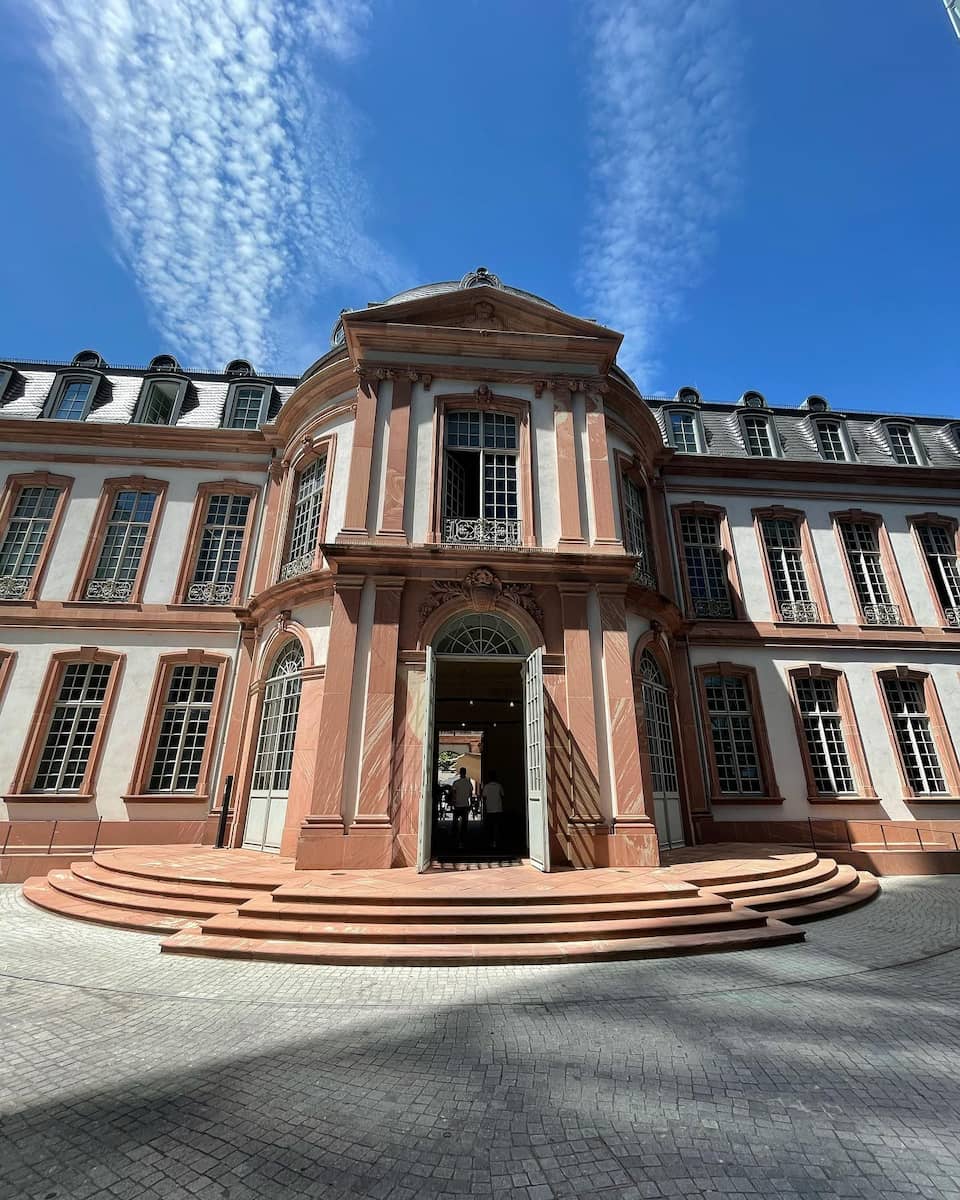
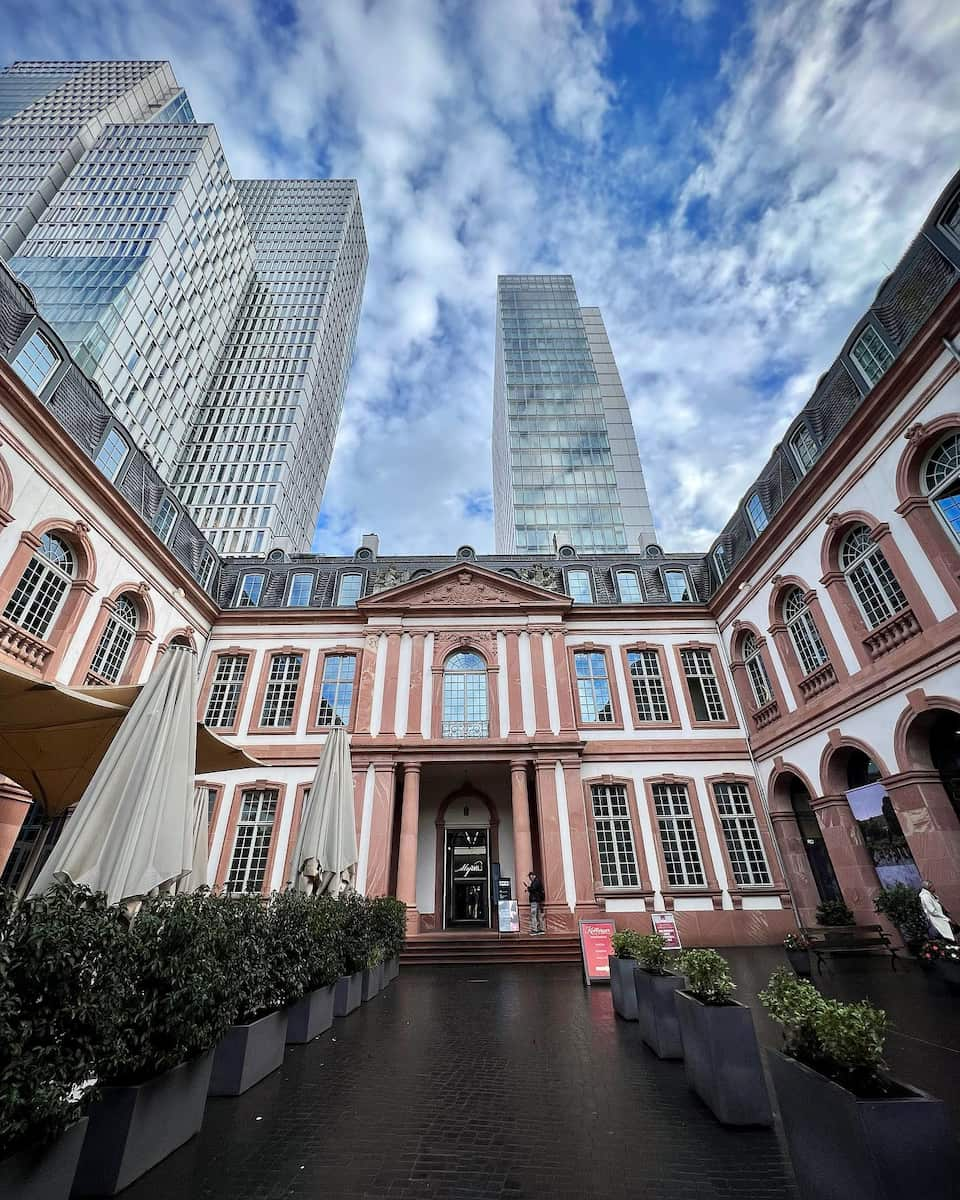
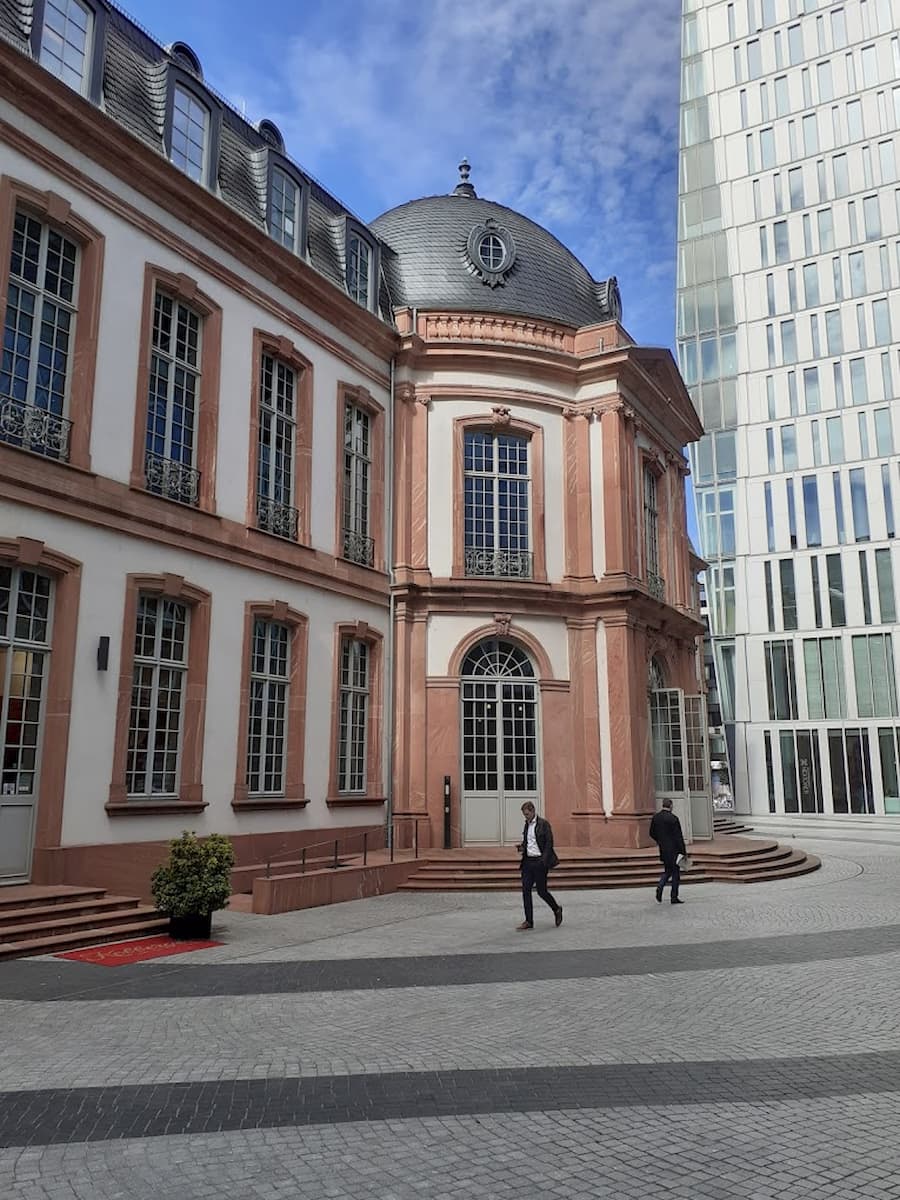
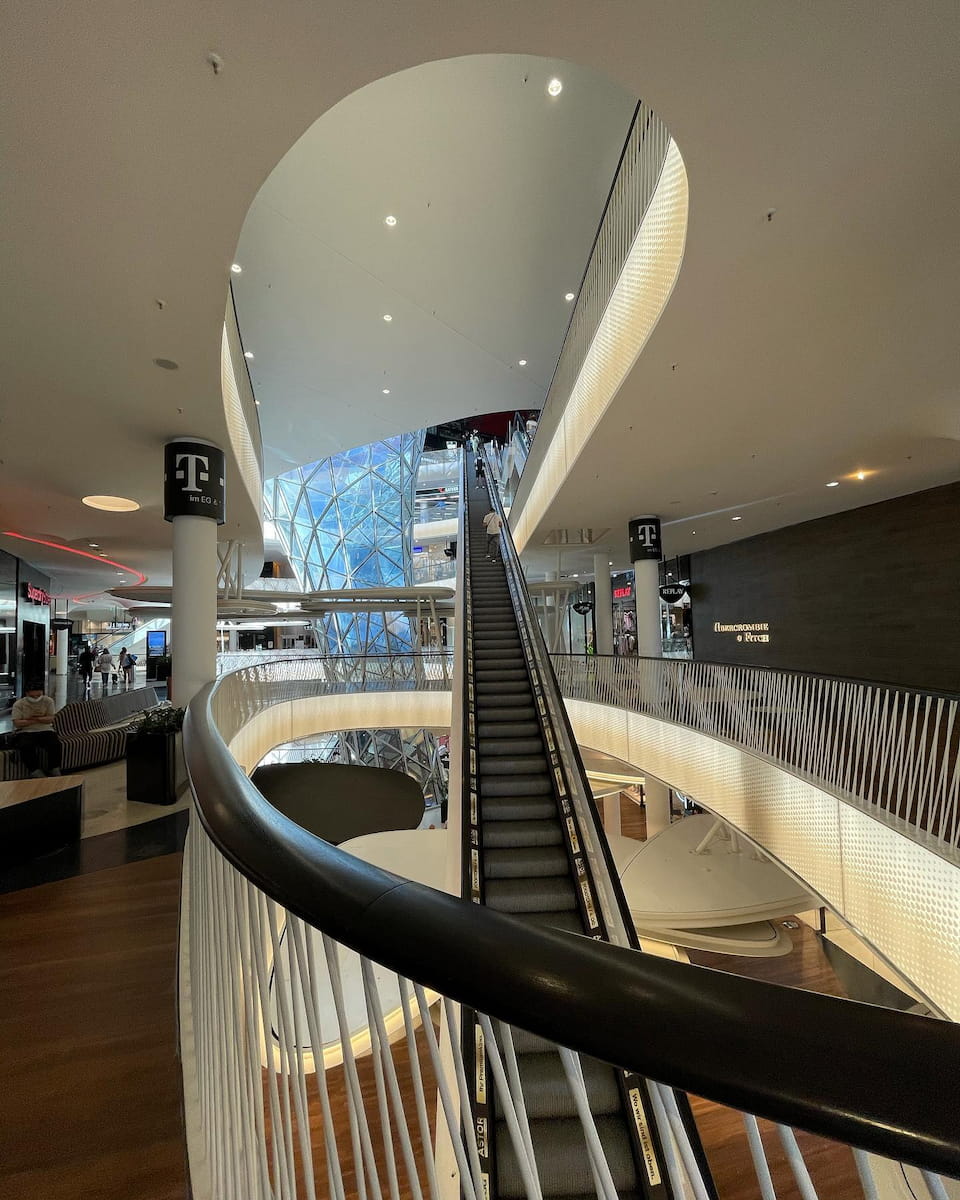
Aristocratic Splendor: You’ll get to tour opulent rooms filled with priceless art and furniture, plus learn about one of Europe’s most influential aristocratic families. It’s like stepping into another world where luxury meets history.
Top Tip: Make sure to check out their seasonal events—during Christmas, they host one of Regensburg’s most magical holiday markets right on palace grounds!
5. 🏛️ Walhalla Memorial
Neoclassical Wonder: Just outside Regensburg along the Danube River, Walhalla Memorial is a Neoclassical temple built by King Ludwig I to honor great figures in German history—think Marcus Aurelius busts lining grand halls. It’s an awe-inspiring sight that feels like something straight out of ancient Greece.
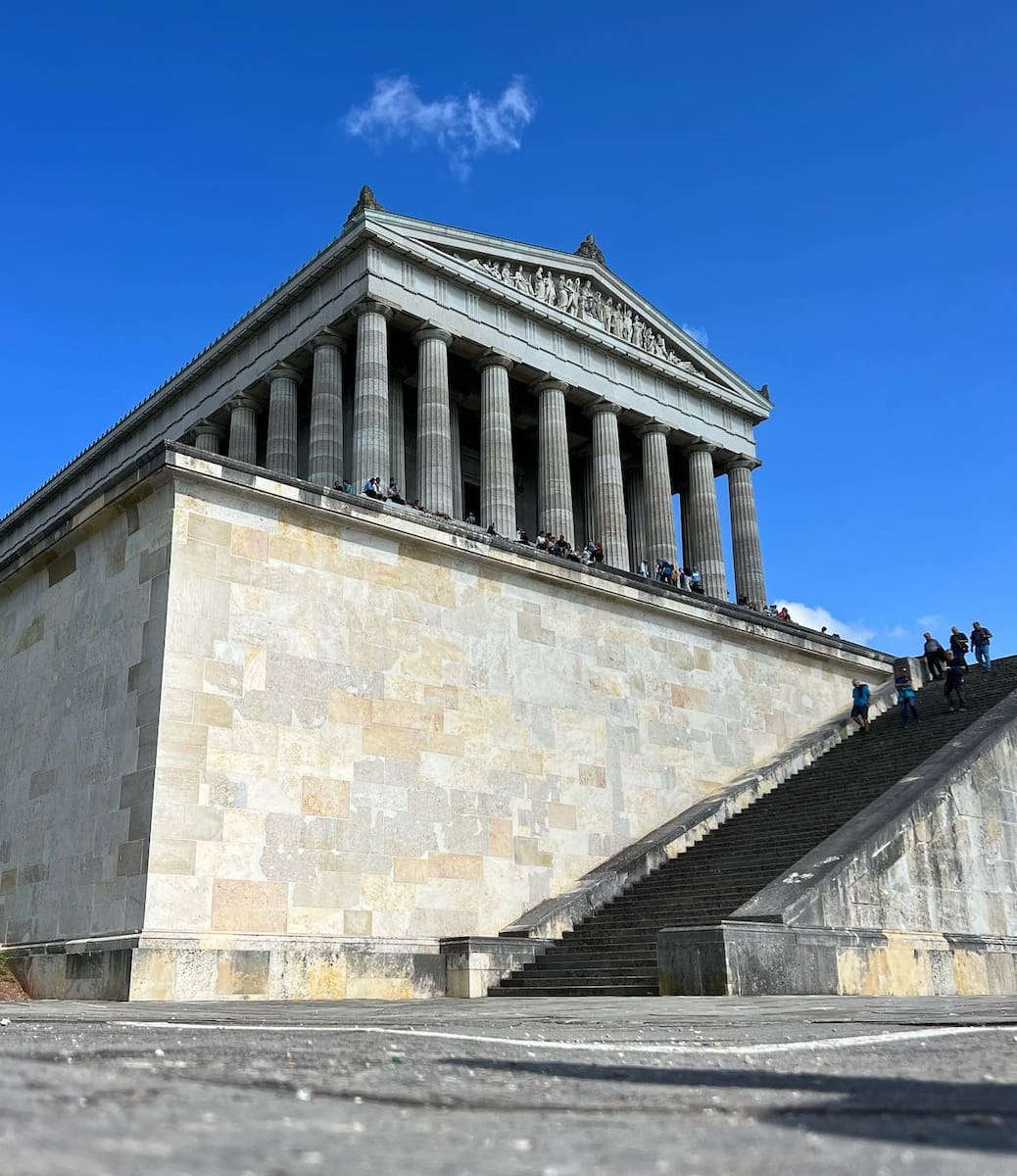
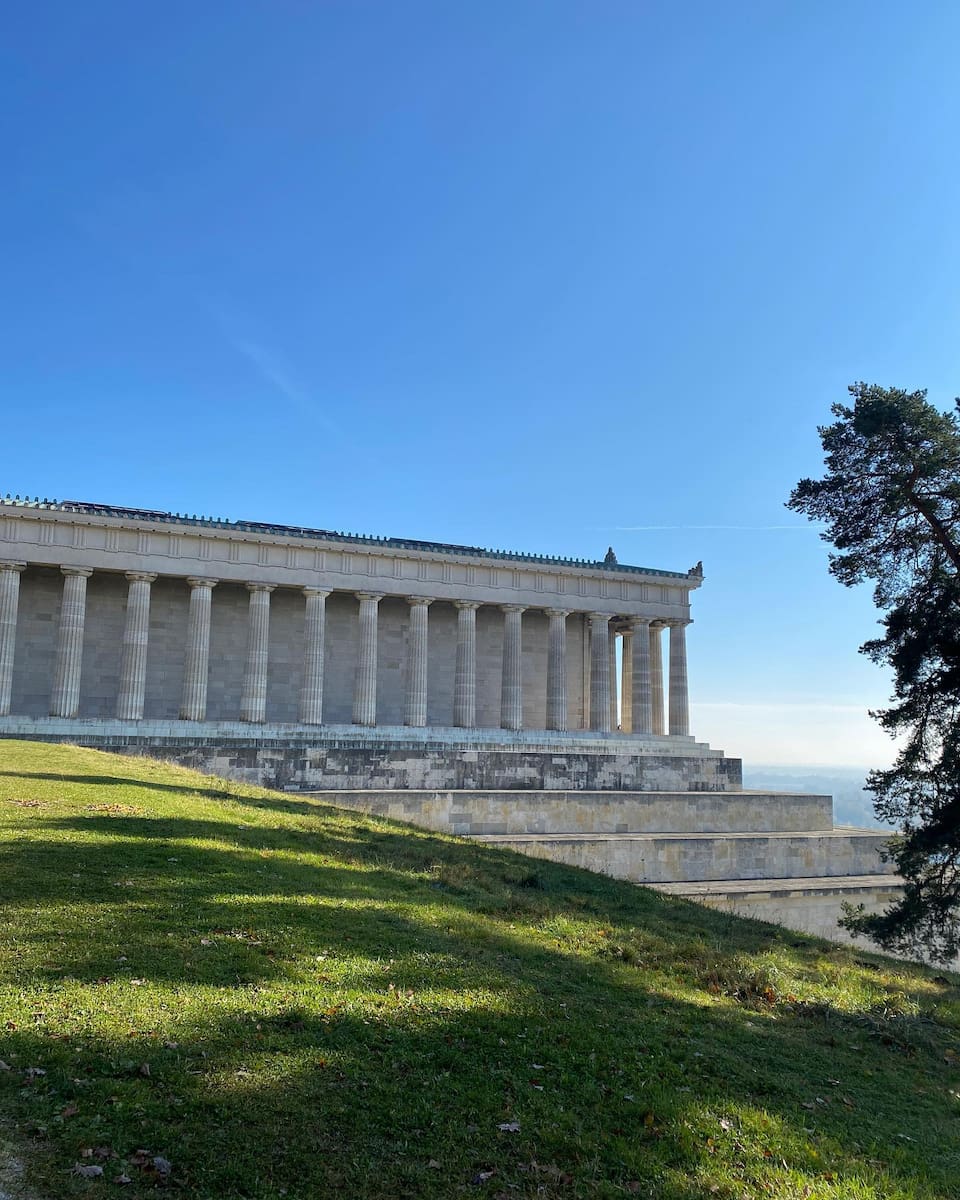
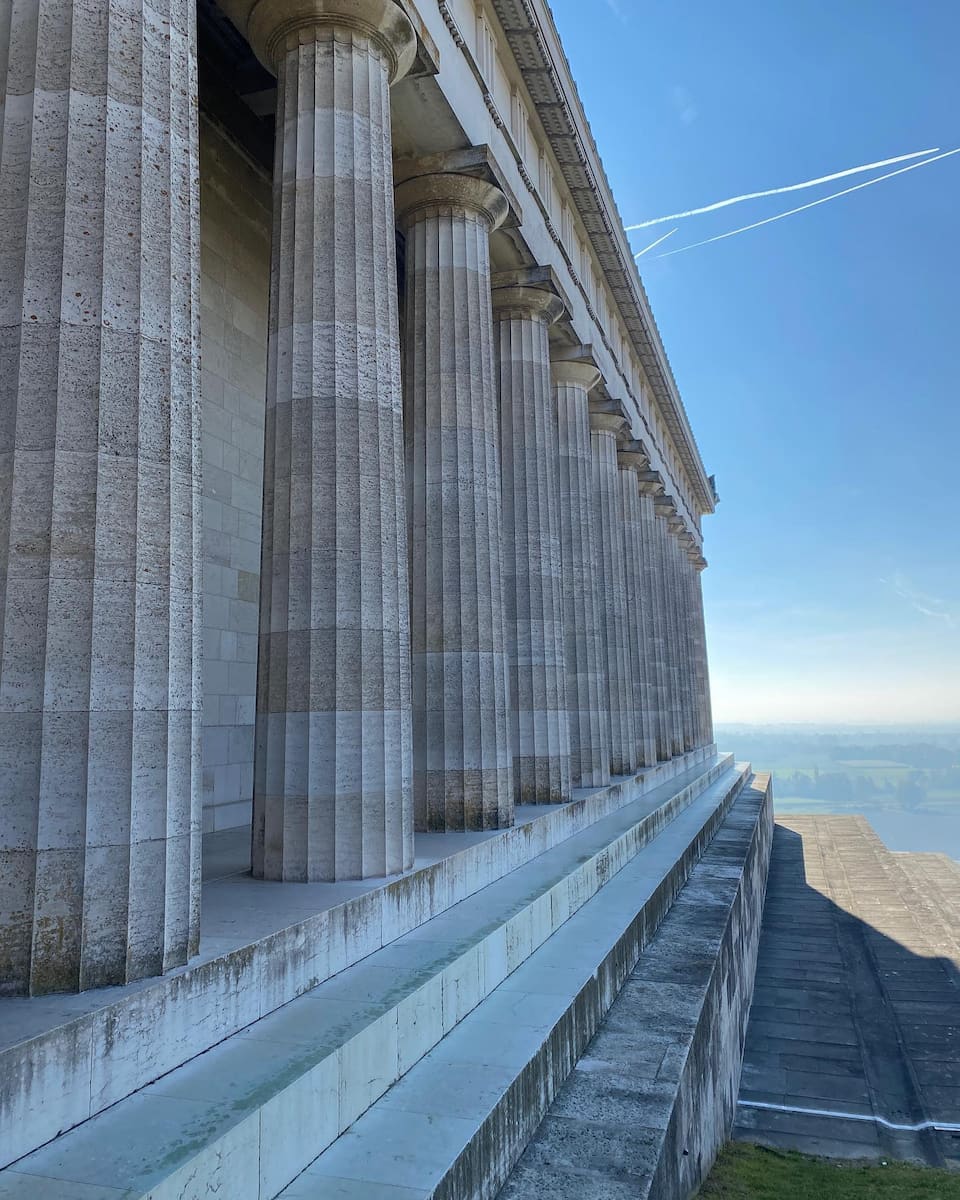
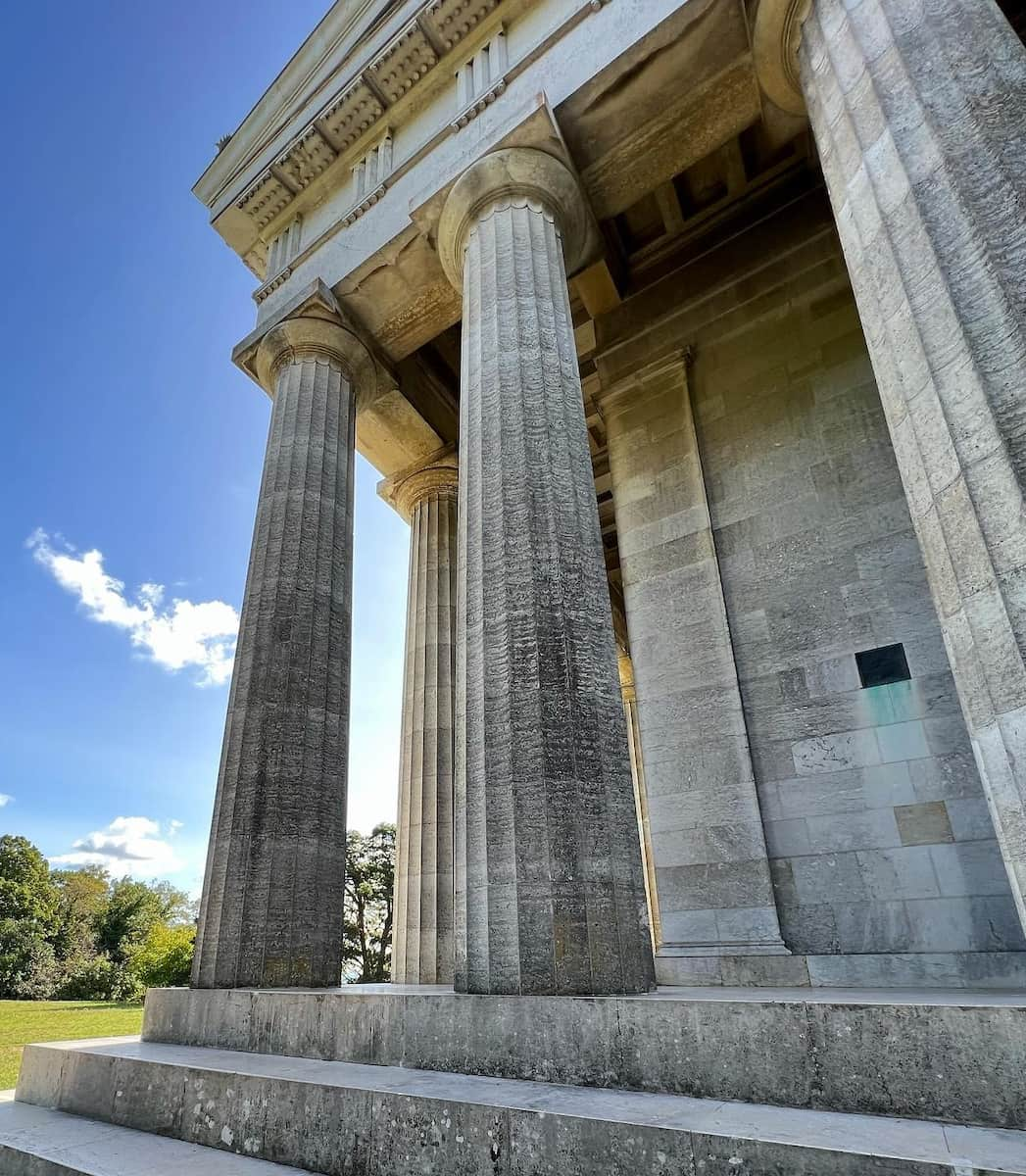
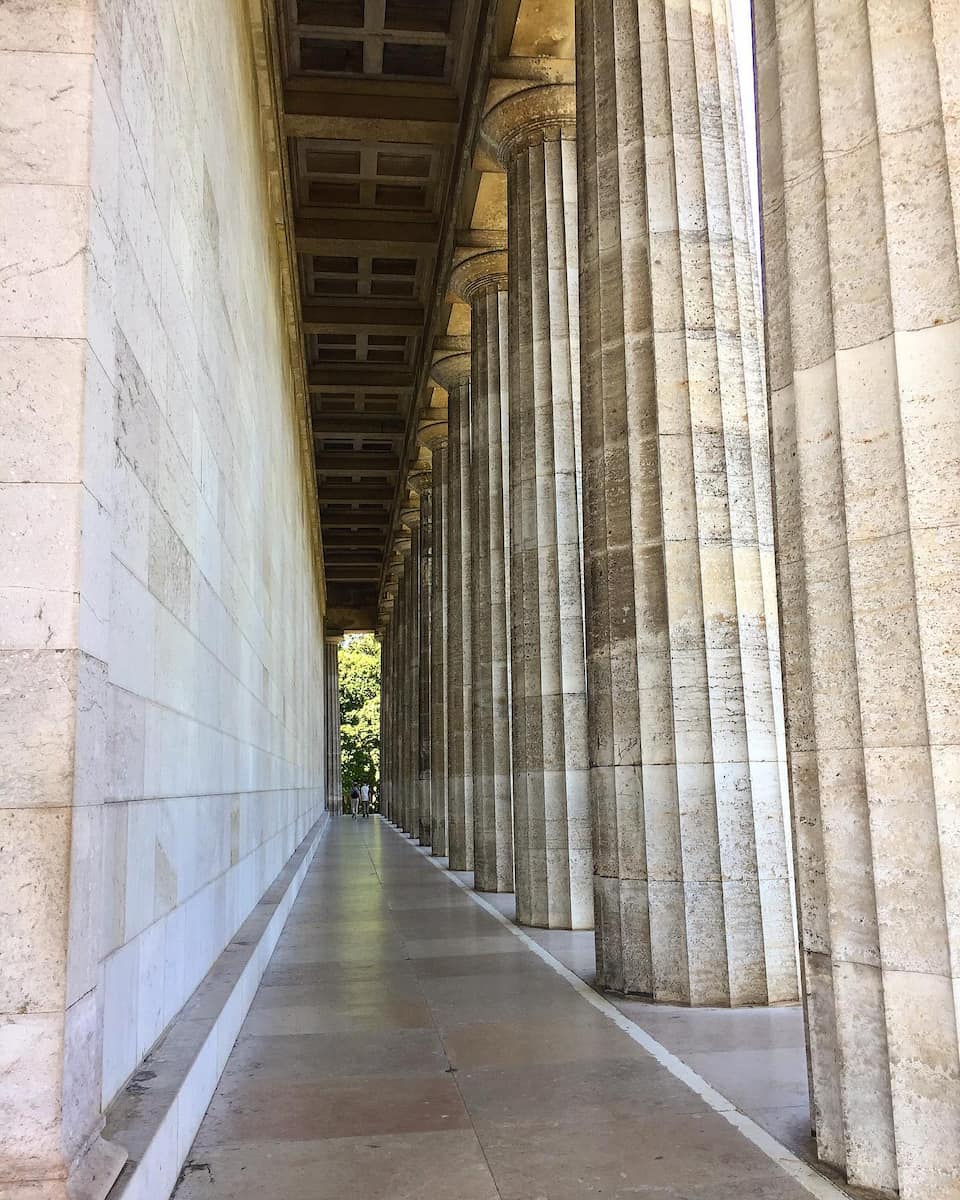
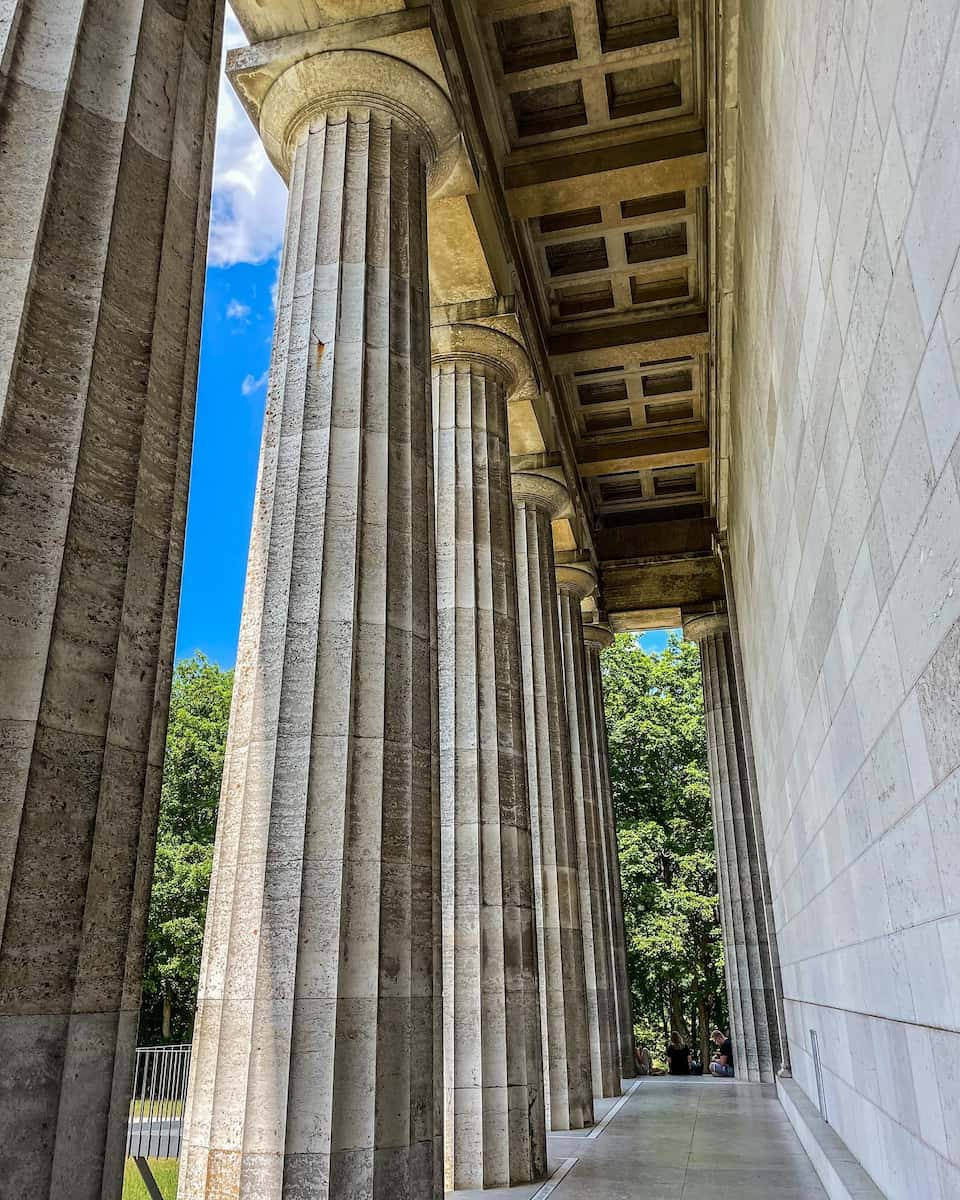
Panoramic Views: The views alone are worth it! Perched high above the river, you can see for miles over Bavaria’s rolling hills. It’s also a fantastic spot for those who love hiking or picnicking with breathtaking scenery as your backdrop.
Insider Tip: Wear comfortable shoes! The climb up to Walhalla can be steep, but it’s well worth it once you reach the top. Bring water if visiting during summer months as it can get quite hot.
⭐ Best tour
- Regensburg: Sightseeing Cruise – Enjoy a pleasant and interesting sightseeing cruise on the Danube and discover the beauty of Regensburg. Listen to your guide provide information about the city, and pass by the famous Walhalla..
6. 🏛️ Porta Praetoria
Roman Relic: One of my favorite hidden gems in Regensburg is Porta Praetoria—an ancient Roman gate that dates back to AD 179! It’s one of those places where you can literally touch history as you walk through this incredible piece of Roman architecture still standing strong today.
Ancient Gateway: It’s one of only two surviving Roman gates north of the Alps, making it a must-see for history buffs. You can almost imagine Roman soldiers marching through this gate centuries ago as they guarded what was once an important frontier city.
Top Tip: Combine your visit here with a walking tour of Regensburg’s Old Town—it’s easy to explore both on foot within just a few hours!
⭐ Best tour
- Regensburg - Classic guided tour – You’ll explore a number of local highlights, from the medieval Old Town and the Regensburg Cathedral to the Old Stone Bridge and ancient Porta Praetoria. As you go, learn the stories behind the sights.
7. 🎨 Goliath House Mural
Artistic Icon: As you wander through Old Town, you’ll stumble upon this massive mural depicting David and Goliath on Goliathstrasse. It’s an iconic piece of art that has been part of Regensburg since the Middle Ages and adds a splash of color to your journey through town.
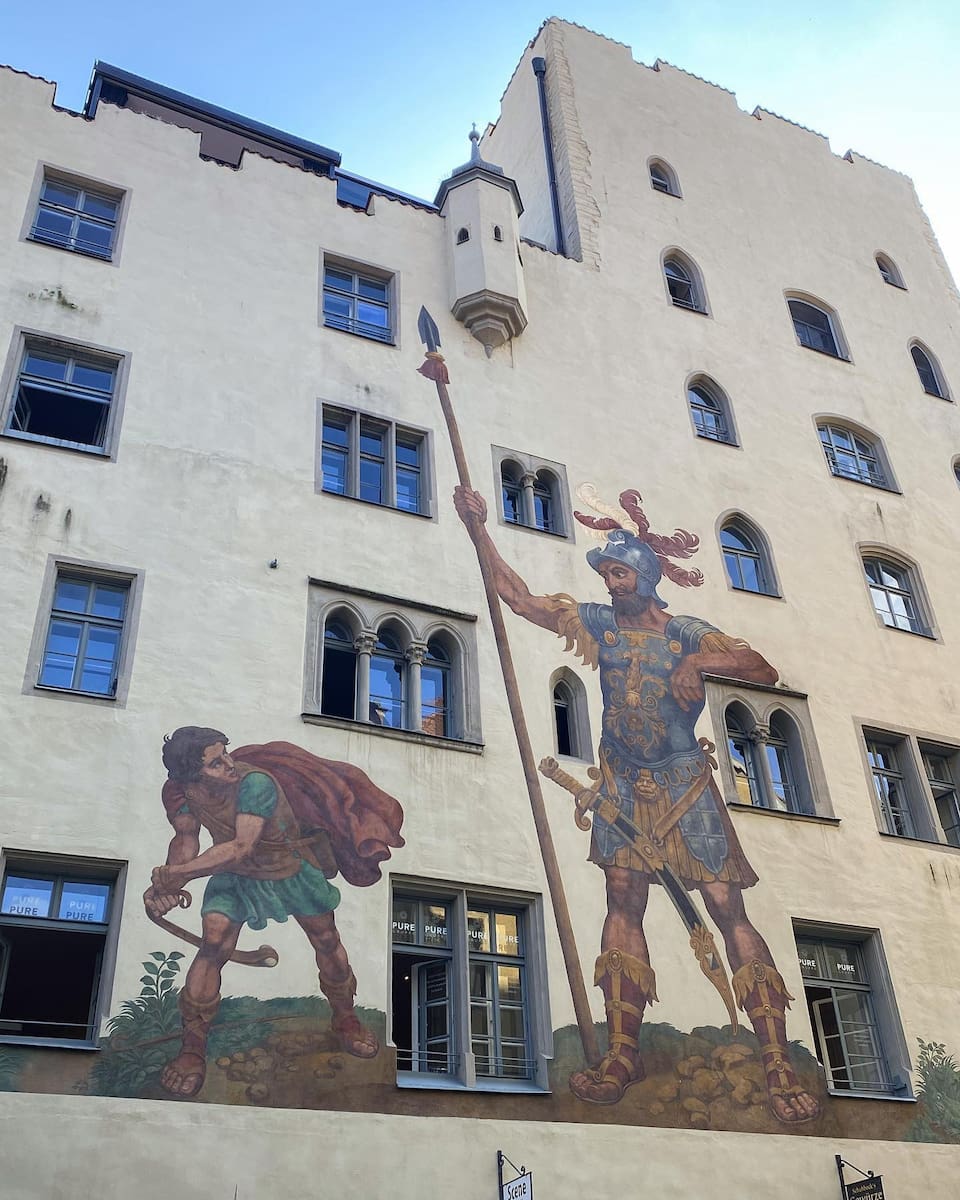
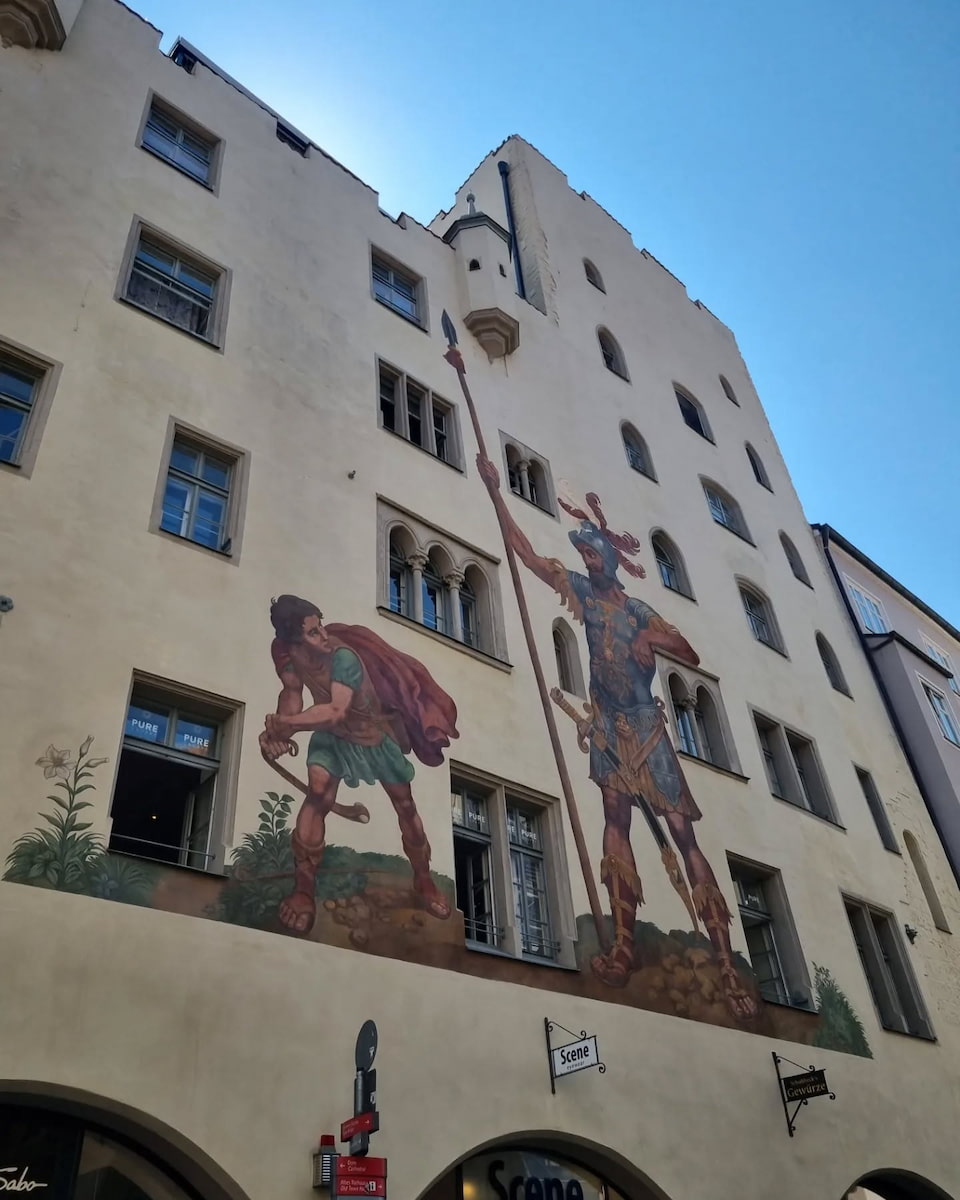
Cultural Highlight: The mural tells the biblical story of David defeating Goliath—a symbol often interpreted as representing underdogs triumphing over giants. It’s also a great photo op for those looking to capture unique street art while exploring Regensburg’s historic streets.
Top Tip: After snapping some photos here, grab a coffee at one of the nearby cafes—it makes for a perfect break spot during your walking tour!
⭐ Best tour
- Regensburg tour by little train – This 50 minute trip shows Regensburg from a very special perspective and offers the opportunity to discover the city on a leisurely boat trip.
8. 🏺 Regensburg Museum of History
Cultural Dive: If you want to dive deeper into Regensburg’s past, this museum is packed with artifacts from Roman times all the way through modern-day Bavaria. It’s an excellent stop for anyone interested in learning more about how this medieval city evolved over centuries.
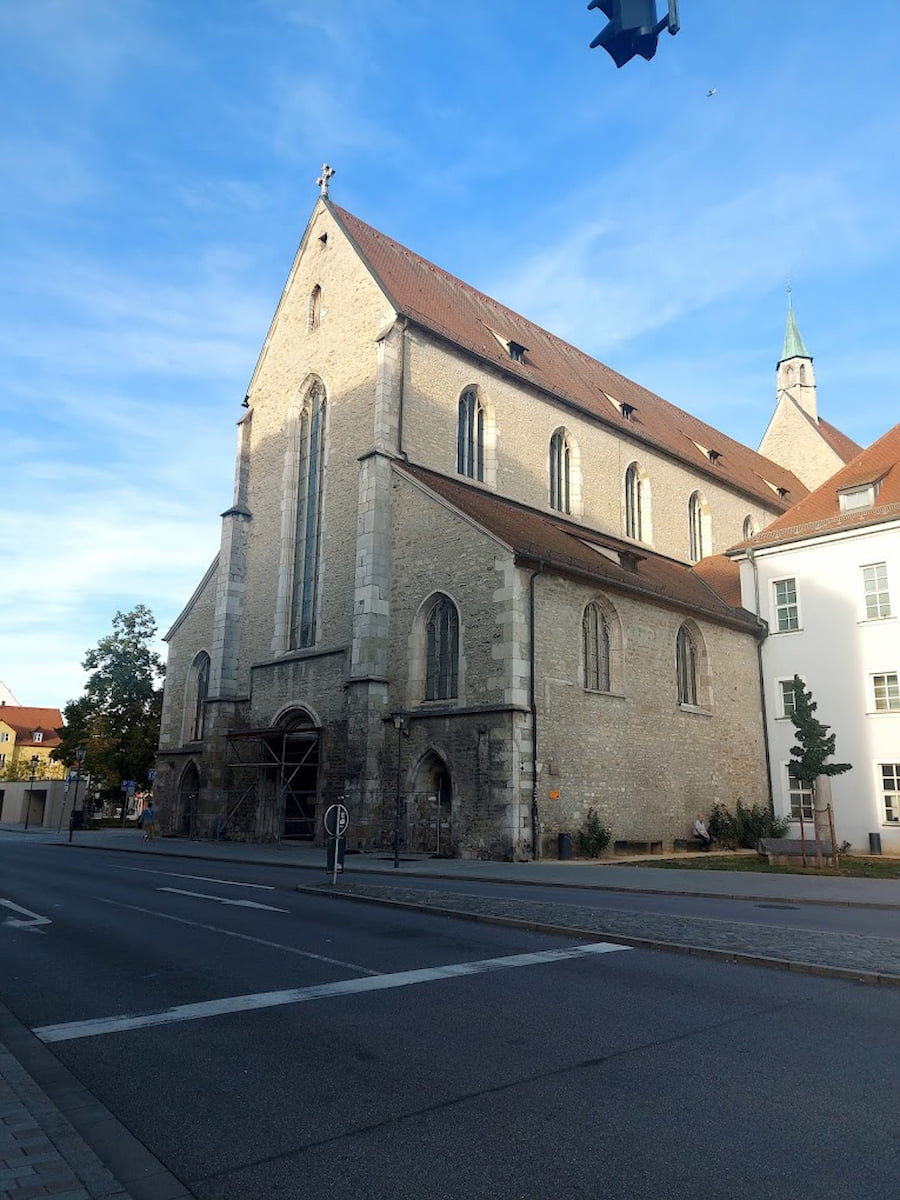
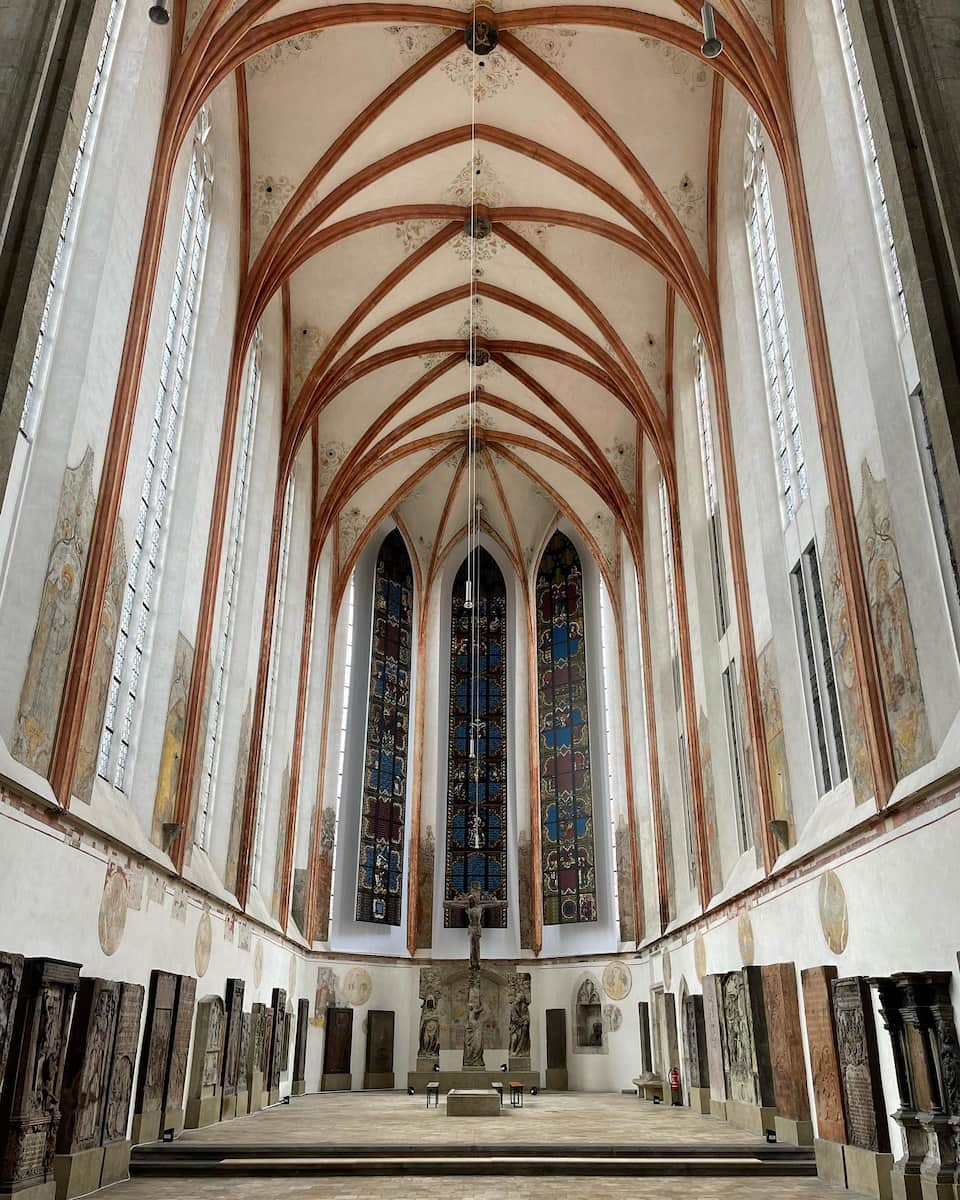
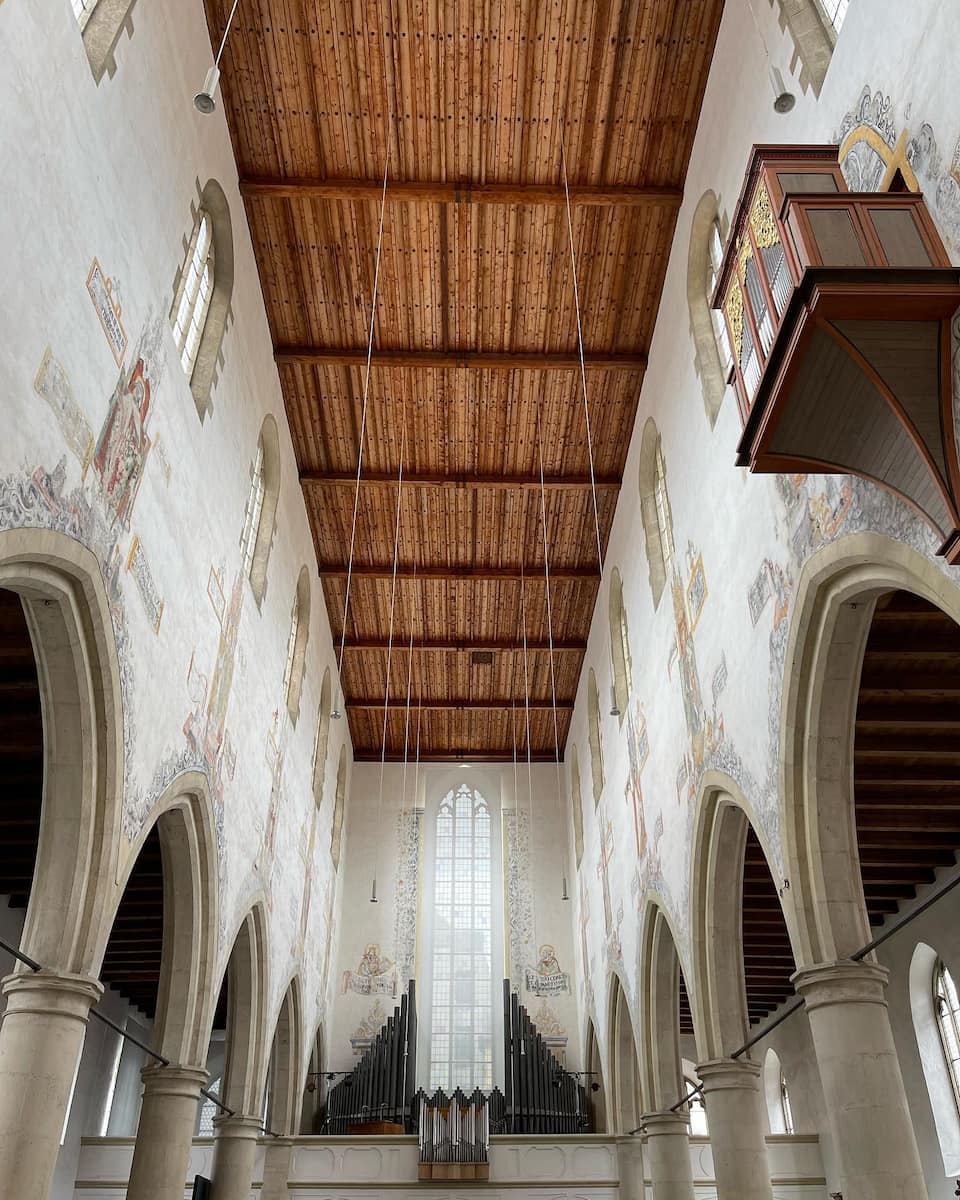
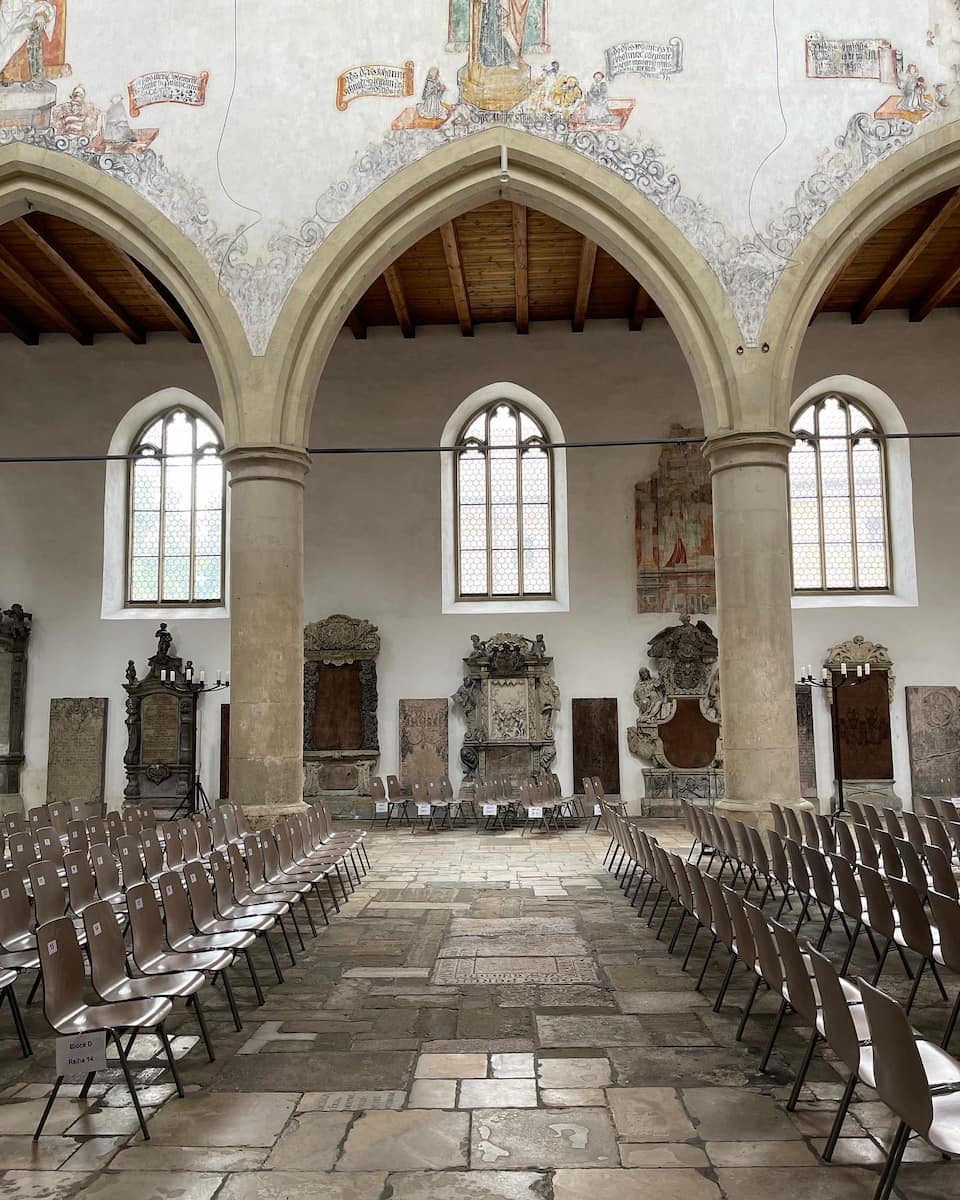
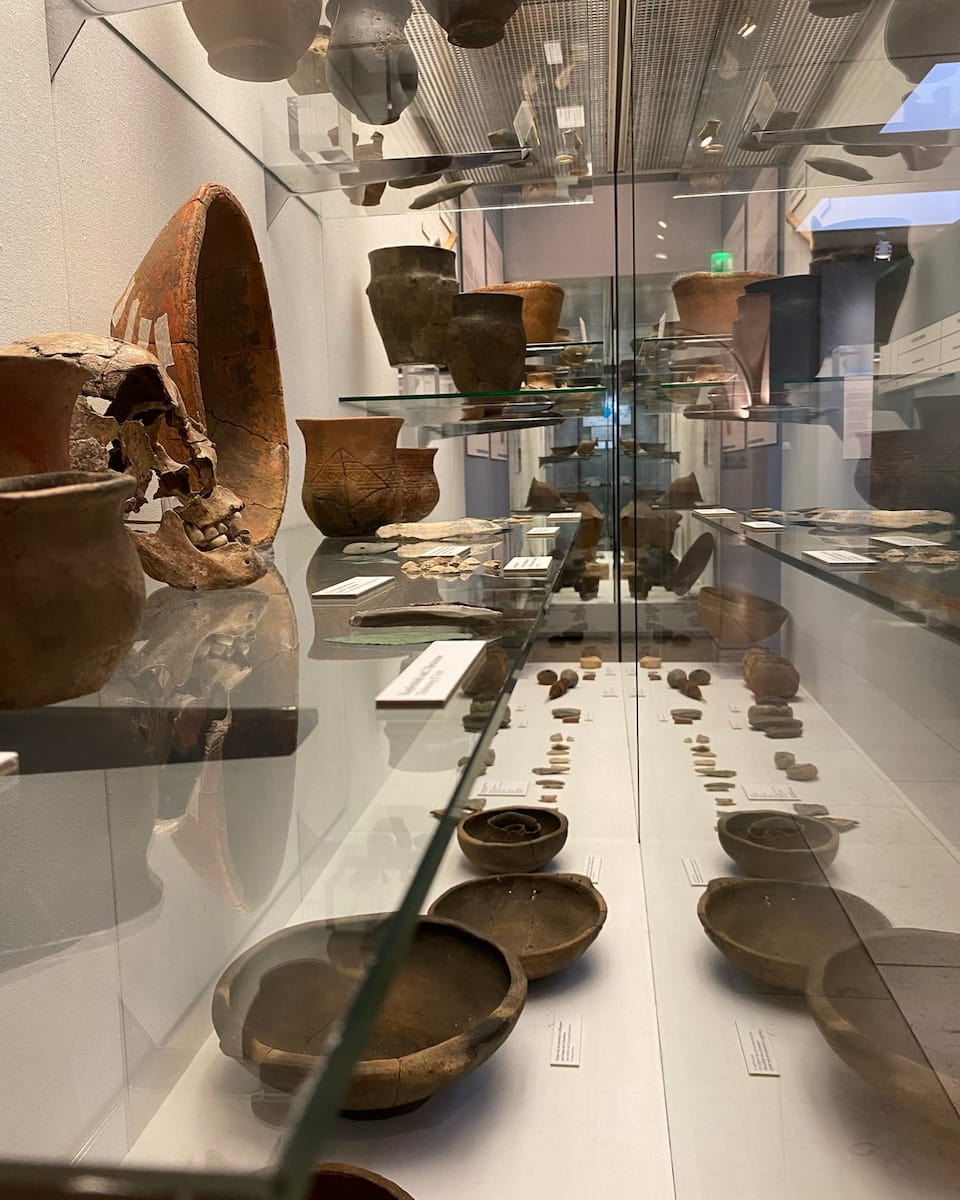
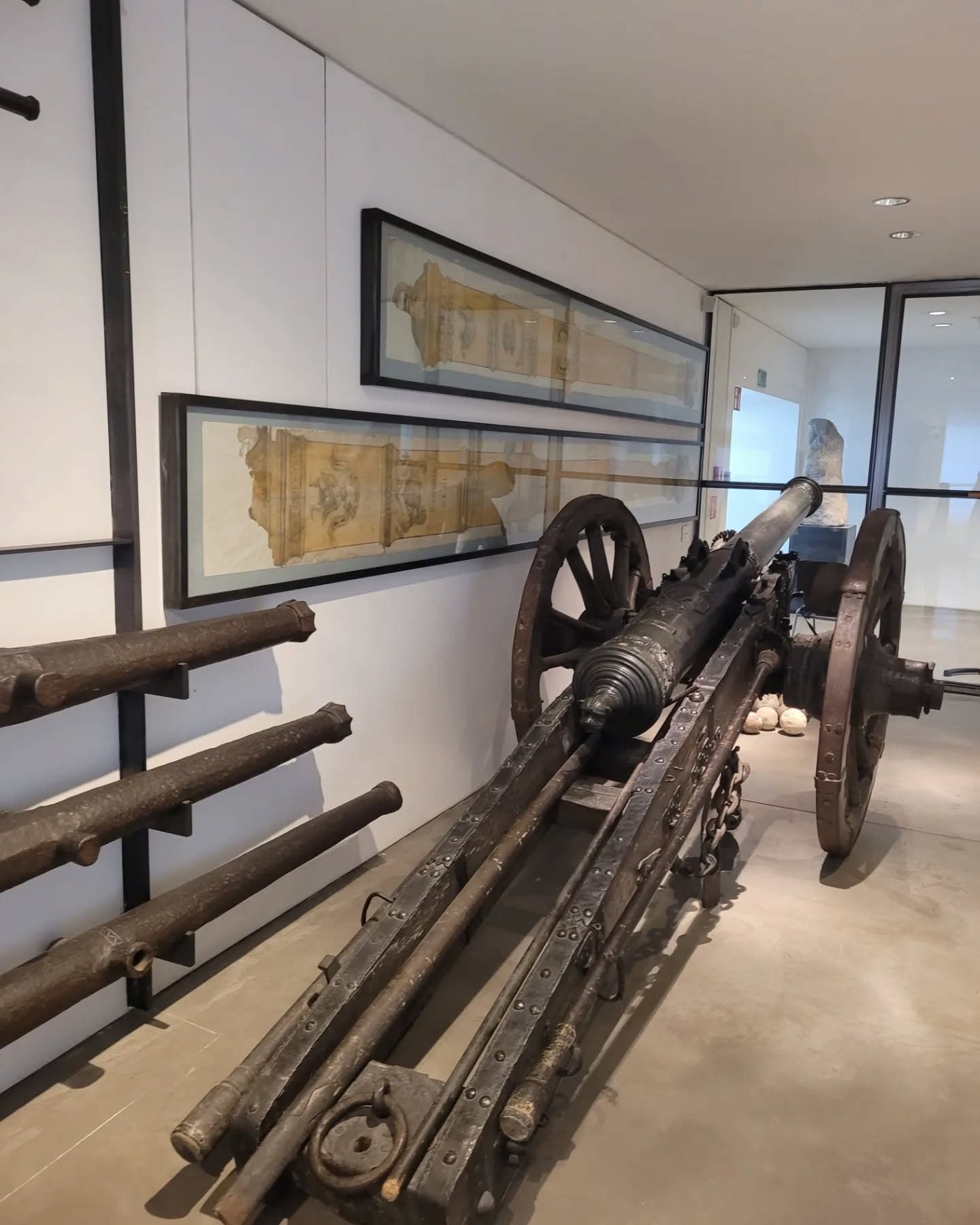
Historical Showcase: Exhibits include everything from ancient Roman busts to medieval relics from one of Germany’s most preserved medieval cities. You’ll leave with a much richer understanding of how Regensburg became such an important cultural hub throughout history.
Insider Tip: Plan at least two hours here if you’re really into history—there’s so much to see that it’s easy to lose track of time!
⭐ Best tour
- Regensburg: City Highlights Boat Tour – Learn about the rich history of Regensburg as you cruise along the Danube. Admire views of the Old Town and hear interesting facts about the city and region over the on-board loudspeaker.
9. 🕍 Jewish Quarter
Historical Insight: Regensburg’s Jewish Quarter offers another layer to its rich historical tapestry. Dating back to at least the 11th century, this area was once home to a thriving Jewish community before being destroyed in medieval times.
Cultural Significance: Today, you can still see remnants of this quarter—including archaeological digs that have revealed ancient synagogues and homes. It’s both sobering and fascinating—a reminder of how diverse communities shaped German history, even during difficult times.
Top Tip: Visit during quieter hours for reflection—you’ll get more out of your experience without large crowds around.
⭐ Best tour
- Regensburg: Private Walking Tour – Discover the rich history of Regensburg on a private walking tour and admire the monuments as you walk past them. Walk through the Old Town, see the town hall, Regensburger Dom, and more.
10. 🏛️ Old Town of Regensburg
Medieval Charm: The Old Town of Regensburg is like stepping into a time machine that takes you back to the Middle Ages. As you wander through its narrow, cobblestone streets, you’ll be surrounded by patrician towers, colorful facades, and charming squares like Haidplatz and Neupfarrplatz. This area is part of the UNESCO World Heritage Site, and it’s easy to see why—it’s one of the best-preserved medieval cities in Germany.
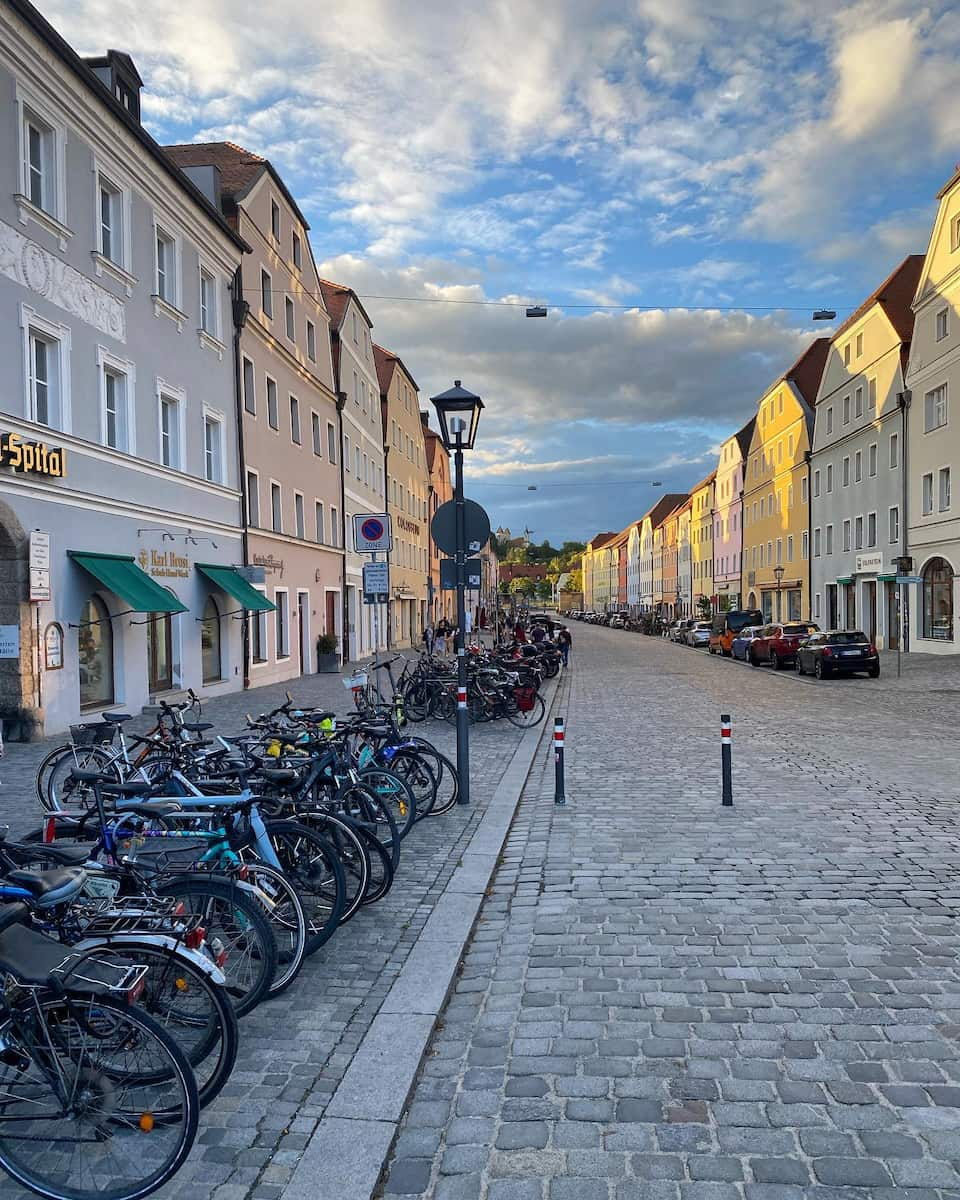
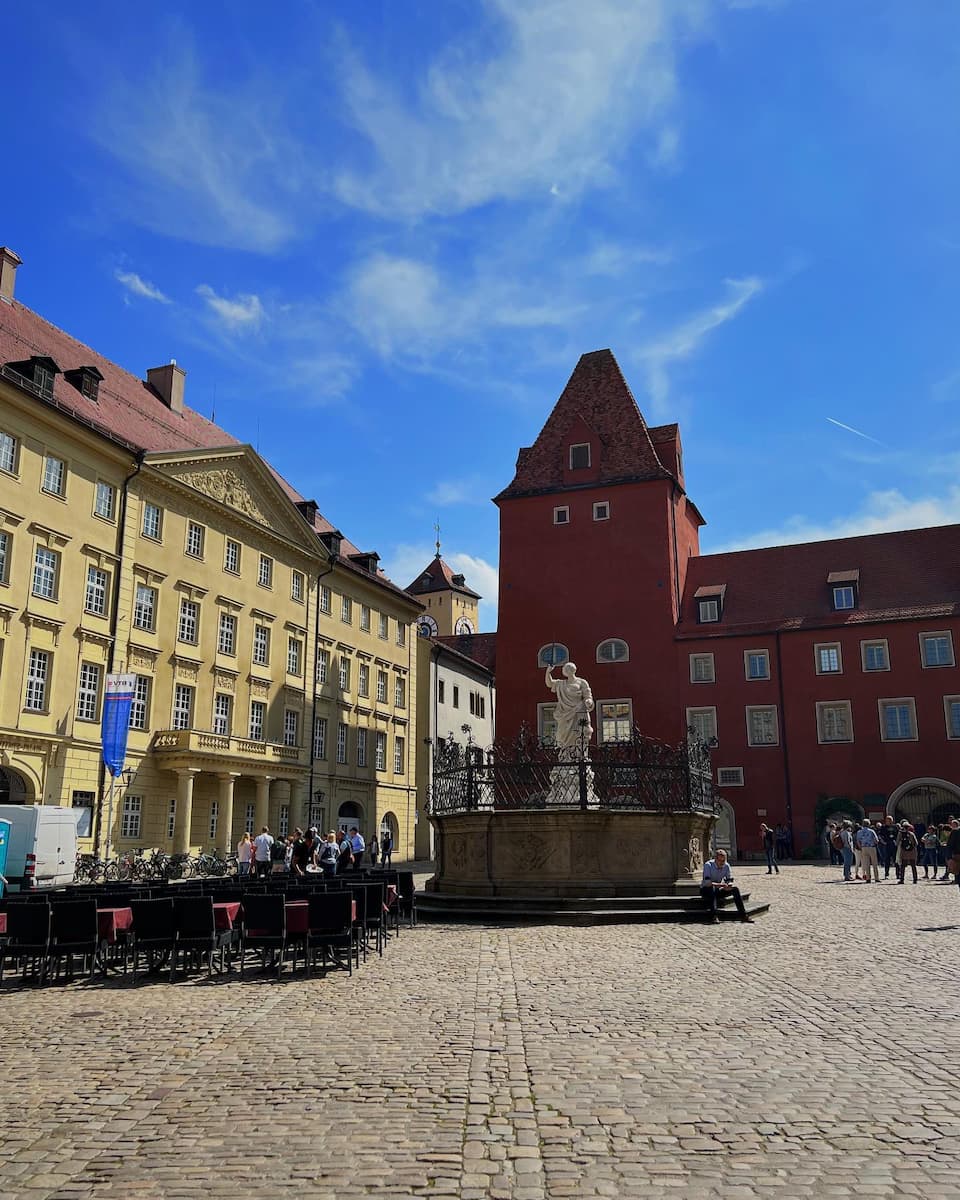
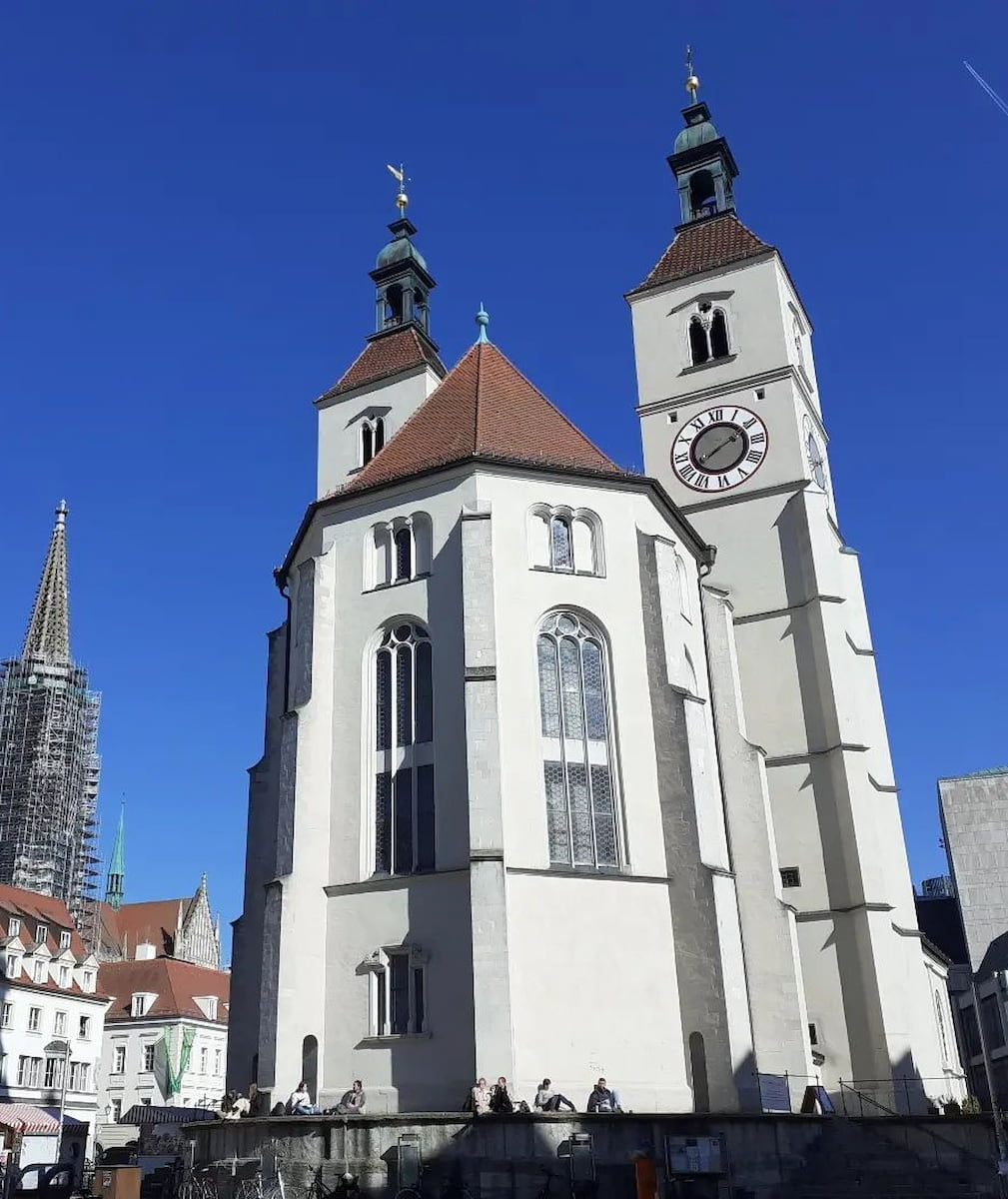
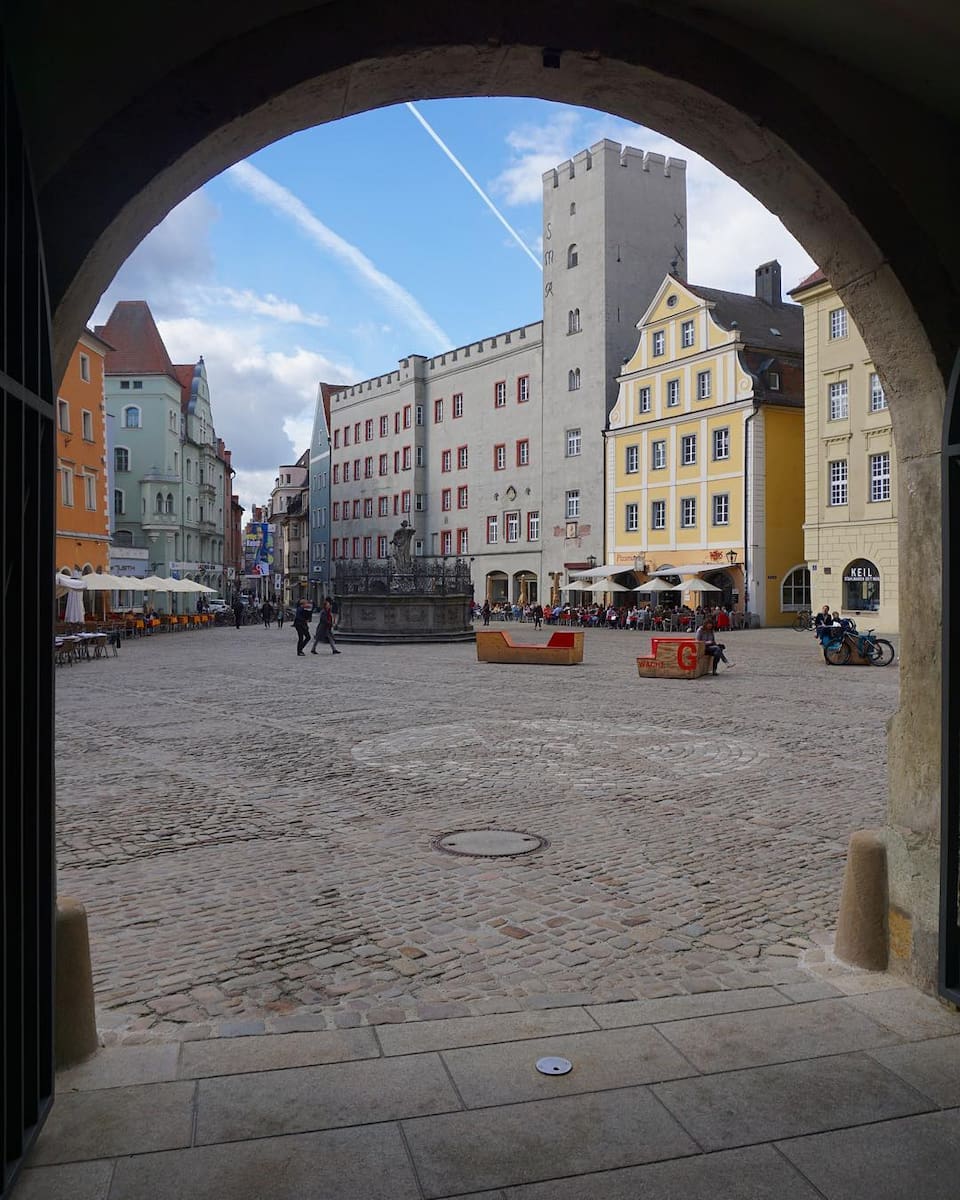
Cultural Highlights: Key landmarks include the Goliath House mural, which depicts the famous biblical battle between David and Goliath, and the Roman Tower, one of the oldest structures in Regensburg. Don’t miss the Kepler House Museum, dedicated to the life and work of the famous astronomer Johannes Kepler, who lived in this city during the 17th century.
Top Tip: If you’re looking to avoid crowds, explore early in the morning or late afternoon. The Old Town is also a great place to stop for lunch—there are plenty of cozy cafes and restaurants where you can enjoy traditional Bavarian dishes while soaking up the historical atmosphere.
⭐ Best tour
- Regensburg - Classic guided tour – Embark on a journey to discover one of Germany’s most historic cities. Explore the medieval Old Town, the Regensburg Cathedral, the Old Stone Bridge & the Porta Praetoria dating back to 2nd century.
Seasonal Activities in Regensburg
❄️ Winter: Christmas Markets & Ice Skating
Festive Magic: Winter in Regensburg is nothing short of magical. The city transforms into a winter wonderland with its famous Christmas markets, which are some of the best in Bavaria. The most popular is the Thurn and Taxis Christmas Market, held within the palace grounds from late November through December. It’s like stepping into a fairy tale, with twinkling lights, traditional Bavarian crafts, and the smell of mulled wine filling the air.

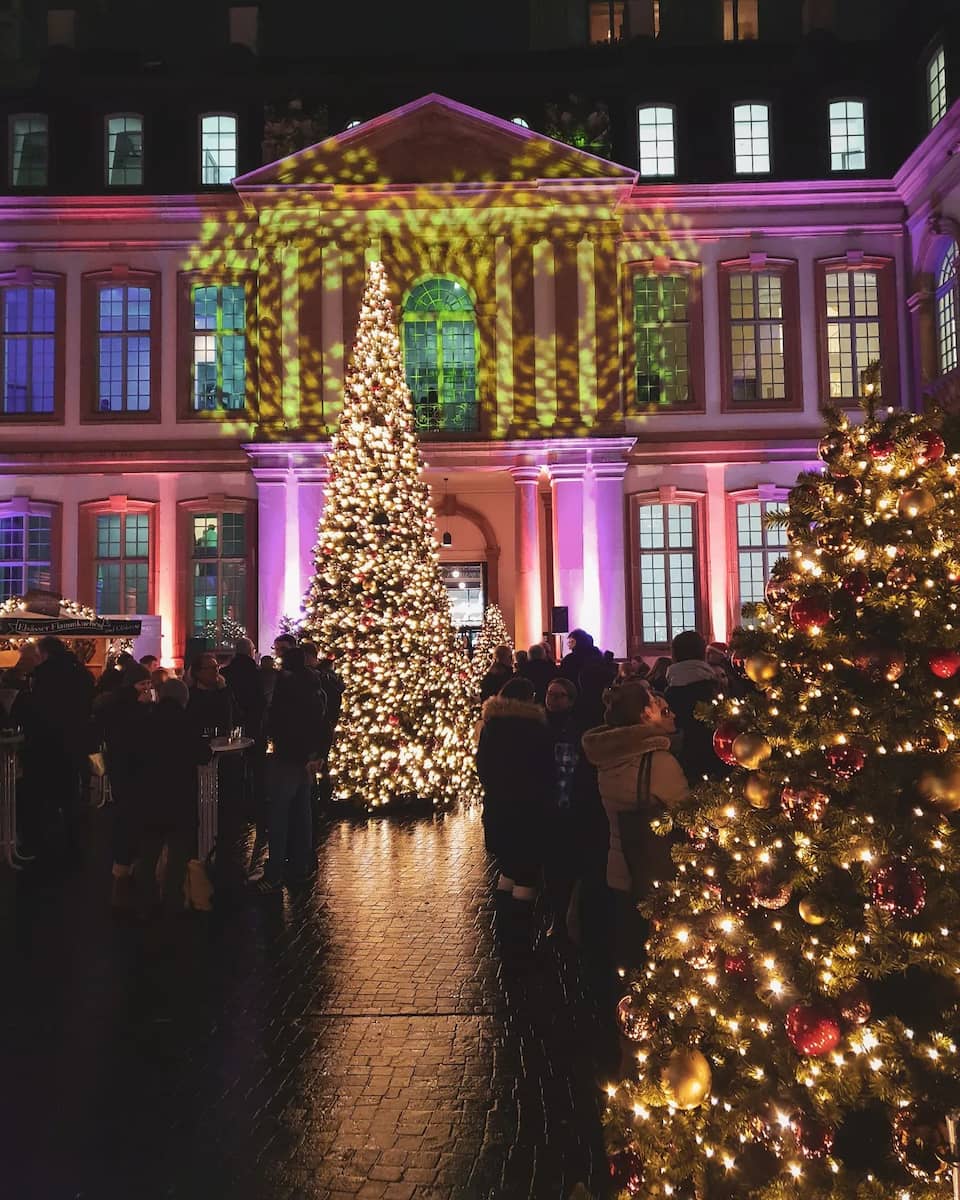
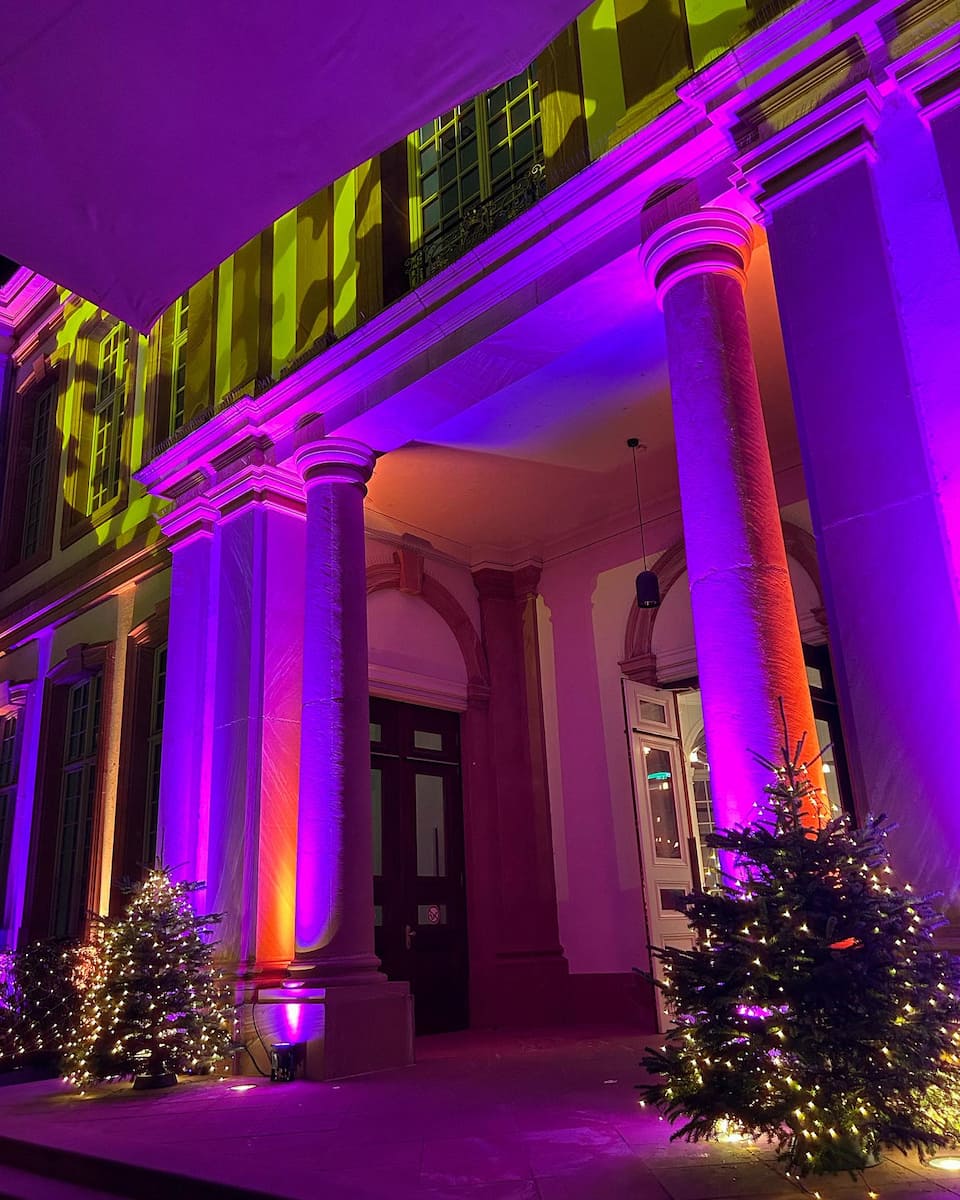
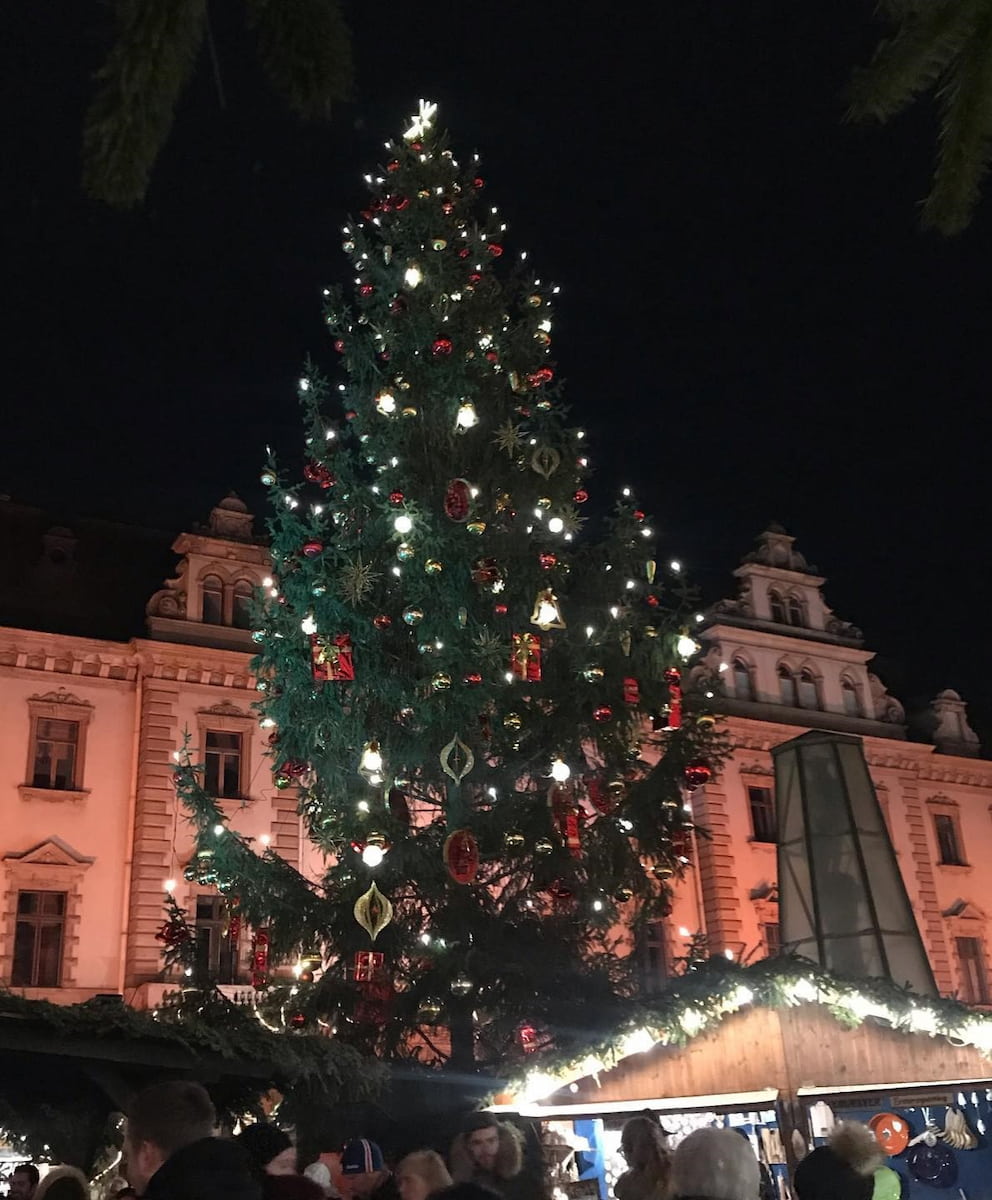
Fun on Ice: If you’re looking for more fun things to do, head over to Neupfarrplatz, where you can enjoy ice skating with a view of Regensburg’s historic buildings. It’s a perfect spot for families or anyone wanting to embrace the festive spirit.
Top Tip: Visit the markets on weekday evenings to avoid the weekend crowds and enjoy a more relaxed experience. Don’t forget to try the local delicacies like Lebkuchen (gingerbread) and roasted chestnuts!
🌸 Spring/Summer: Boat Trips & Biergartens
Along the Danube: As soon as spring arrives, Regensburg comes alive with outdoor activities. One of the best ways to explore is by taking a boat trip along the Danube River. These trips offer stunning views of the city’s skyline, including iconic landmarks like the Old Stone Bridge and St. Peter’s Cathedral. You can also take longer cruises that head toward nearby attractions like Walhalla Memorial.
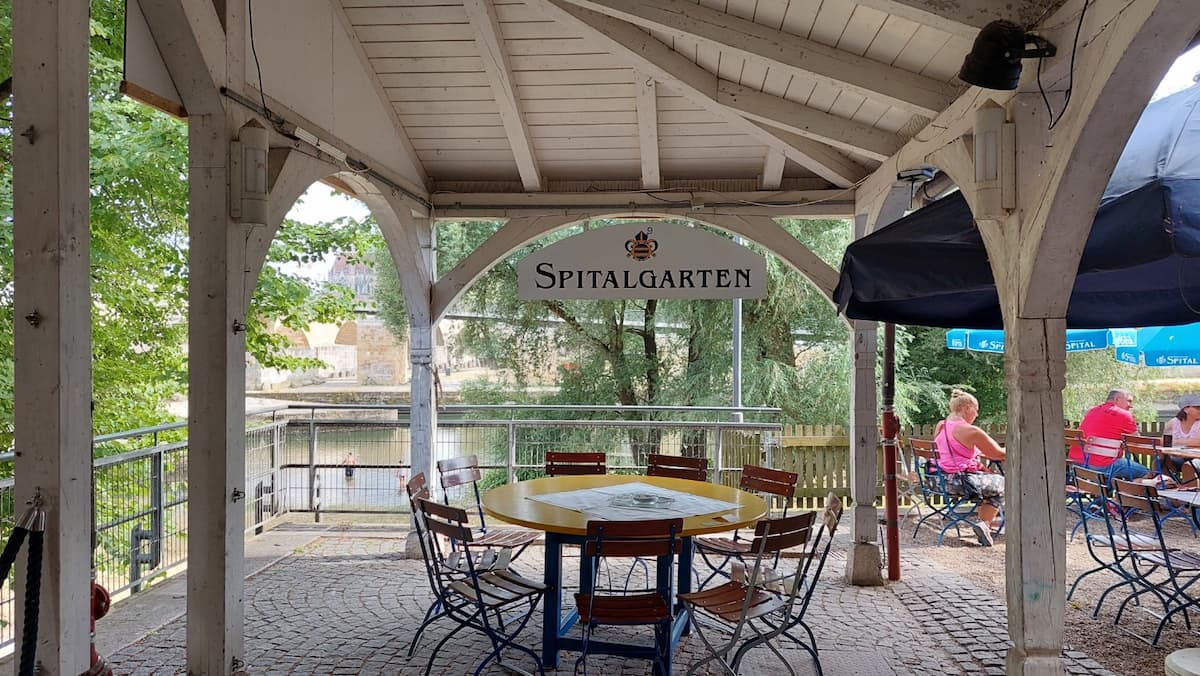
Bavarian Beer Gardens: Summer is all about enjoying the sunshine in one of Regensburg’s many outdoor biergartens. Head to places like Spitalgarten, located right by the river, where you can sip on local brews while taking in views of the city’s medieval architecture.
Insider Tip: For a quieter experience, opt for an early morning boat trip when the river is calm and peaceful—perfect for photography enthusiasts!
🍁 Fall: Harvest Festivals & Walking Tours
Autumn Colors & Celebrations: Fall in Regensburg means harvest festivals! One of the most popular events is Herbstfest, where locals celebrate with food stalls, music, and plenty of beer. It’s a great way to experience Bavarian culture at its best.
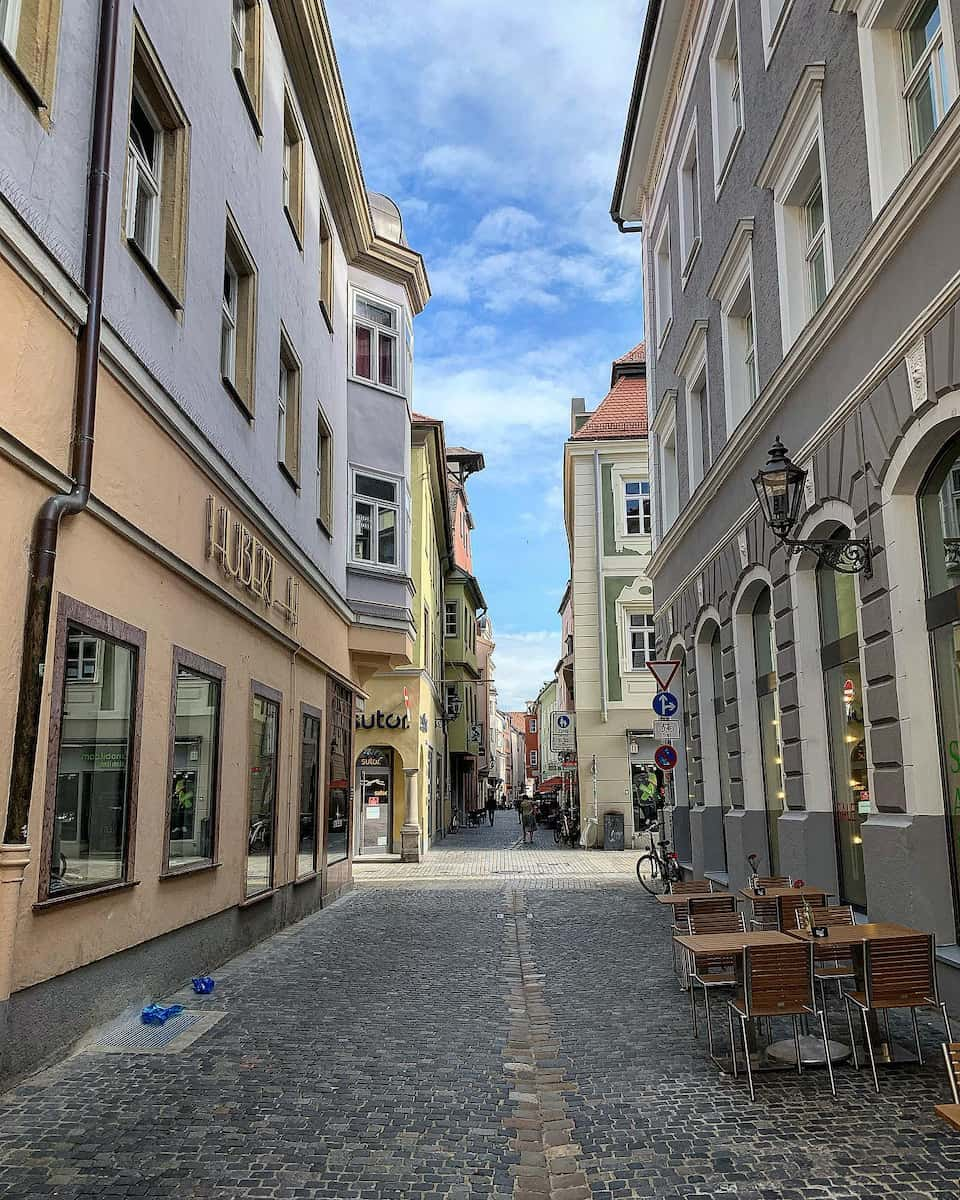
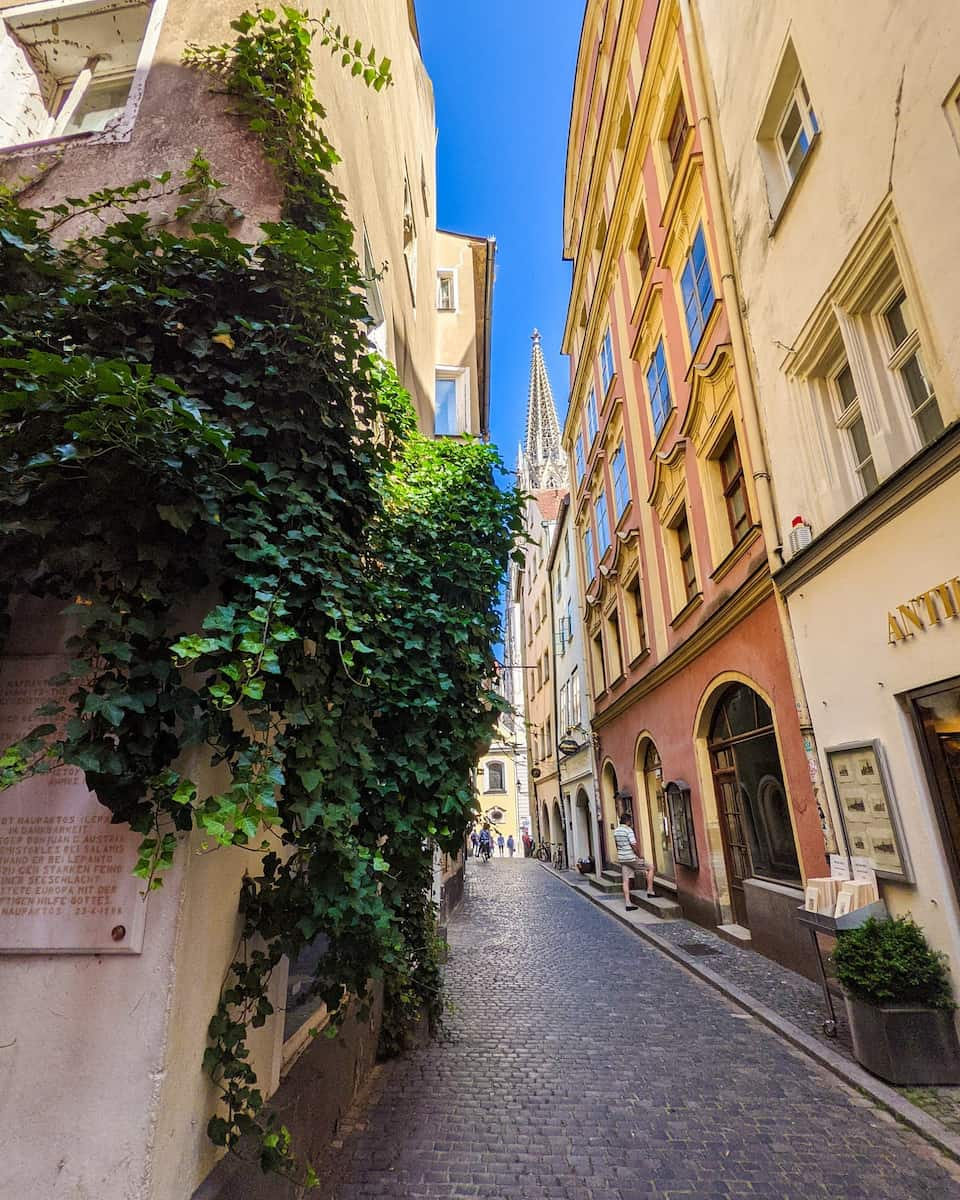
Walking Through History: Fall is also an ideal time for walking tours around Regensburg’s Old Town. The cooler weather makes it perfect for exploring landmarks like the Goliath House mural, Roman Tower, and hidden courtyards that date back to medieval times.
Top Tip: Don’t miss out on the seasonal produce at local markets—autumn is prime time for fresh apples, pumpkins, and other delicious treats!
Historical Landmarks & Museums
1. 🏰 St. Emmeram’s Abbey and Schloss Thurn und Taxis
Royal Splendor: St. Emmeram’s Abbey, originally a Benedictine monastery founded in 739, is now part of the grand Schloss Thurn und Taxis. The palace is one of the largest privately inhabited residences in Germany, boasting over 500 rooms! Once you step inside, you’ll be transported to a world of aristocratic luxury, with opulent state rooms, a beautiful baroque church, and even a princely crypt chapel.
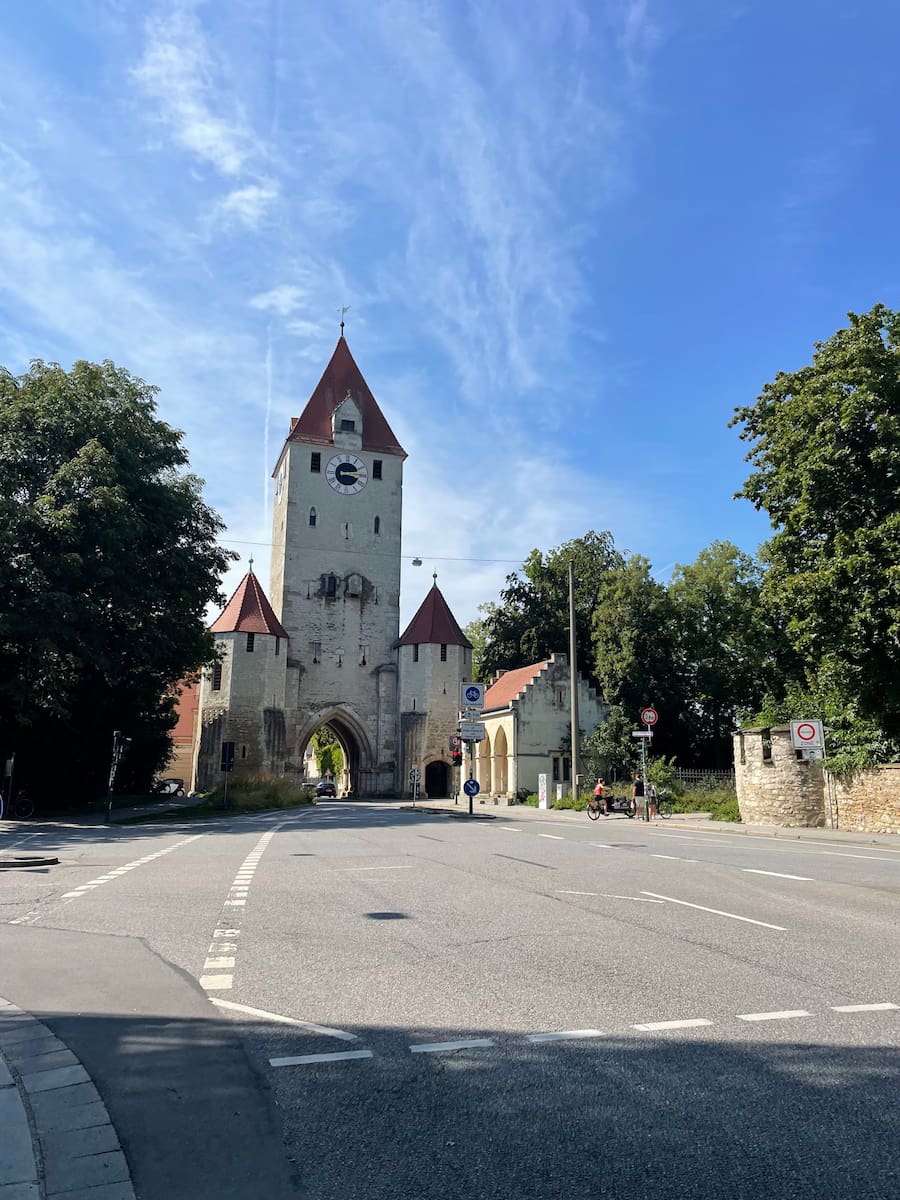
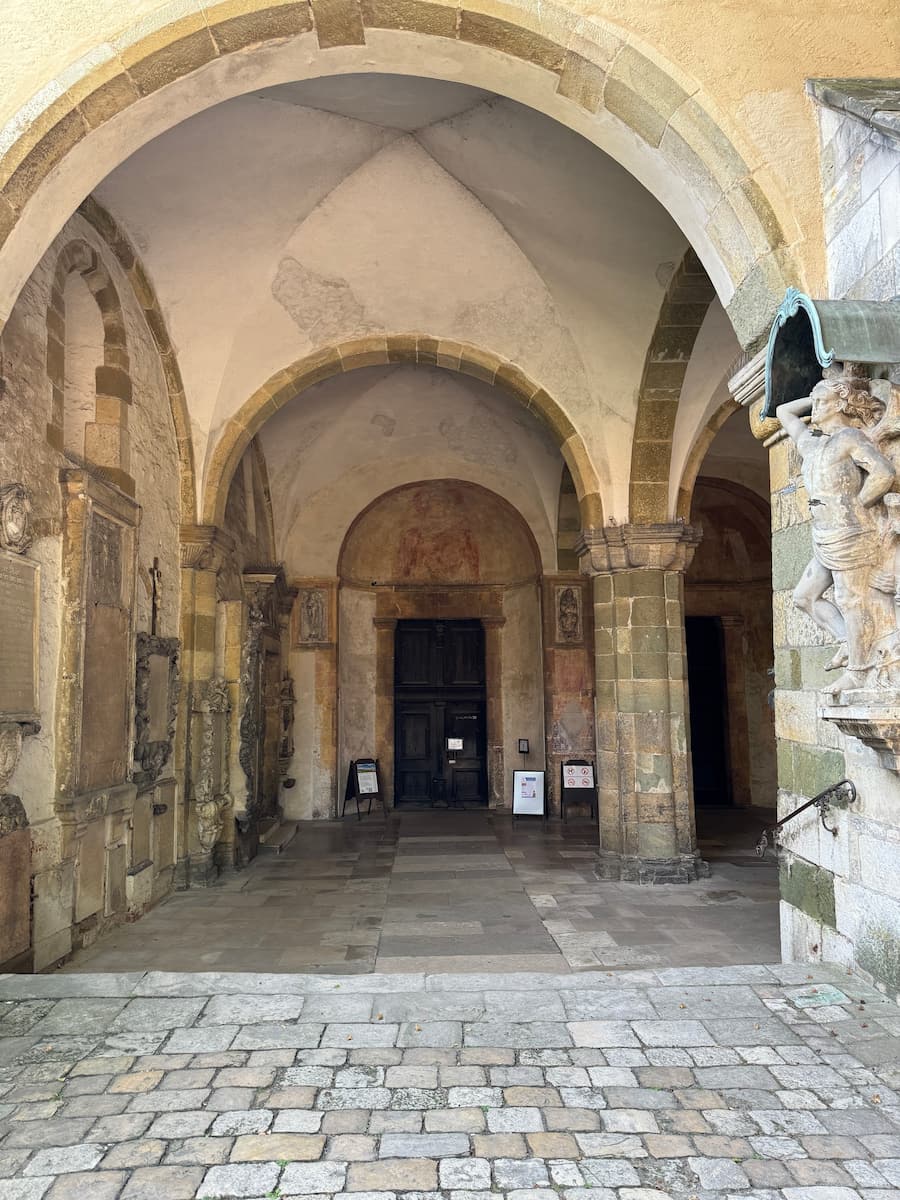
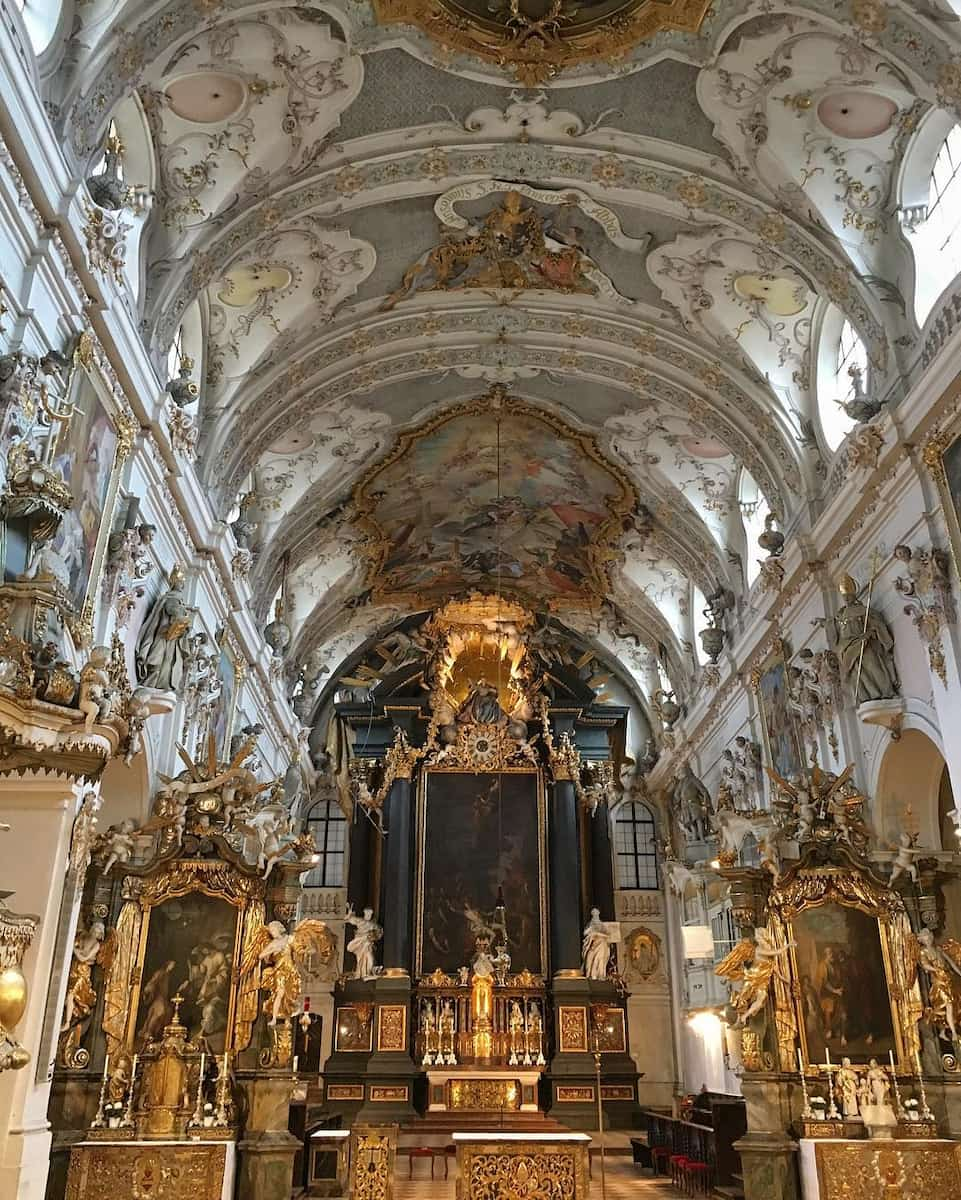
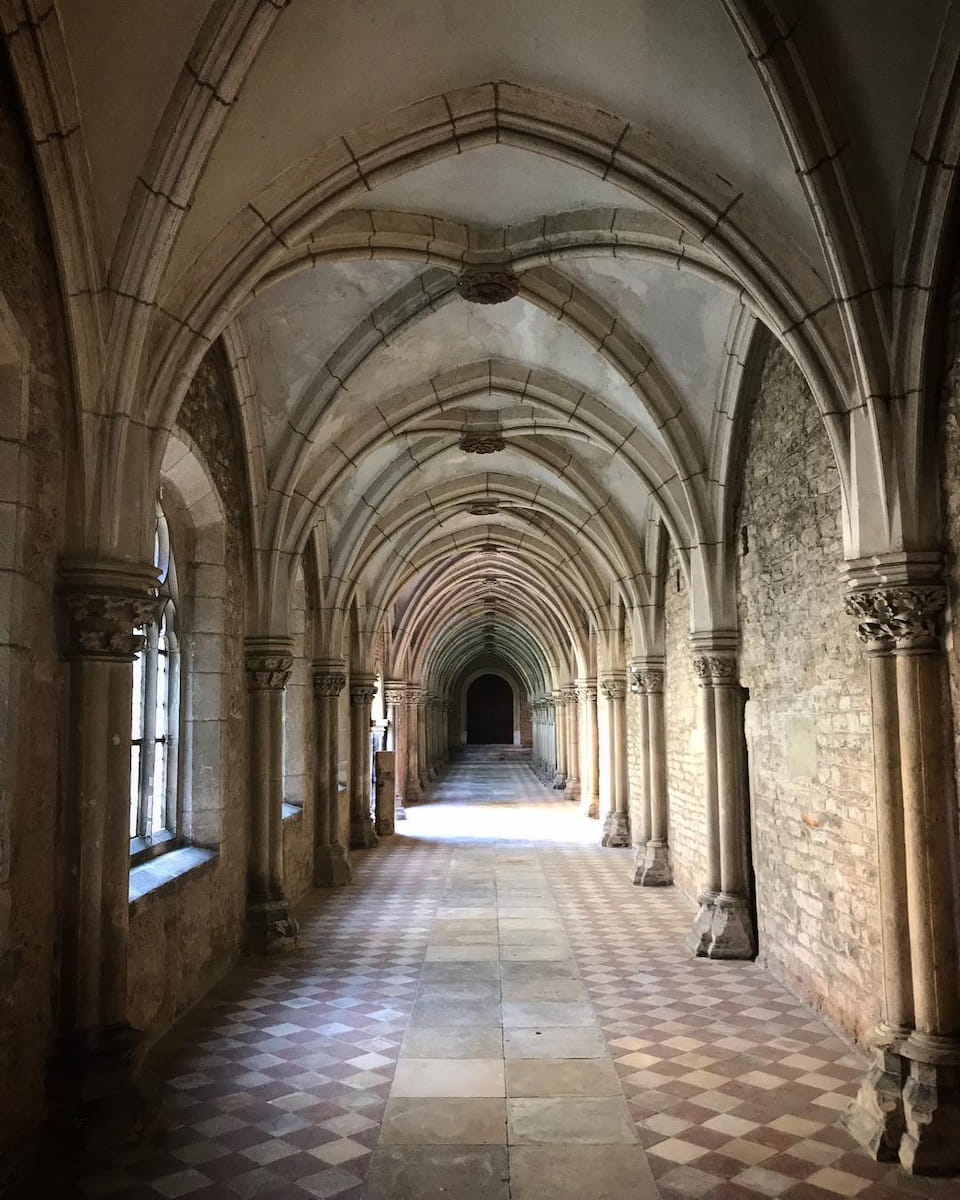
Cultural Insight: The abbey itself has a long history dating back to the Middle Ages, and was later transformed into the residence of the Thurn und Taxis family in the 19th century. The Schloss Thurn und Taxis complex is a must-see for anyone interested in both religious and royal history.
Top Tip: Don’t miss their Christmas market, one of the most magical in Bavaria, held within the palace grounds from late November through December. It’s a fantastic way to experience both history and holiday cheer!
2. 🏛️ Museum of Bavarian History
Modern Meets History: Opened in 2019, the Museum of Bavarian History is one of Regensburg’s newest attractions. This museum offers an engaging look at Bavaria’s cultural and political history from the 19th century to today. With interactive exhibits and multimedia presentations, it’s perfect for visitors who want to understand how Bavaria became what it is today.
Why Visit? The museum covers everything from Bavarian traditions to modern-day innovations. You’ll find exhibits on topics like Oktoberfest, Bavarian kings, and even contemporary pop culture.
Insider Tip: Plan your visit around one of their rotating special exhibits—they often focus on fascinating niche topics like Bavarian beer culture or regional craftsmanship.
3. 🏺 Regensburg Museum of History
Historical Showcase: Housed in a former Minorite monastery, the Regensburg Museum of History spans from prehistoric times to the 19th century. This museum offers an extensive collection of artifacts that shed light on Regensburg’s evolution through the ages—from its days as a Roman military outpost (Castra Regina) to its role as a bustling medieval trade hub.
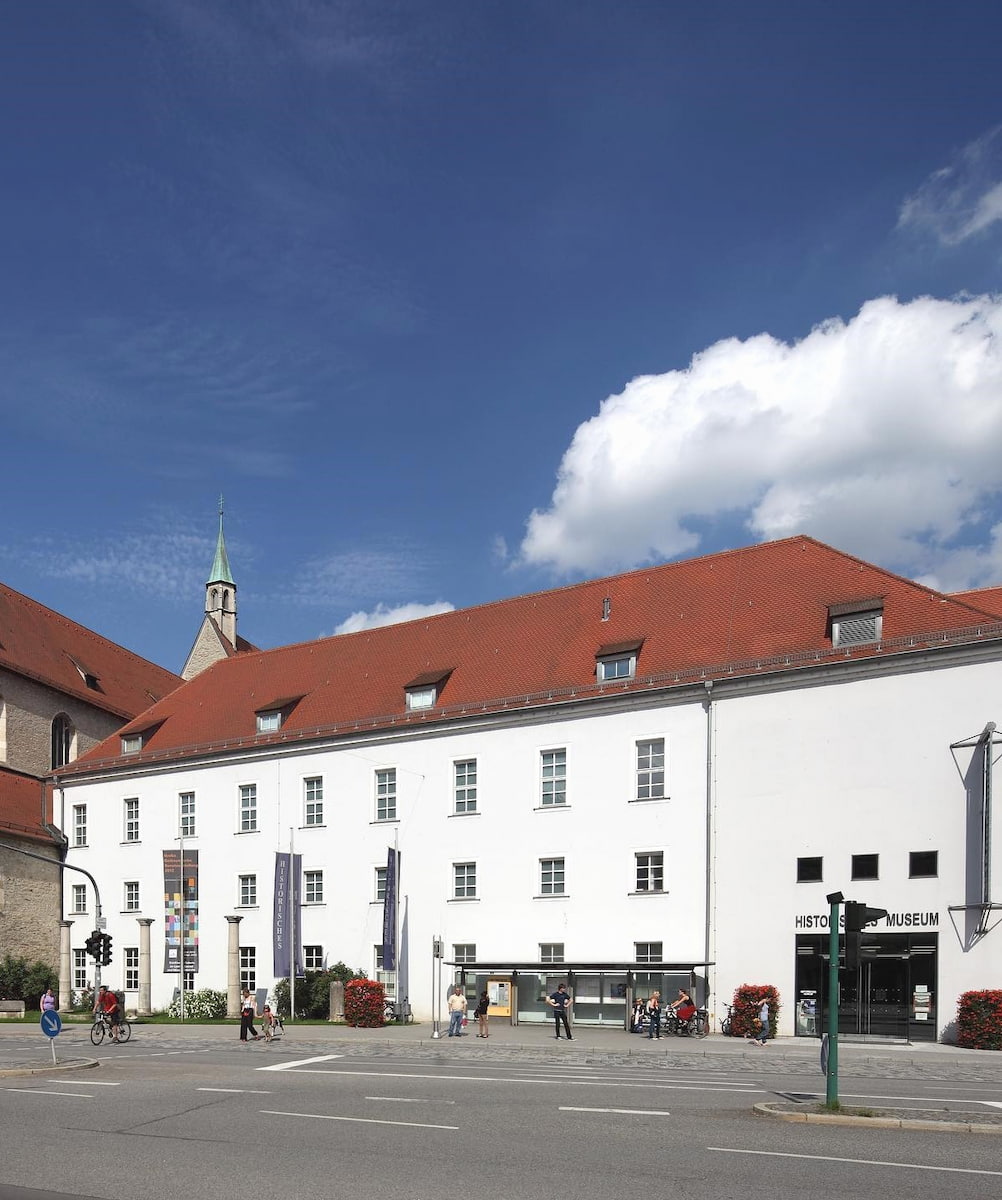
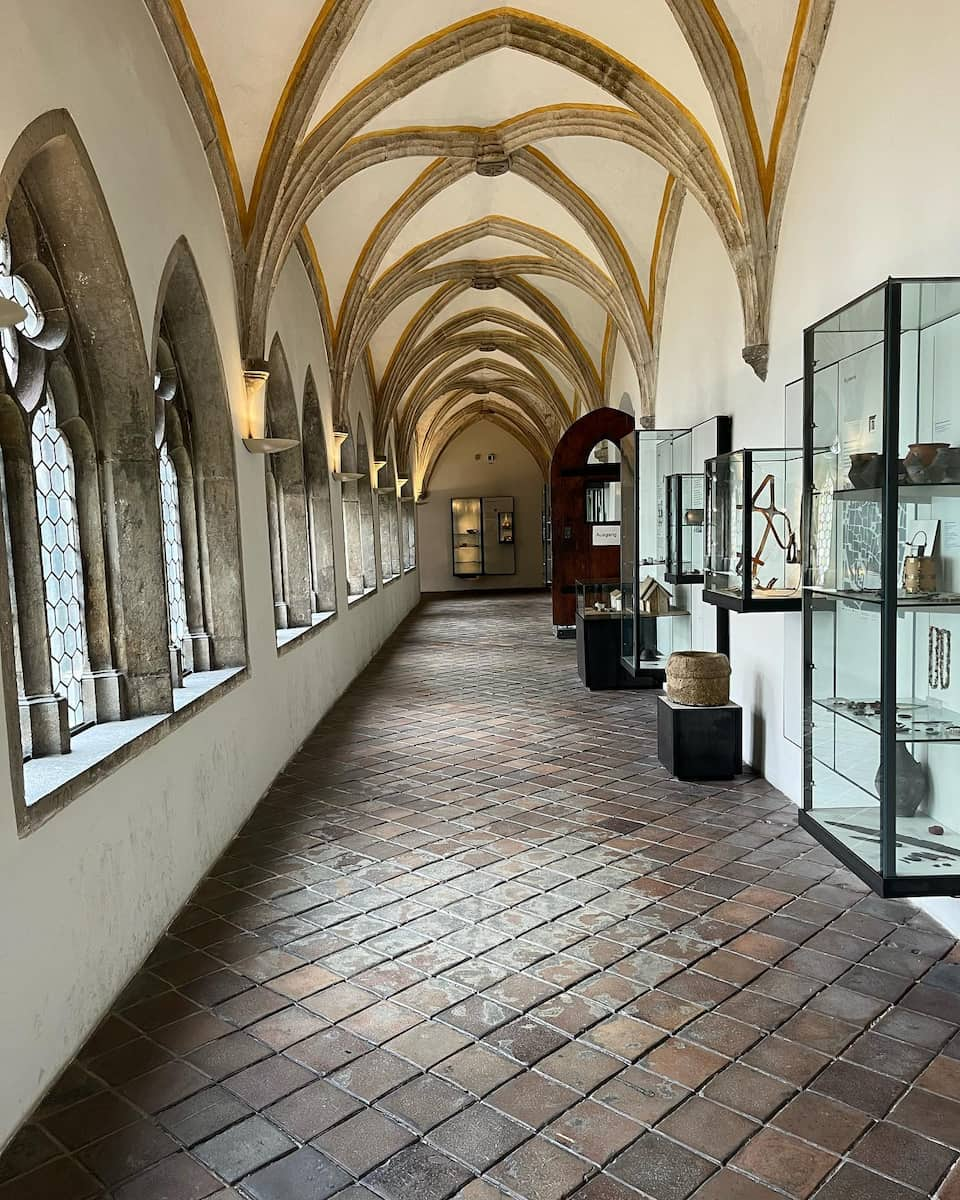
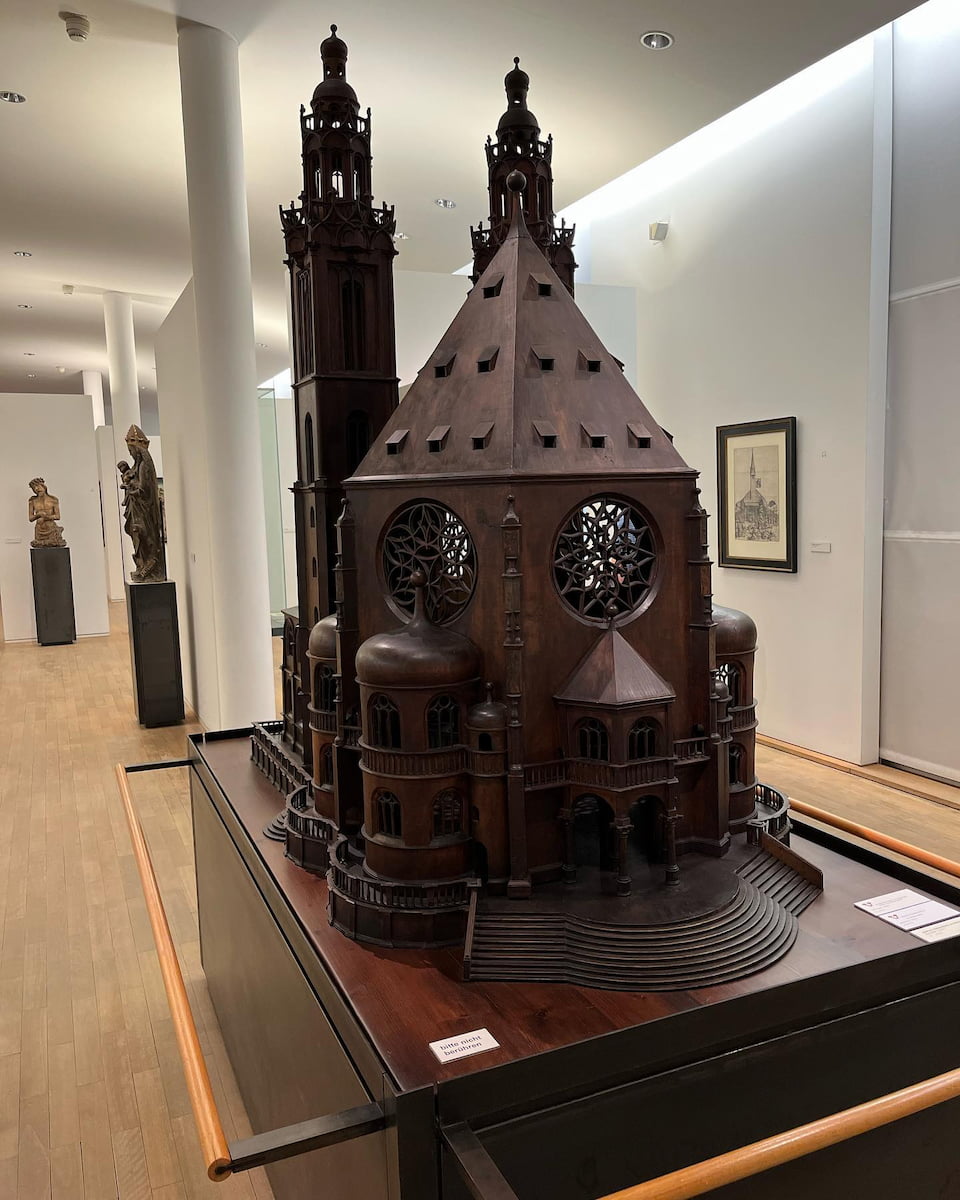
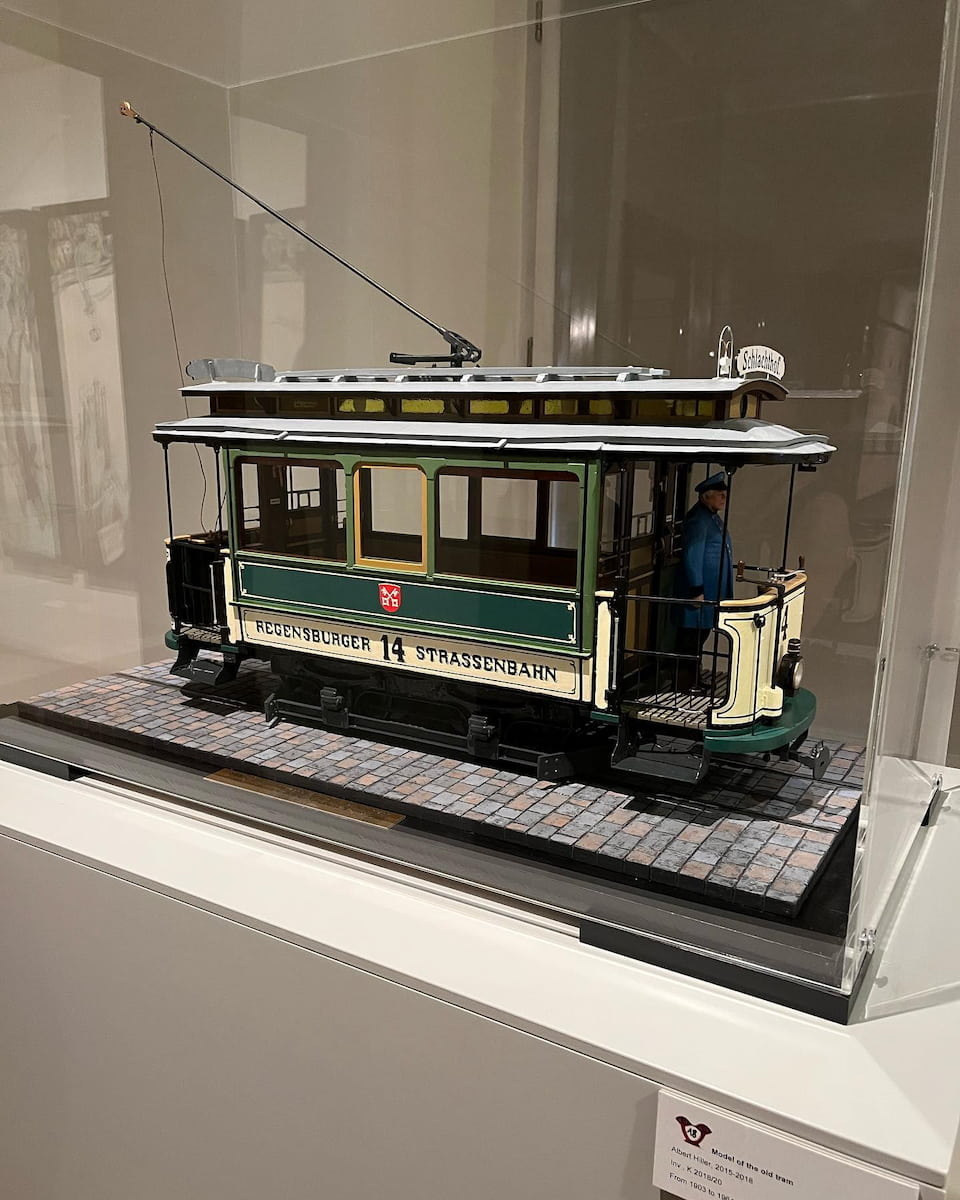
Cultural Dive: Exhibits include everything from Roman busts to medieval stone sculptures and sacred art from the 15th and 16th centuries. It’s an excellent stop for anyone interested in how this UNESCO World Heritage city developed over time.
Top Tip: Be sure to check out their Roman section with artifacts that date back to when Regensburg was one of the most important military bases on the northern frontier of the Roman Empire.
4. 🏛️ Document Niedermünster (Roman Artifacts)
Ancient Discovery: Located beneath the Niedermünster Church, this archaeological site offers one of the largest excavation areas in Germany. Here, you can explore layers upon layers of history that date back over two millennia—from Roman times through to the Middle Ages.
Roman Relics: This site is particularly fascinating for its well-preserved Roman artifacts, including remnants from when Regensburg was known as Castra Regina, a key military outpost along the Danube River. You’ll also find medieval tombs and religious relics from later periods.
Insider Tip: Access is only available via guided tours, so be sure to book ahead! It’s worth it for anyone keen on seeing how Regensburg evolved through its many historical layers.
Day Trips from Regensburg
1. 🏛️ Walhalla Memorial
Neoclassical Wonder: Perched high above the Danube River, the Walhalla Memorial is one of the most impressive landmarks near Regensburg. Built by King Ludwig I in the 19th century, this Neoclassical temple was designed to honor great figures from German history. Modeled after the Parthenon in Athens, it’s a stunning architectural feat that offers breathtaking views over the river and surrounding countryside.
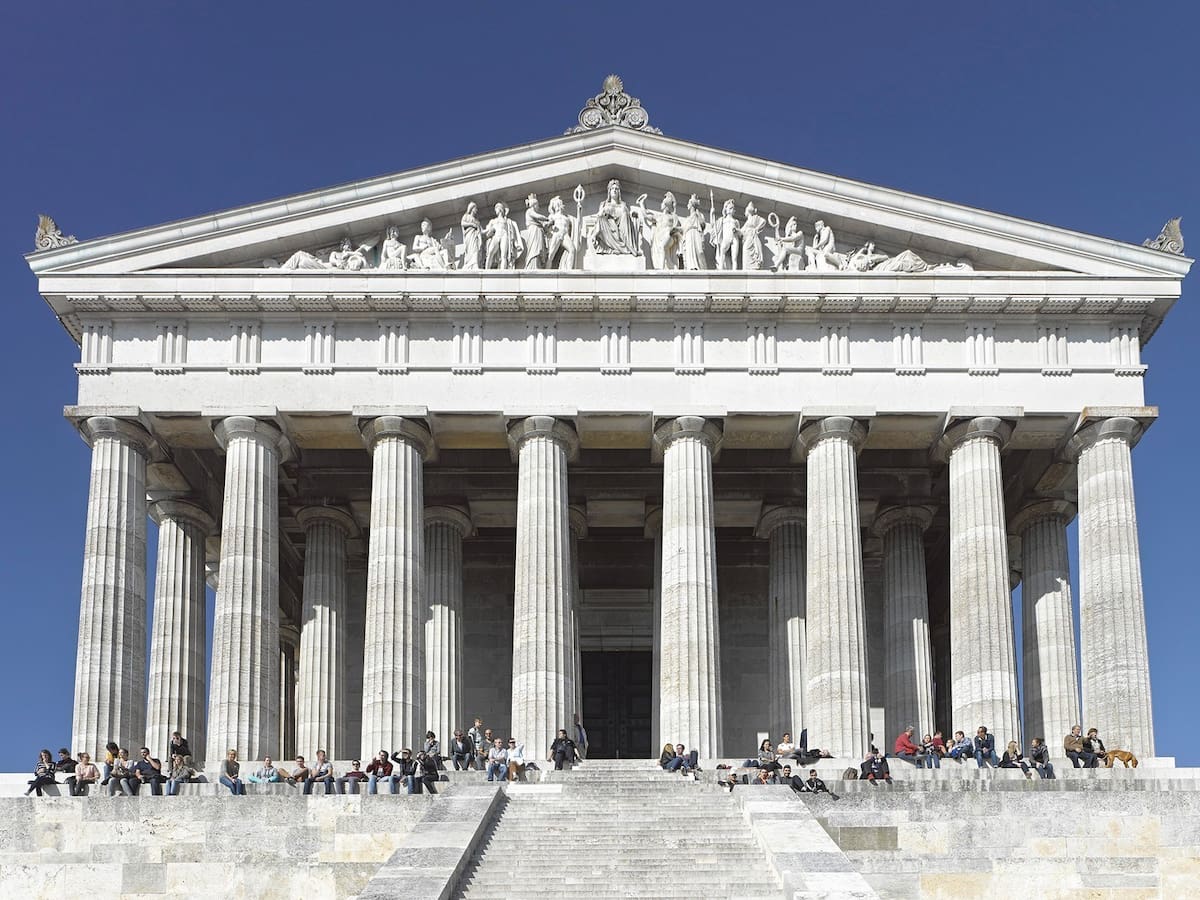
Cultural Tribute: Inside, you’ll find over 130 busts and memorial plaques commemorating influential figures like Albert Einstein, Johannes Kepler, and Ludwig van Beethoven. Walking through this grand hall feels like a journey through time, celebrating Germany’s rich cultural and intellectual heritage. It’s a must-see for history buffs and architecture lovers alike.
Top Tip: To get there, take a boat trip along the Danube from Regensburg to Walhalla—it’s a fun way to see the city from a different perspective! The climb up to the memorial is steep but well worth it for the panoramic views.
⭐ Best tour
- Regensburg: Sightseeing Boat Tour to Walhalla – Experience a comfortable boat tour from Regensburg to Donaustauf and its iconic Walhalla on the Danube River. Enjoy the beautiful scenery and learn about Regensburg’s history.
2. 🏛️ Hall of Liberation (Kelheim)
Historical Monument: Just a short trip from Regensburg lies the Hall of Liberation, an awe-inspiring rotunda located on Mount Michelsberg in Kelheim. Built to commemorate Germany’s victory over Napoleon in the Wars of Liberation (1813-1815), this monumental structure is surrounded by 18 colossal statues representing Germanic tribes.
Architectural Marvel: Inside, you’ll see 34 statues of winged goddesses of victory, along with shields commemorating key battles. The Hall’s design was inspired by ancient Roman and Renaissance architecture, making it one of the most visually striking landmarks in Bavaria.
Top Tip: After visiting the Hall of Liberation, take a boat ride through the Danube Gorge to Weltenburg Abbey, where you can enjoy a beer at one of Bavaria’s oldest monastic breweries!
⭐ Best tour
- Regensburg: Kelheim Liberation Hall – Enjoy a scenic drive to Kelheim, explore the majestic Liberation Hall, and discover the charm of the city. Experience history and stunning views in just three hours.
3. 🏰 Donaustauf Castle
Medieval Fortress: Overlooking the Danube River near Regensburg, Donaustauf Castle is a ruined hilltop fortress that dates back to the early Middle Ages. Originally built between 914 and 930 AD to protect against Hungarian invasions, it later became an important defensive structure for the region.
Historical Significance: Though much of the castle is now in ruins, it remains a popular spot for visitors who want to explore its ancient walls and enjoy panoramic views of the Danube Valley. The castle is also part of a network of walking trails that connect several historic sites around Regensburg.
Top Tip: If you’re planning to explore Regensburg’s surrounding areas, combine your visit to Donaustauf Castle with a trip to nearby Walhalla Memorial, as they’re both located within close proximity.
Where to Eat and Drink in Regensburg
1. 🍴 Historic Dining Establishments in Old Town Regensburg
Historische Wurstkuchl: Located in the heart of Old Town, this remarkable establishment is considered one of the most charming places to visit in Regensburg. Dating back to 1135, it was originally built as a construction office during the building of the Old Stone Bridge. Today, this tiny historic building connects the Old Town with Stadtamhof, making it one of the best preserved medieval dining spots around Germany.
What to Try:
- Their signature charcoal-grilled sausages, well worth a visit for any food enthusiast
- Traditional mustard made from a historical recipe that’s tried and true
- Best time to visit is during off-peak hours for a more intimate experience
Insider Tip: After your meal, cross the Old Stone Bridge to explore Regensburg’s main attraction – the medieval Old Town, known for its stunning architecture and the Regensburg Cathedral.
2. 🍺 Spitalgarten
Bavarian Tradition: The Spitalgarten, one of the most beautiful biergartens in the city of Regensburg, offers stunning views of both the cathedral and bridge in Regensburg. Located in the heart of old town, this traditional establishment has been serving guests since medieval times.
What to Experience:
- Traditional Bavarian cuisine in one of the largest cities’ oldest establishments
- Perfect spot to visit the Old Town Hall after your meal
- Spectacular views of Regensburg’s best places while dining
Insider Tip: Combine your visit with a trip from Regensburg to Walhalla – the biergarten makes an excellent starting point for this popular excursion.
3. ☕ Cafes Around Haidplatz Square
Historic Atmosphere: As you explore Regensburg’s medieval charm, the cafes surrounding Haidplatz Square offer a perfect blend of history and hospitality. Visit Document Niedermünster nearby, or stop by the Regensburg Museum of Danube Shipping after your coffee break.
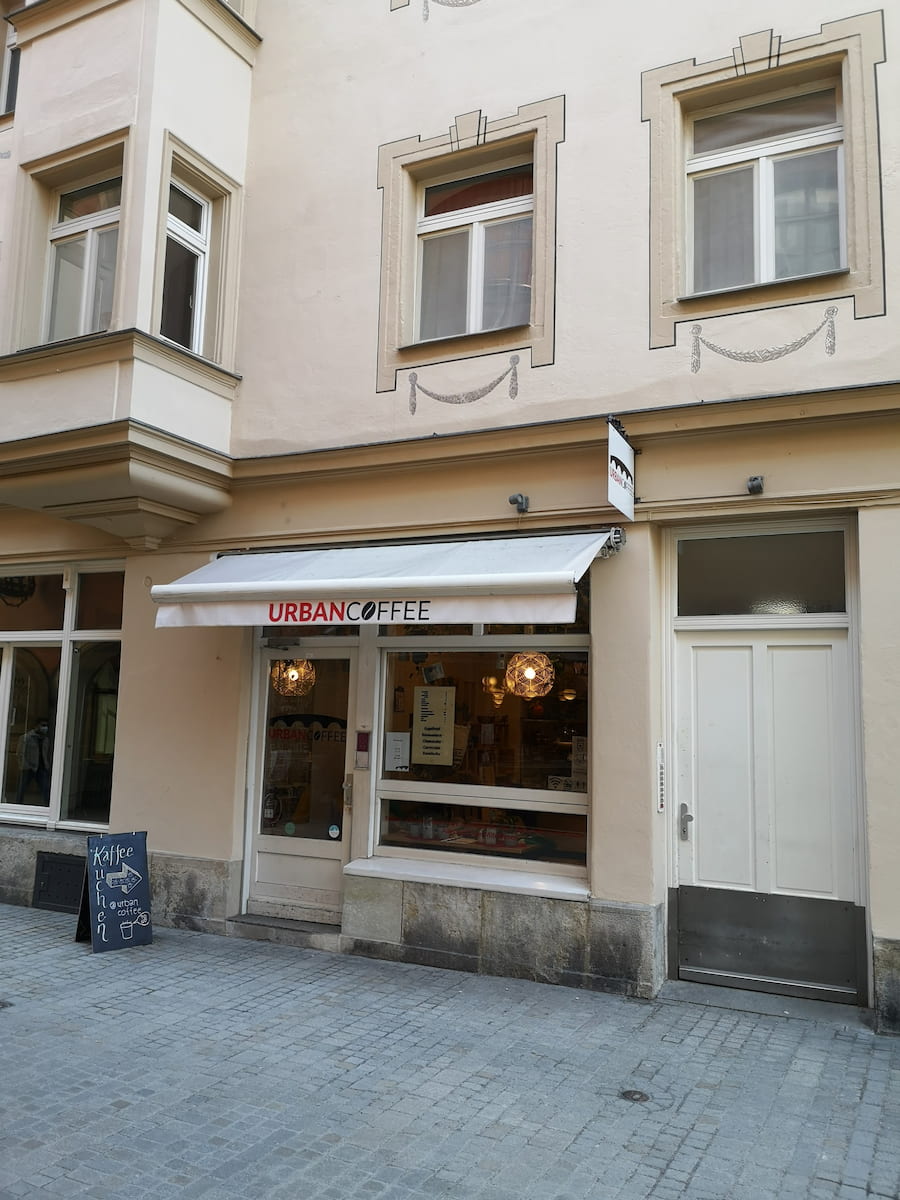
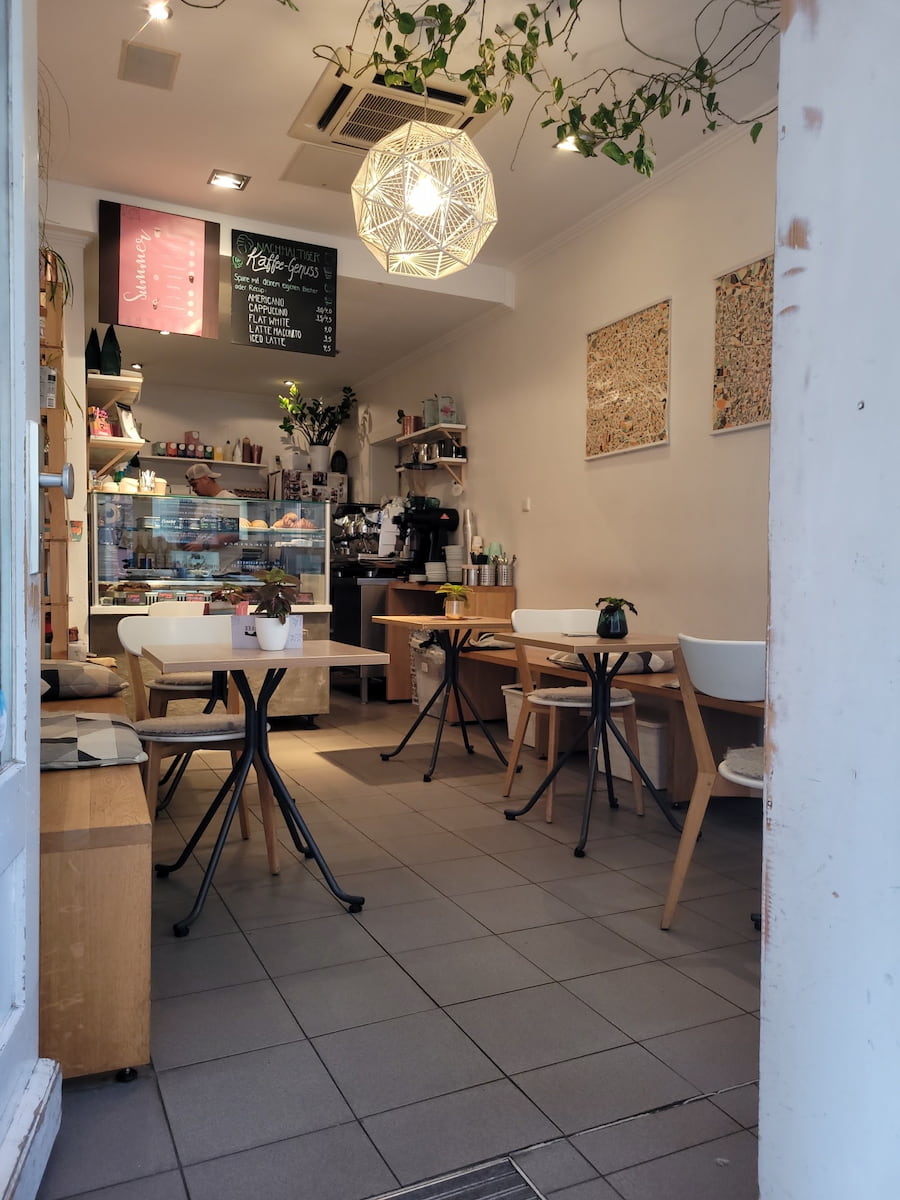
Popular Spots:
- Traditional cafes in the best preserved medieval square
- Perfect places to stay and watch the world go by
- Walking distance to the torture chamber in the Old Town Hall
Insider Tip: The square is particularly charming during the warmer months when outdoor seating allows you to enjoy your meal while taking in the medieval architecture of one of the most beautiful old towns in Bavaria.
Practical Tips for Visiting Regensburg
🚶♂️ Transportation & Accessibility in Regensburg
Public Transport: Regensburg offers excellent public transportation options centered around the Old Town. The main bus stop “Altes Rathaus” is conveniently located just 100 meters from Tourist Information, making it an ideal starting point for your explorations. For a more leisurely introduction to the city, catch the charming tourist train (Bimmelbahn) at the Cathedral for a 45-minute guided tour with audio commentary available in six languages.
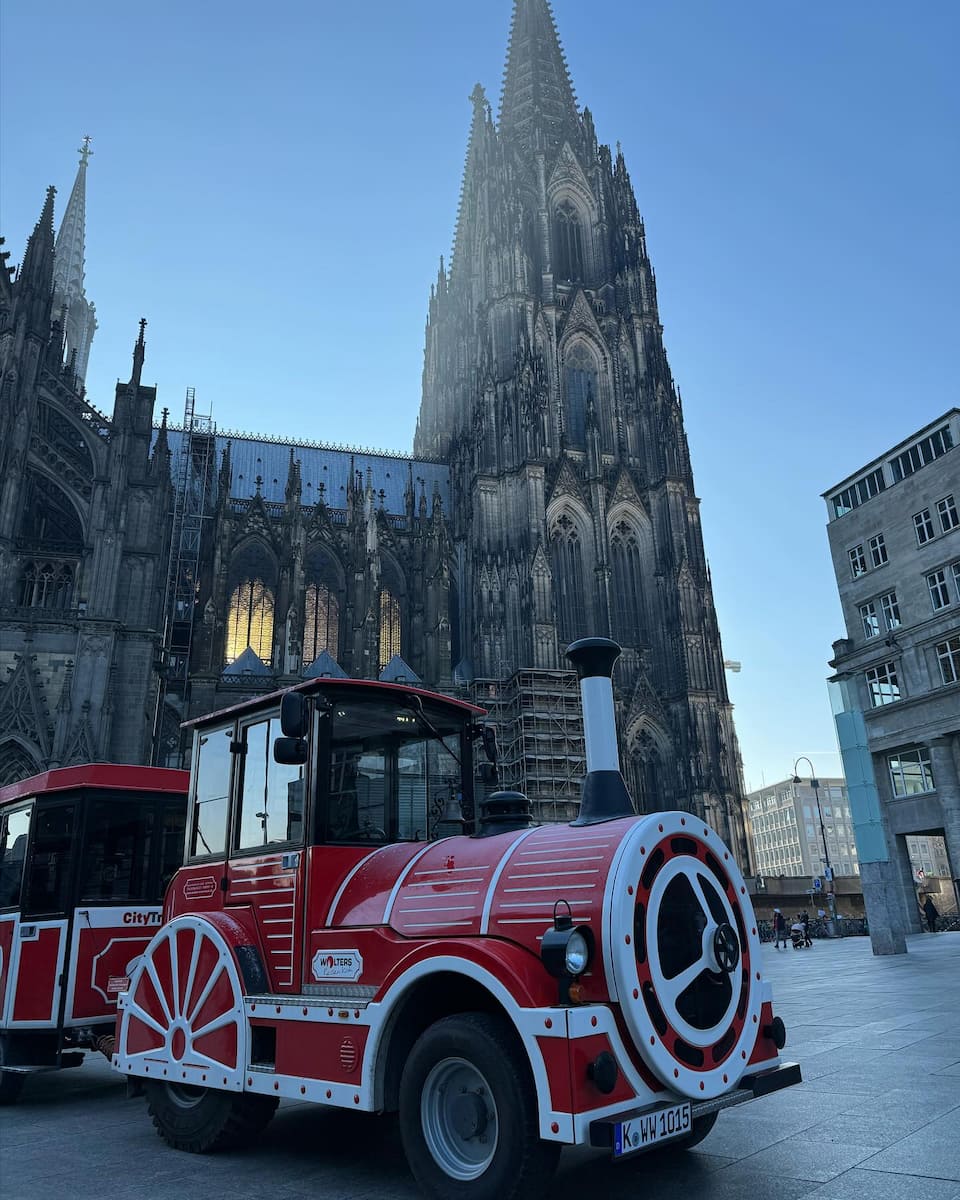
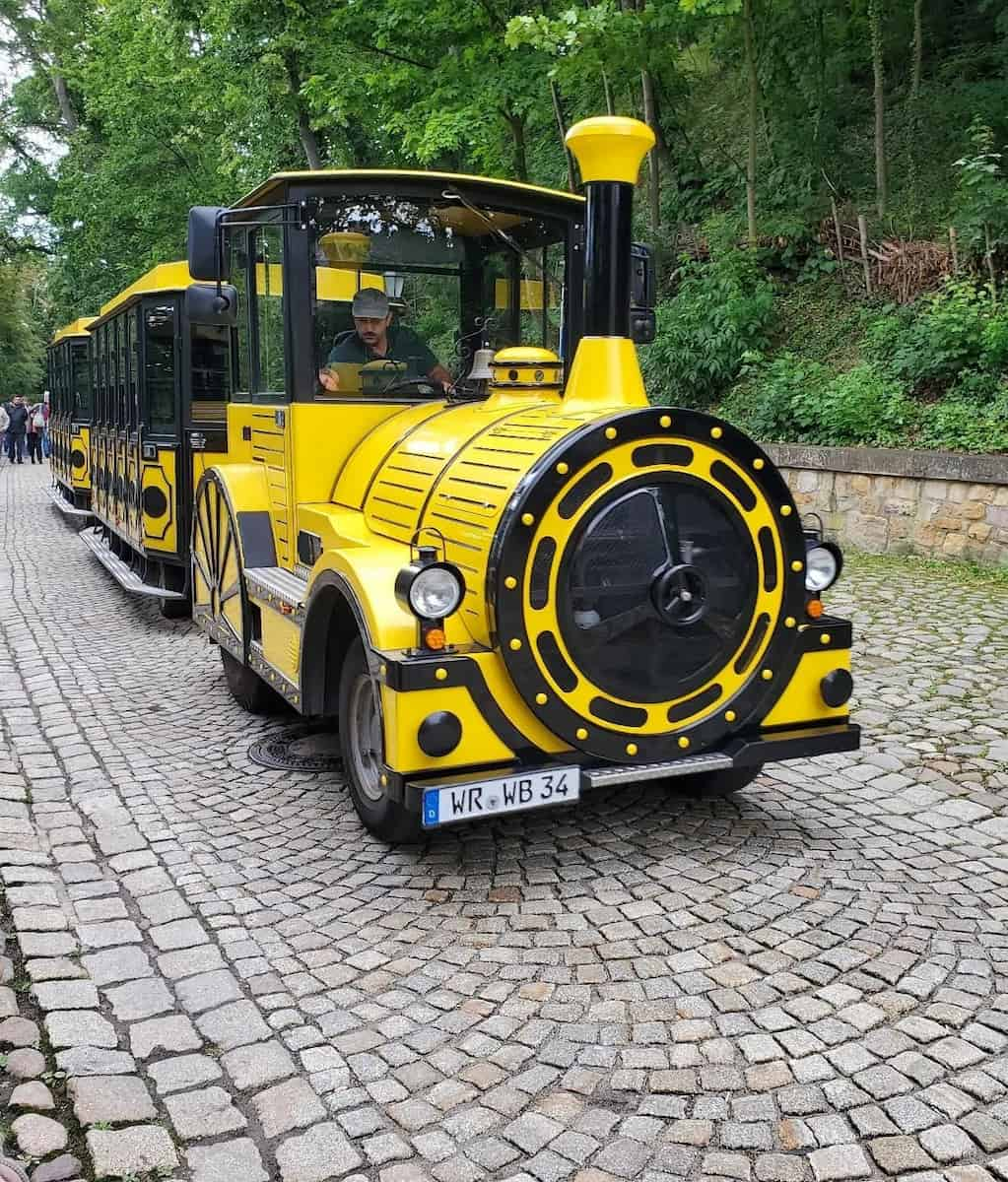
Walking Tours:
- Guided city tours available through the Old Town
- Special inclusive tours with sign language interpretation
- Maximum group size of 15 people for accessibility tours
- Tours last approximately 1-1.5 hours
🌞 Best Time to Visit
Peak Season: Summer months from May through September offer ideal conditions for exploring Regensburg. With temperatures ranging from 19-25°C (66-77°F) and extended daylight hours, this is perfect weather for outdoor activities and enjoying the city’s famous biergartens. However, be prepared for larger crowds during these months.

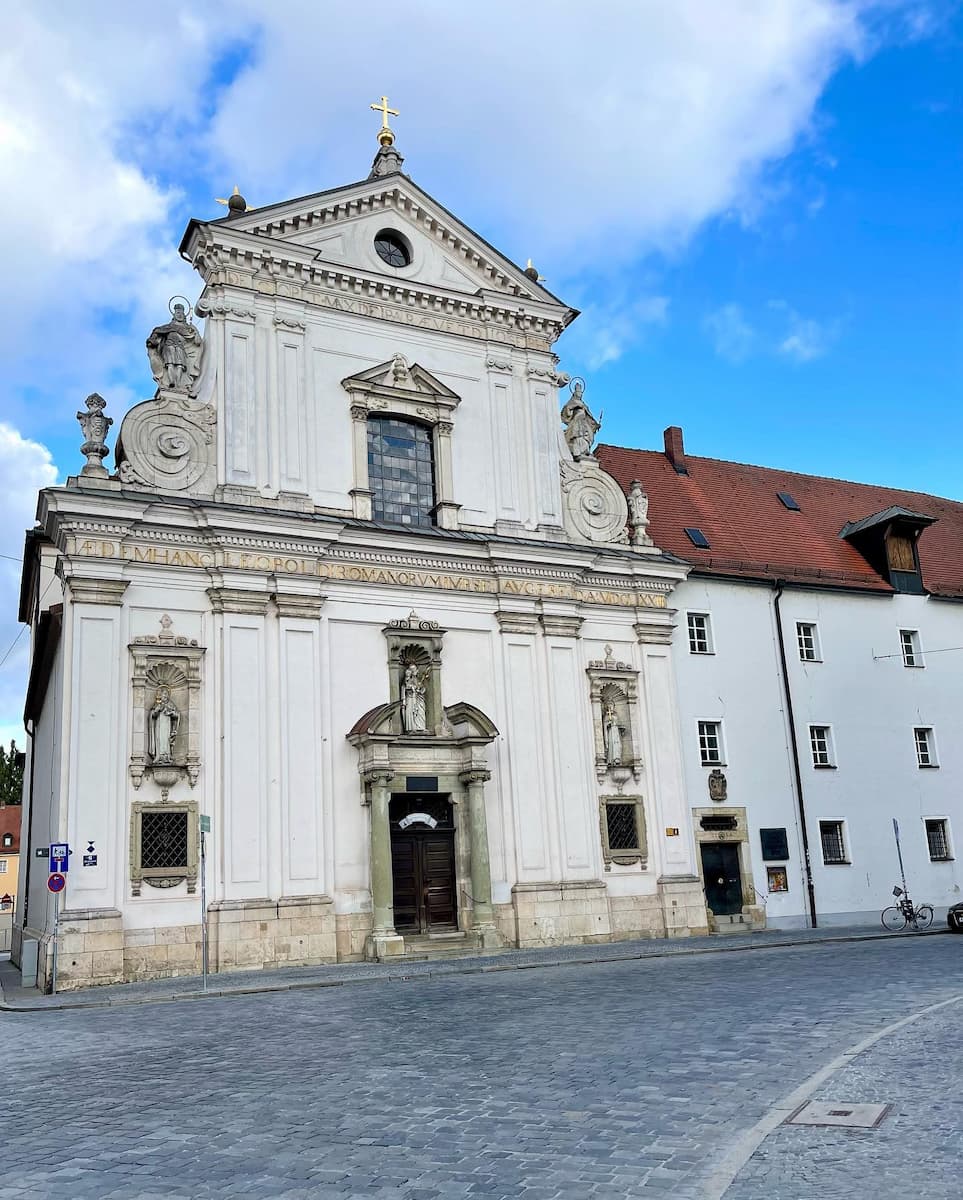
Shoulder Season: April and October present a sweet spot for visitors seeking a more relaxed experience. Temperatures remain comfortable between 7-16°C (45-61°F), and fewer tourists mean you can explore attractions at your own pace. These months are particularly good for photography and indoor activities.
Winter Season: The period from November through March transforms Regensburg into a winter wonderland. Despite temperatures dropping to between -2°C and 4°C (28-39°F), the city comes alive with Christmas markets and festive celebrations. The snow-dusted medieval architecture creates a magical atmosphere unique to this season.
♿ Accessibility Tips
Tourist Services: The Tourist Information center exemplifies Regensburg’s commitment to accessibility. The facility features automatic doors, an electric lift, and a lowered counter with an induction system. Staff are trained to assist visitors with various needs, and information is available in both plain language and sign language.
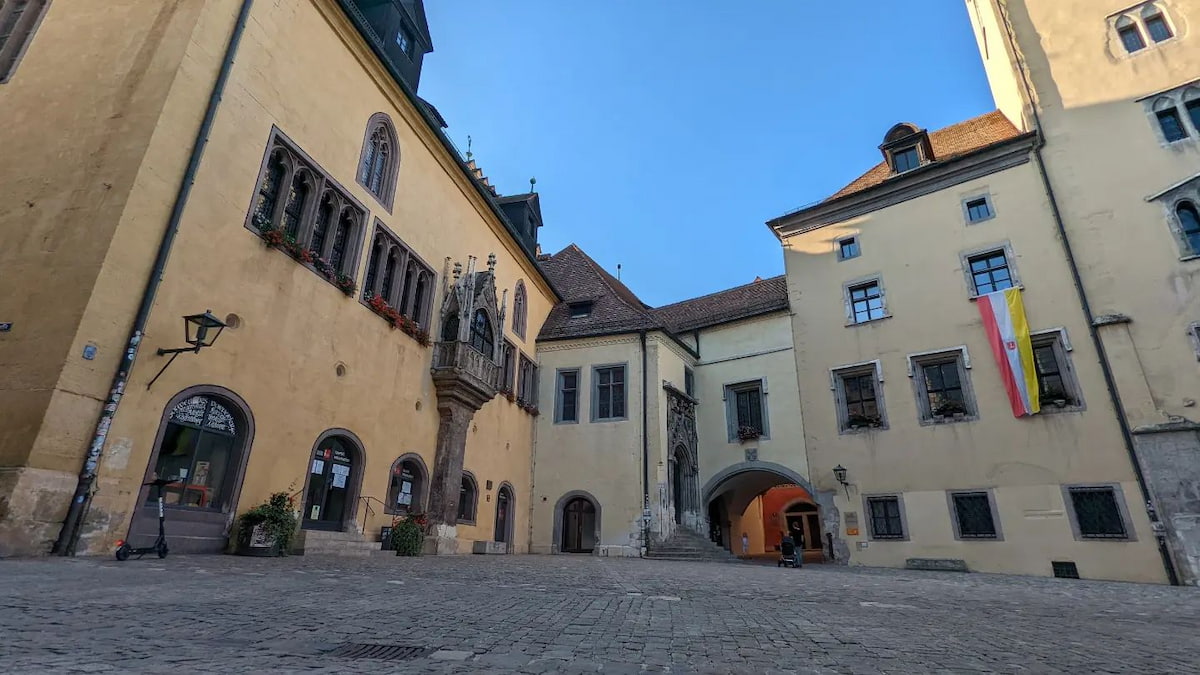
Planning Tips:
- Book accessible tours in advance
- Request hotel pickup and drop-off when available
- Consider visiting during shoulder season for fewer crowds
- Use the “Barrier-free through Regensburg” guidebook available at Tourist Information
Getting Around: The city’s public transport system is well-equipped for visitors with mobility needs. Buses and trains feature wheelchair access, and many restaurants and cafes throughout the Old Town have been modified to ensure barrier-free entry. Special attention has been paid to maintaining accessible pathways between major attractions while preserving the medieval character of the streets.
❓ FAQ
How long should I spend in Regensburg?
For the best experience exploring one of the most beautiful and largest cities in Bavaria, plan to spend at least 2-3 days in Regensburg. This will give you enough time to visit the Old Town Hall, cross the Old Stone Bridge, and discover hidden gems while avoiding tourist rushes.
What’s the best way to get around Regensburg?
The city center is highly walkable and connects the Old Town with Stadtamhof via pedestrian-friendly streets and bridges. While public transportation is available, walking is considered one of the most charming ways to explore Regensburg’s medieval old town.
When is the best time to visit Regensburg?
Summer (June-August) offers pleasant weather and longer days, making it one of the most beautiful times to explore the city’s outdoor attractions and biergartens. Winter (November-December) is also magical when the Christmas markets transform the heart of Old Town into a festive wonderland.
Are guided tours worth it?
Guided tours are well worth a visit as they provide deep insights into Regensburg’s rich history and include access to places like the torture chamber in the Old Town Hall. Local guides can show you places to stay and hidden spots that most tourists might miss.
What are the must-try local experiences?
Try one of the traditional restaurants near the Old Stone Bridge, particularly the historic Wurstküchl, which is considered one of the oldest continuously operating restaurants in the world. The area around the bridge in Regensburg is also perfect for experiencing local culture and watching sunset over the Danube.
How accessible is Regensburg for visitors with mobility concerns?
While Regensburg is a best preserved medieval city, many main attractions have been made accessible with ramps and elevators. The Tourist Information center can provide a special “barrier-free” guide to help plan your visit to Regensburg’s major sites.
Can I do day trips from Regensburg?
Yes, Regensburg is also an excellent base for exploring nearby attractions, with popular excursions from Regensburg to Walhalla being one of the most recommended. The city’s central location makes it perfect for exploring other destinations around Germany.
